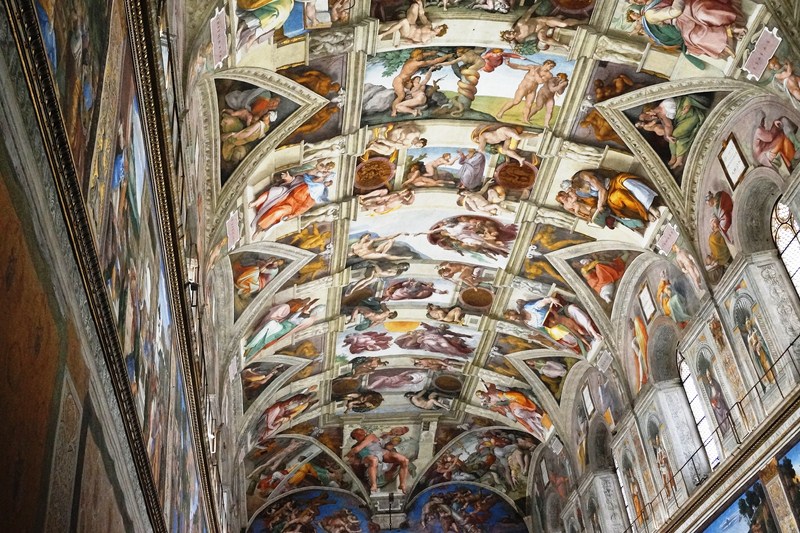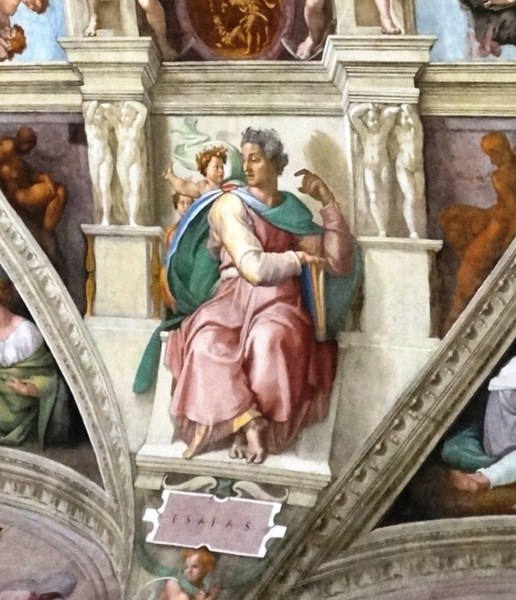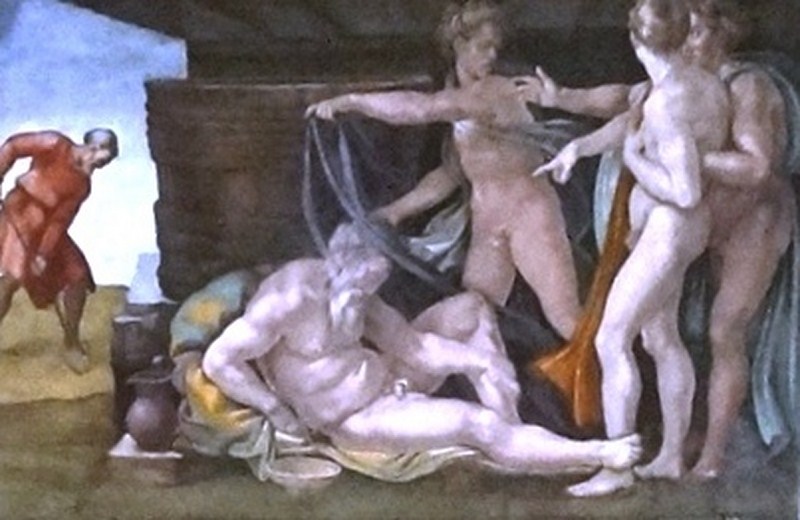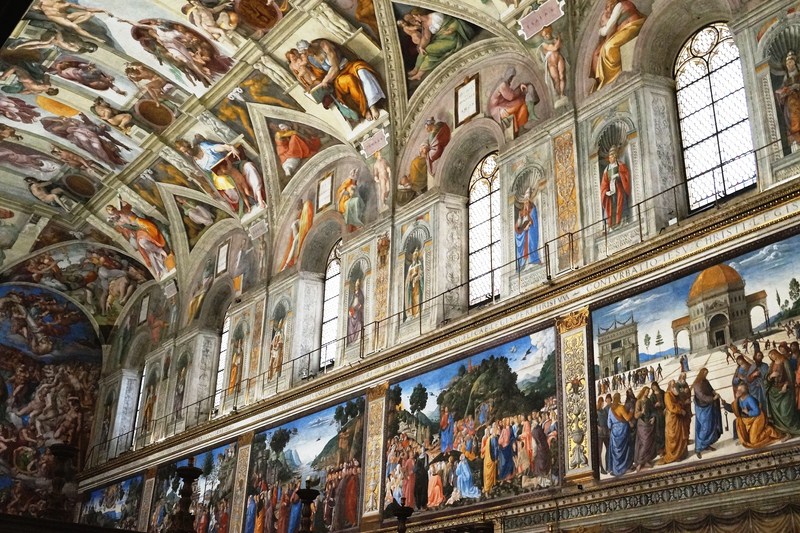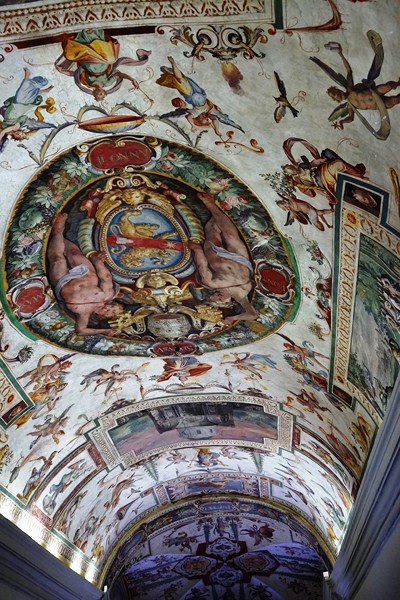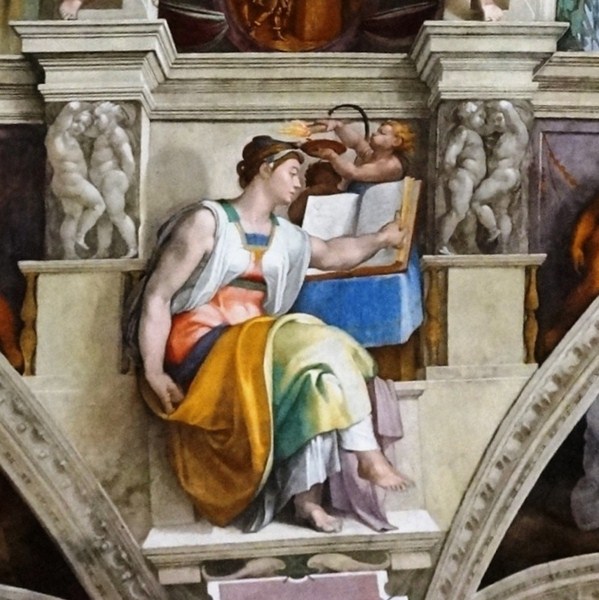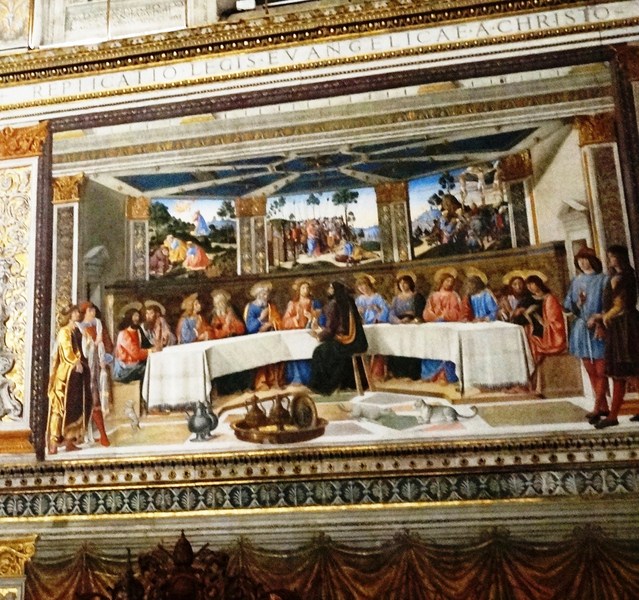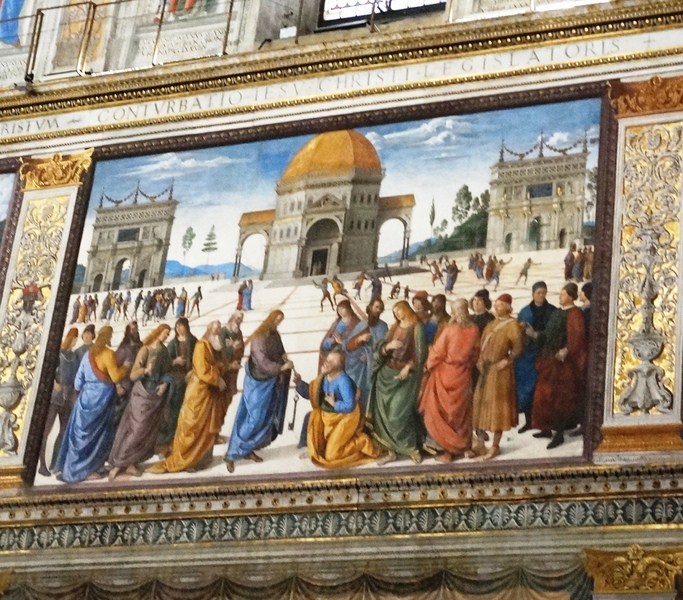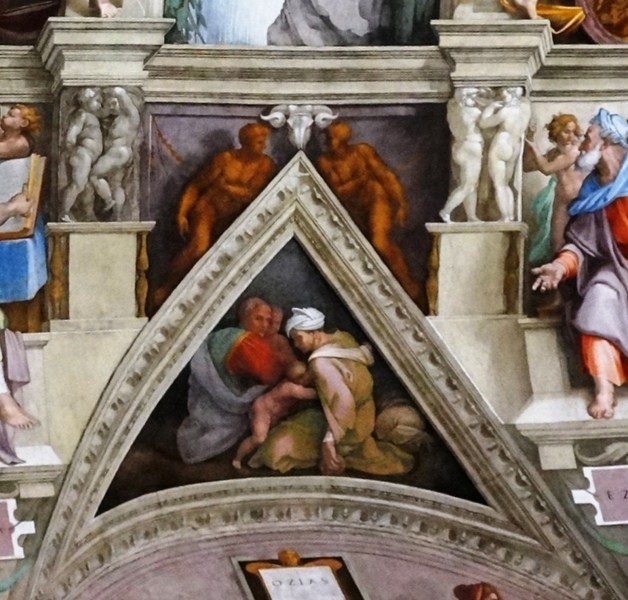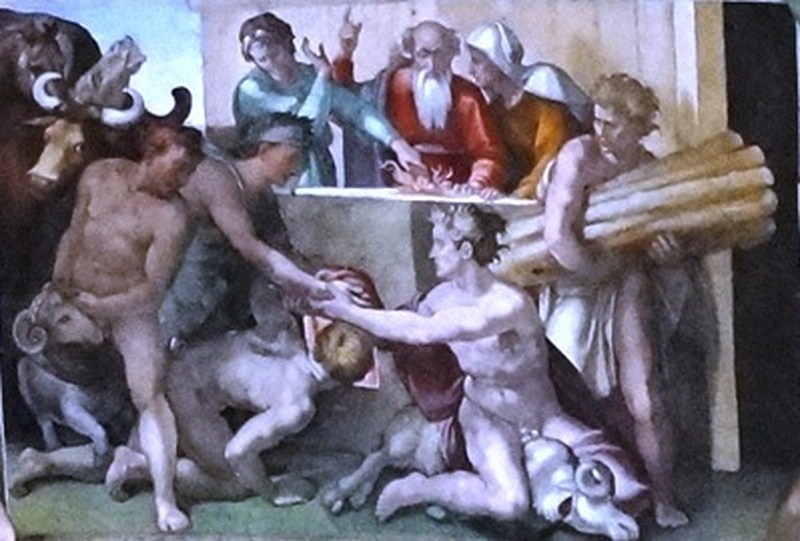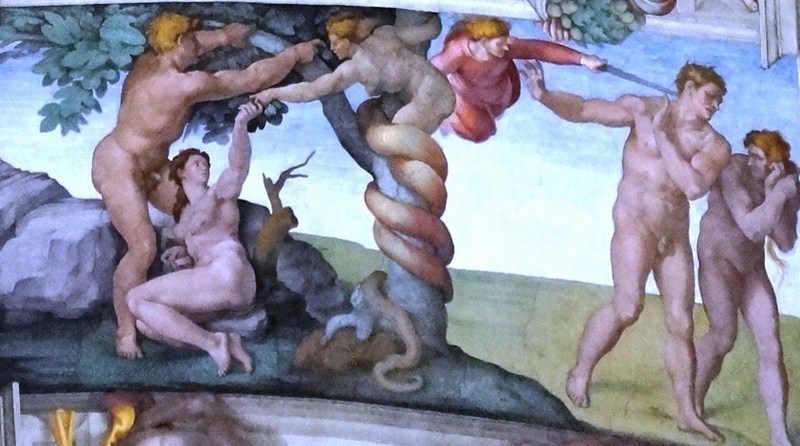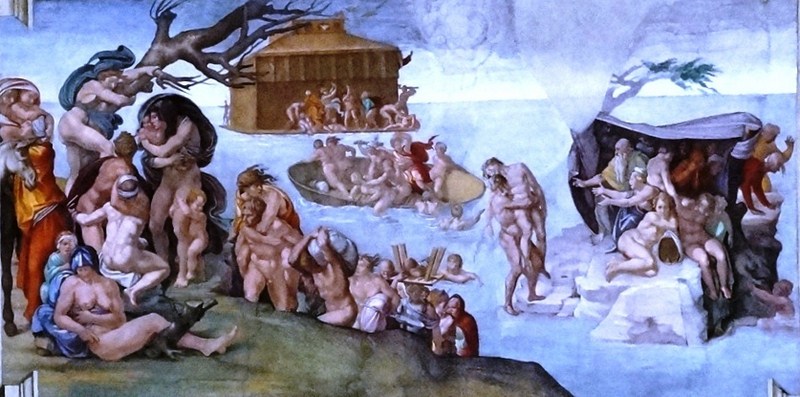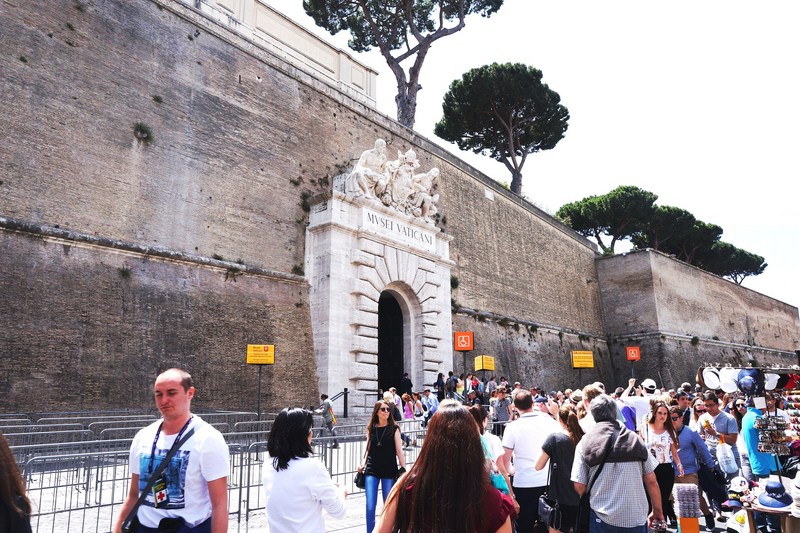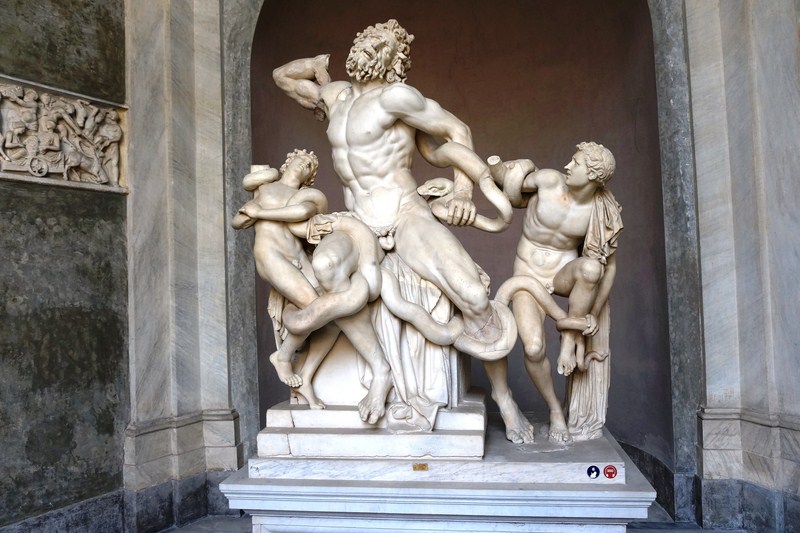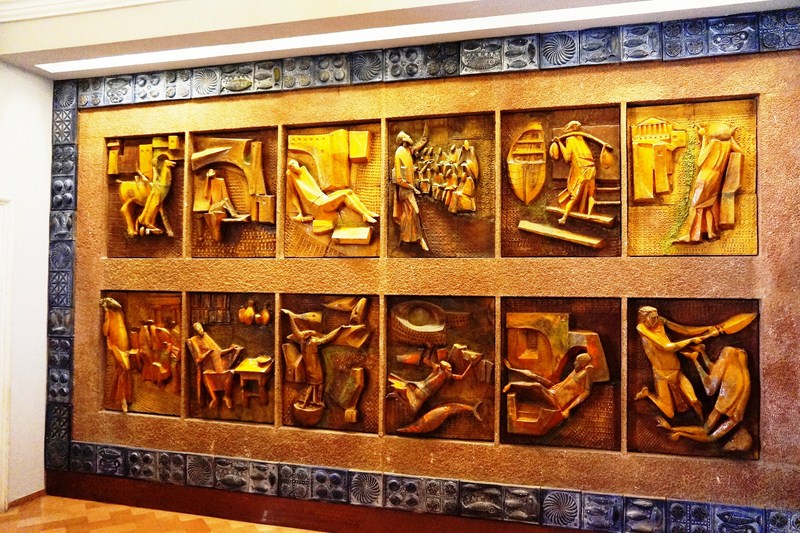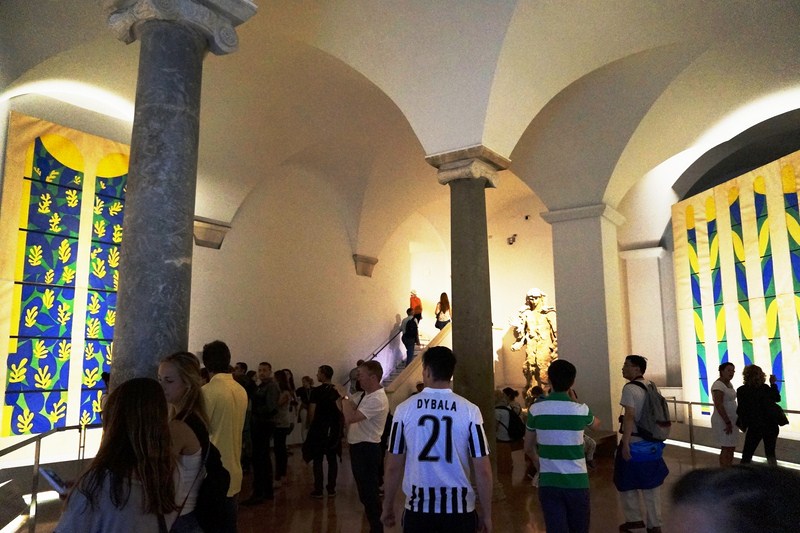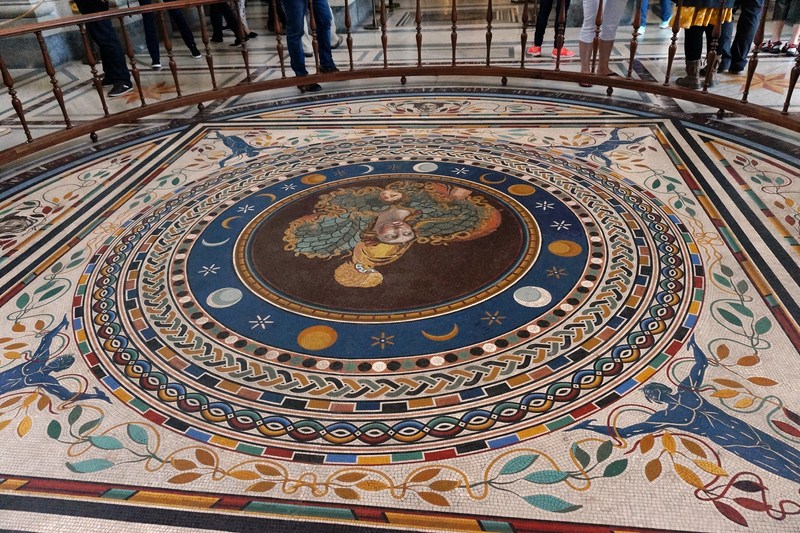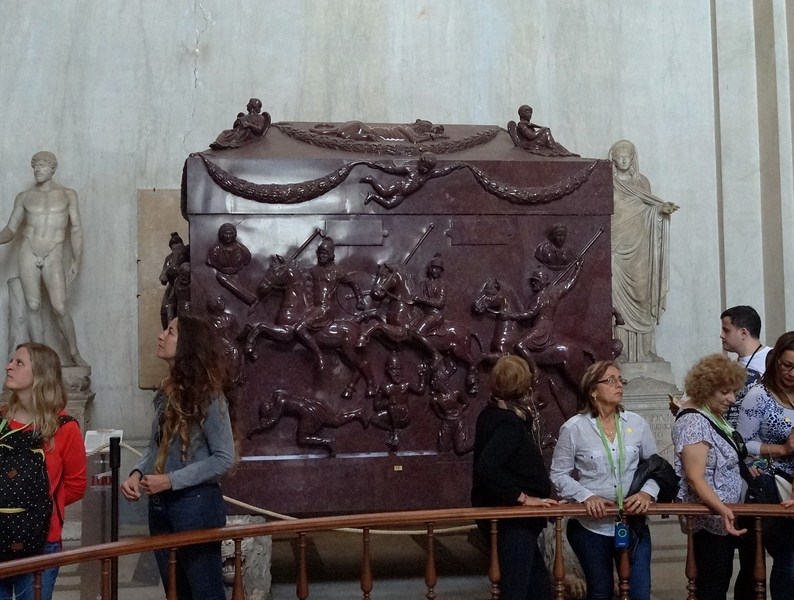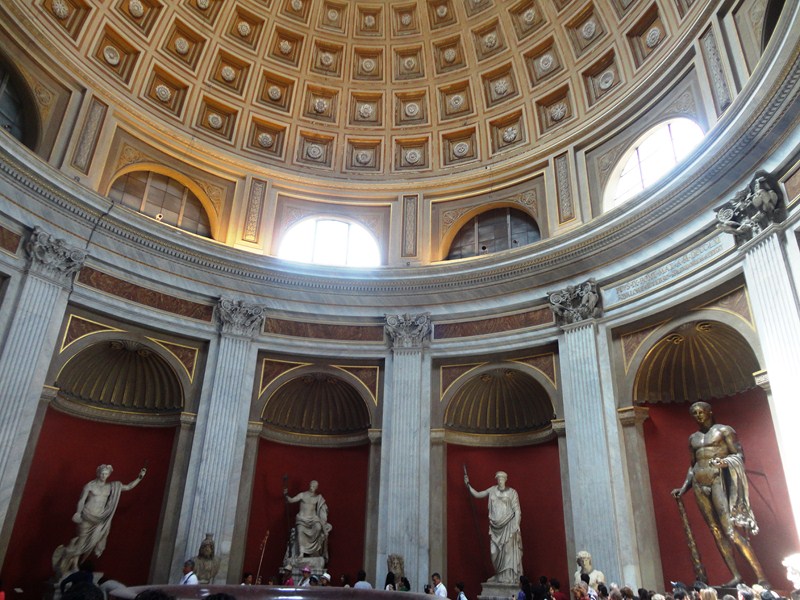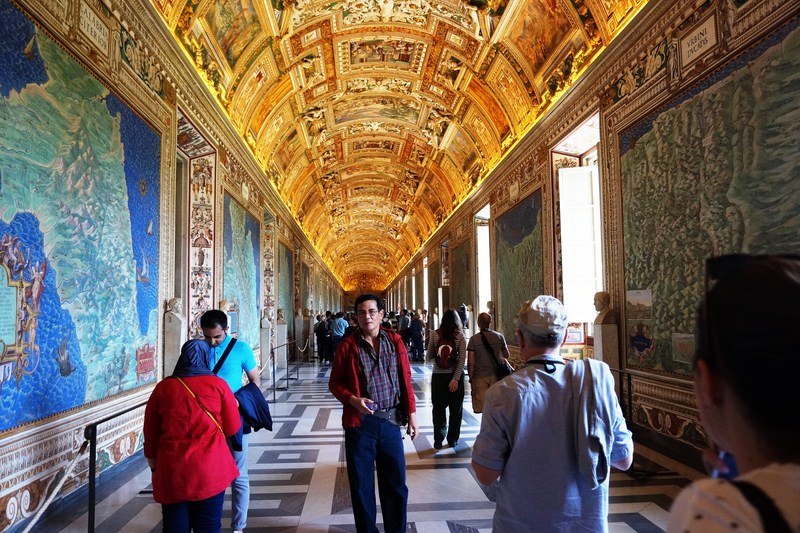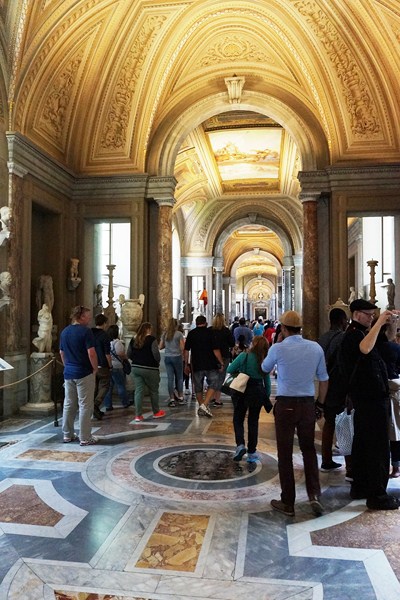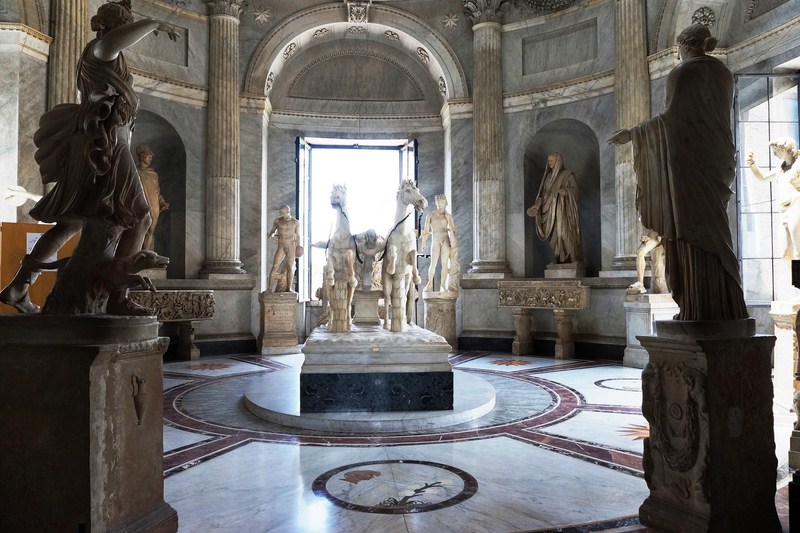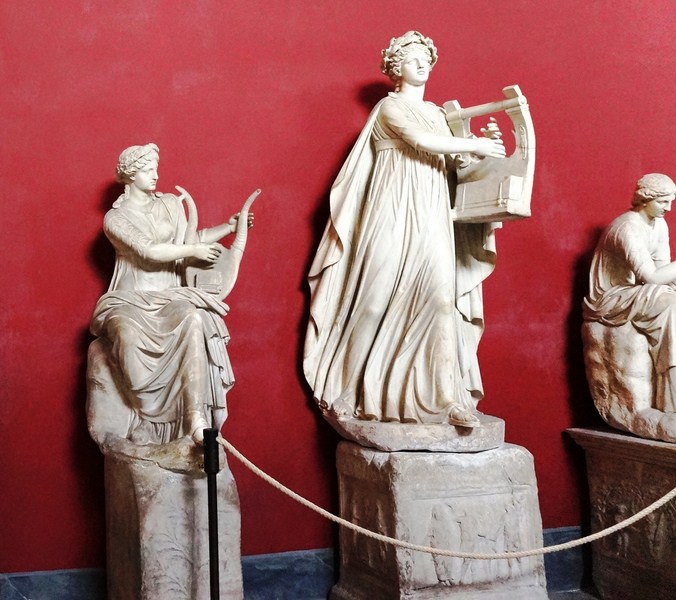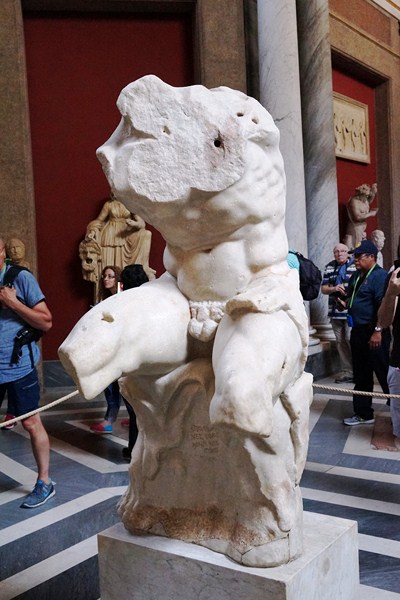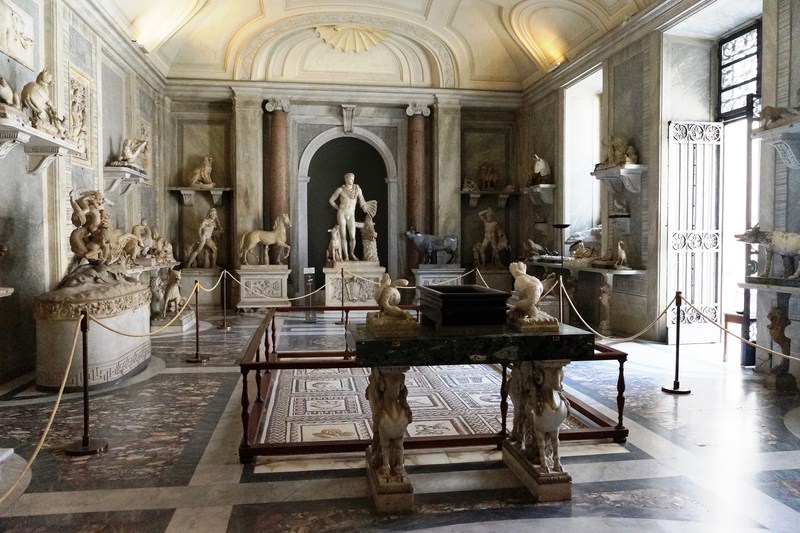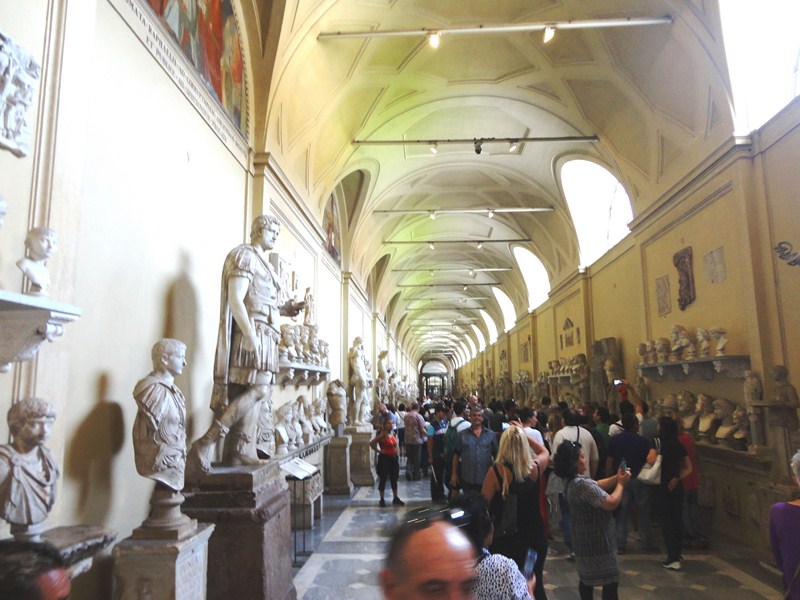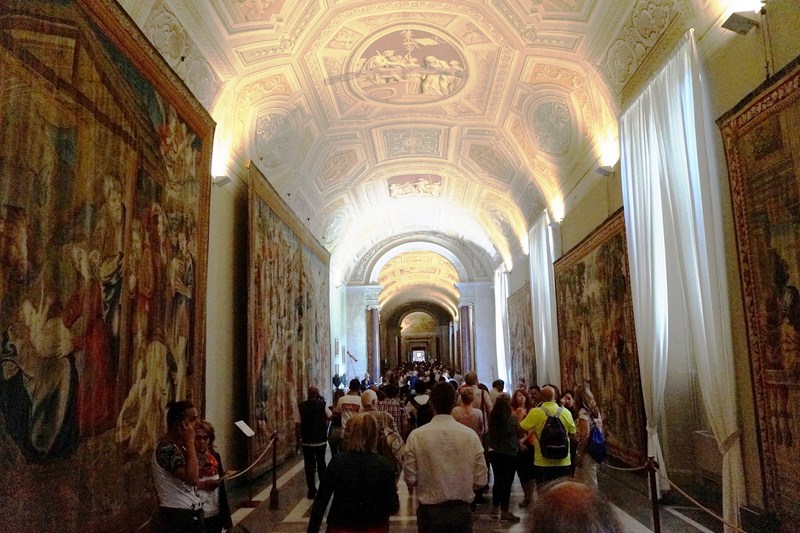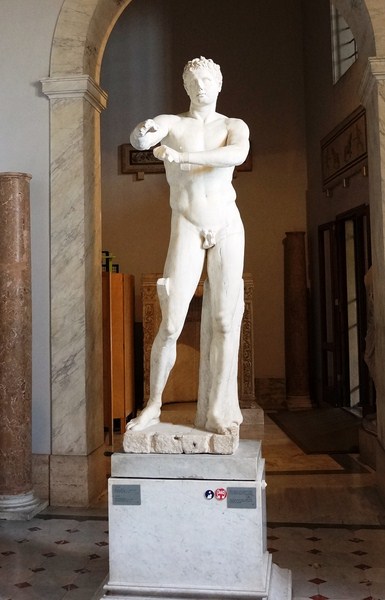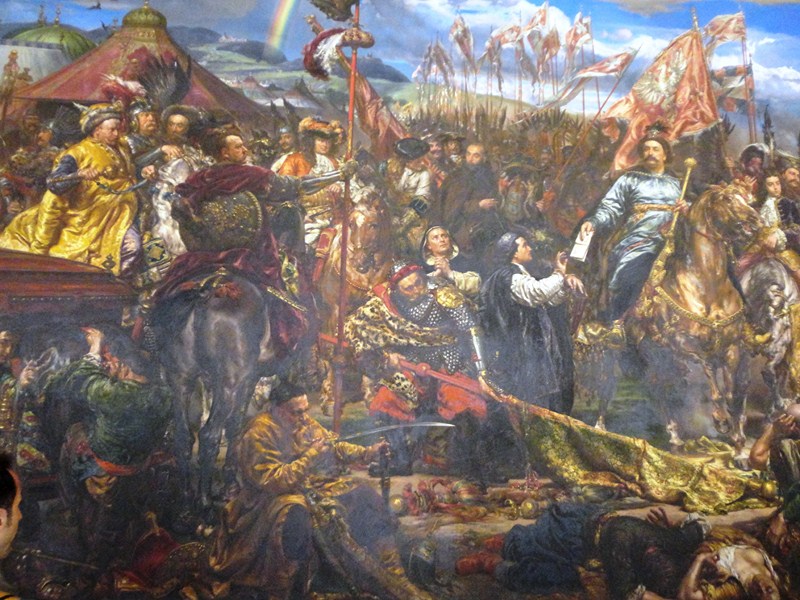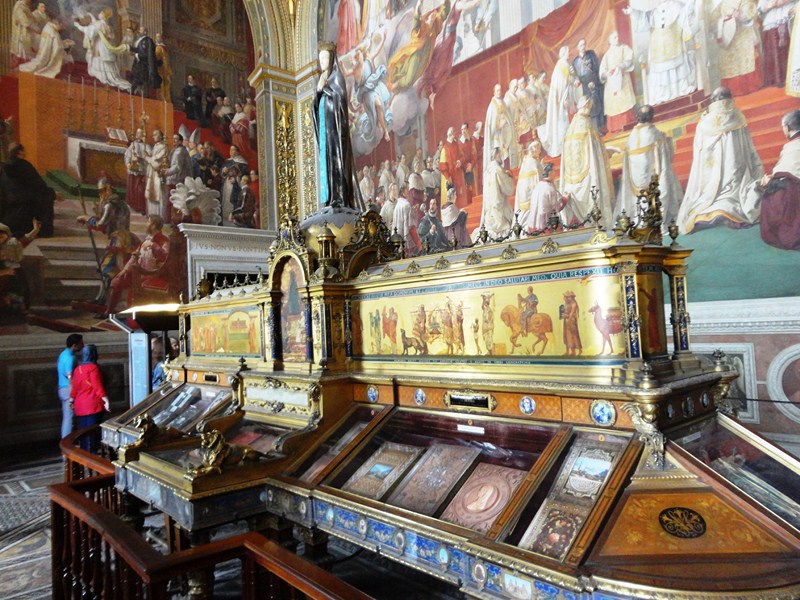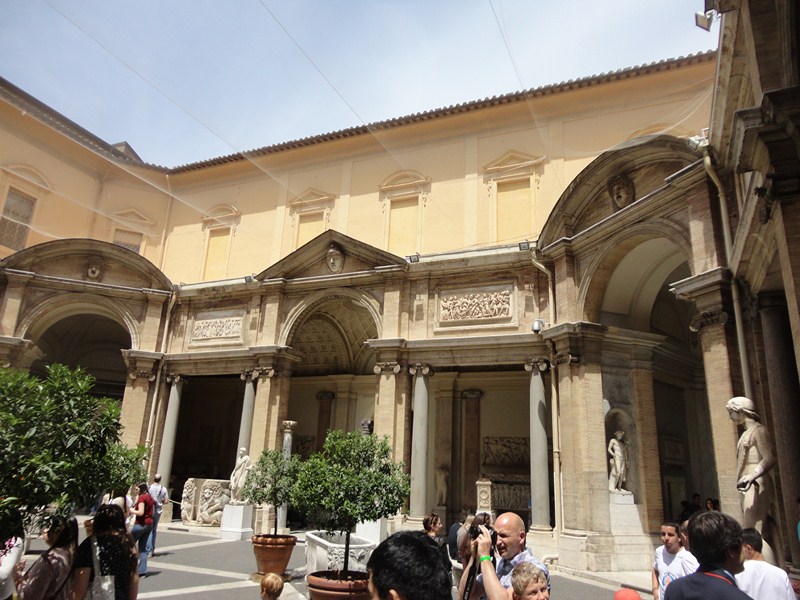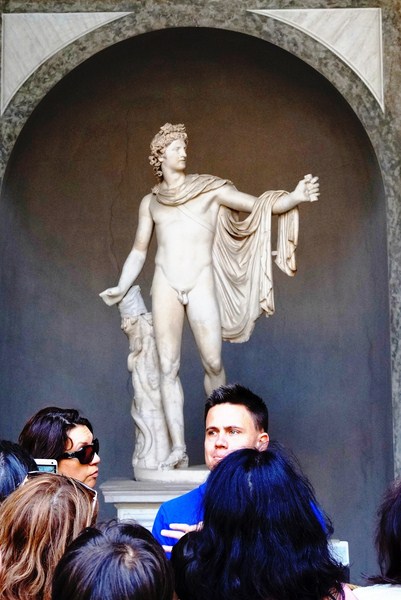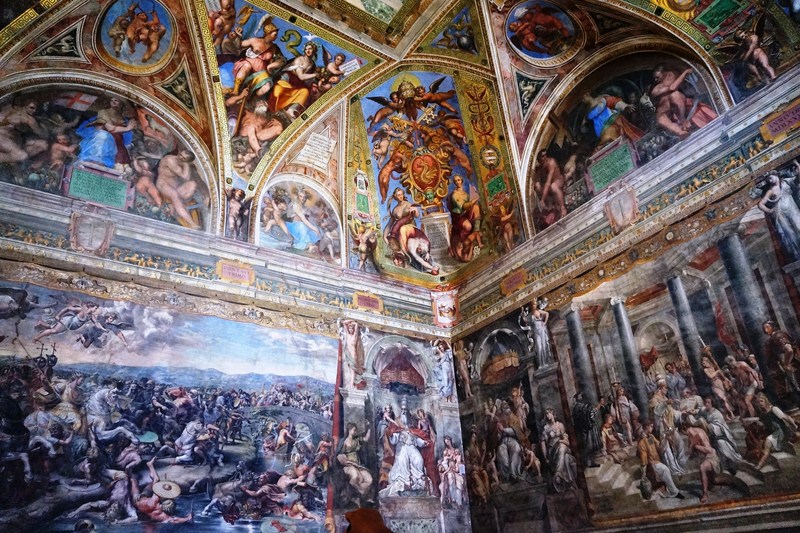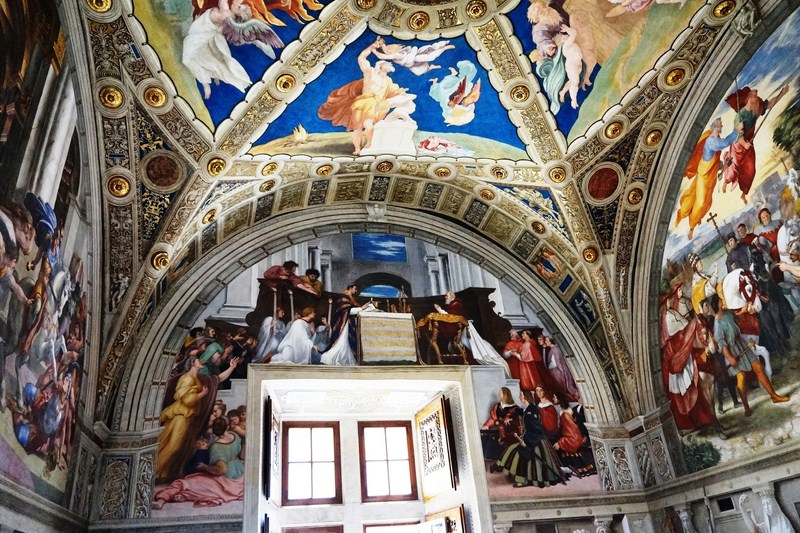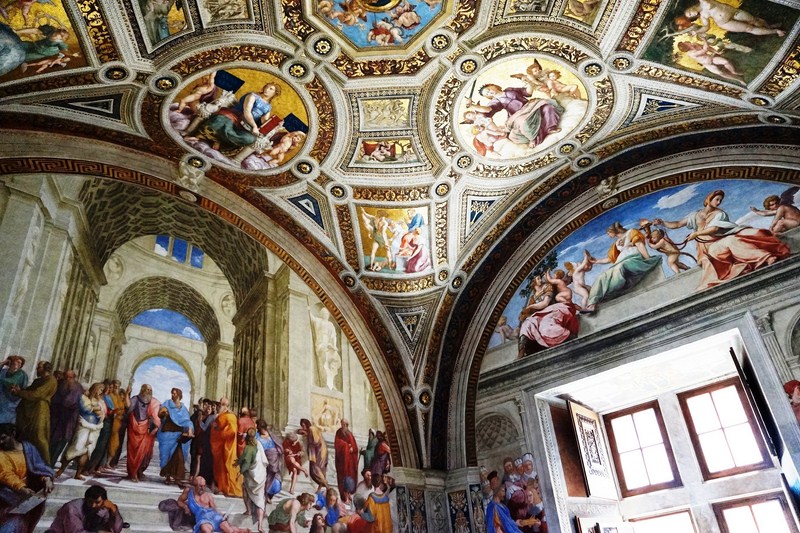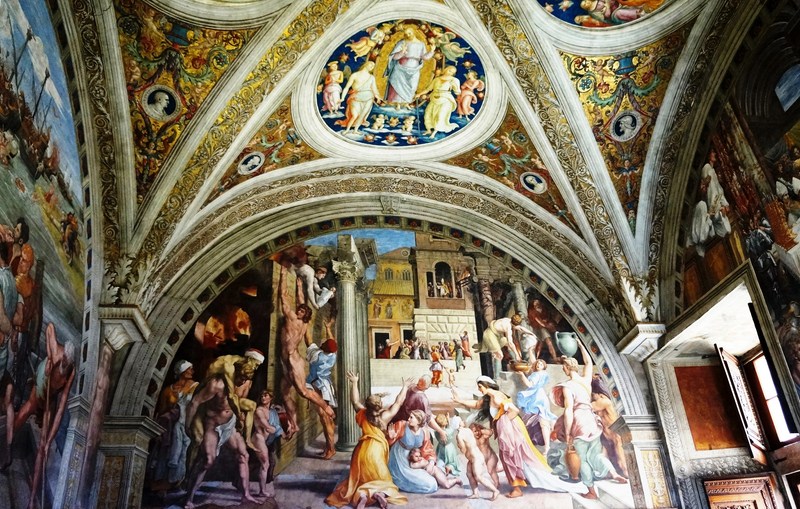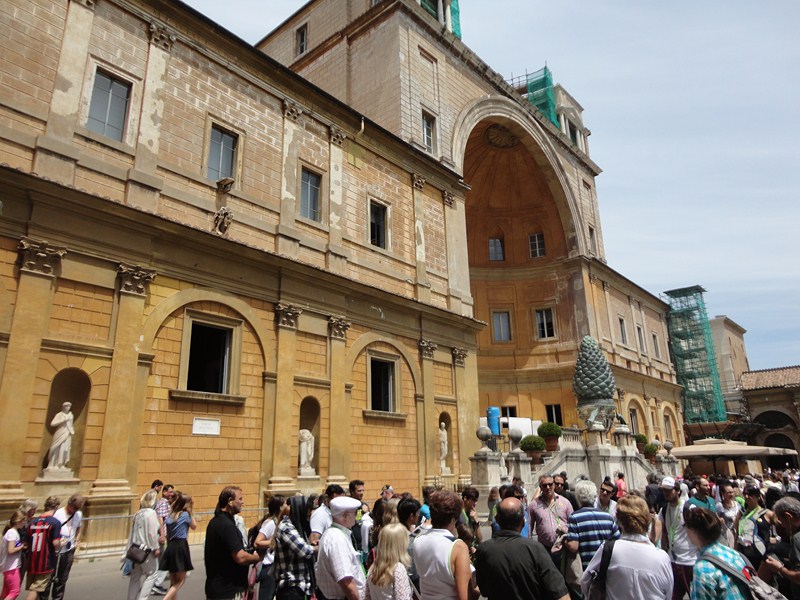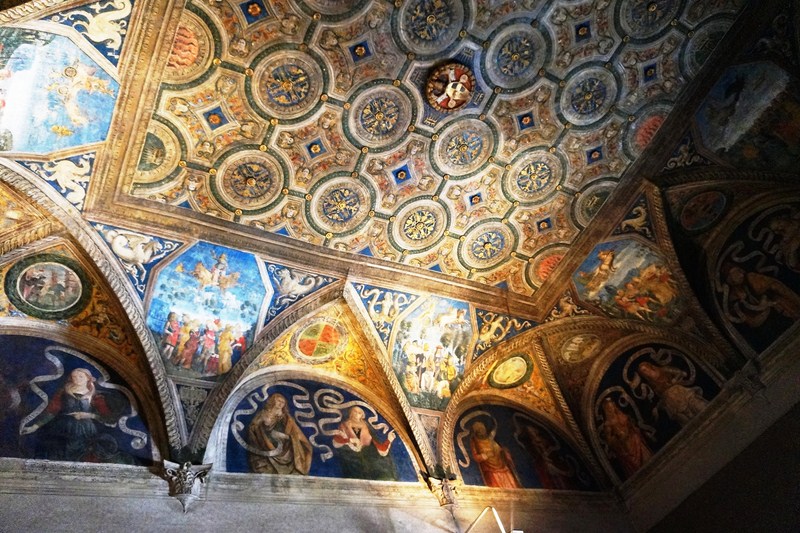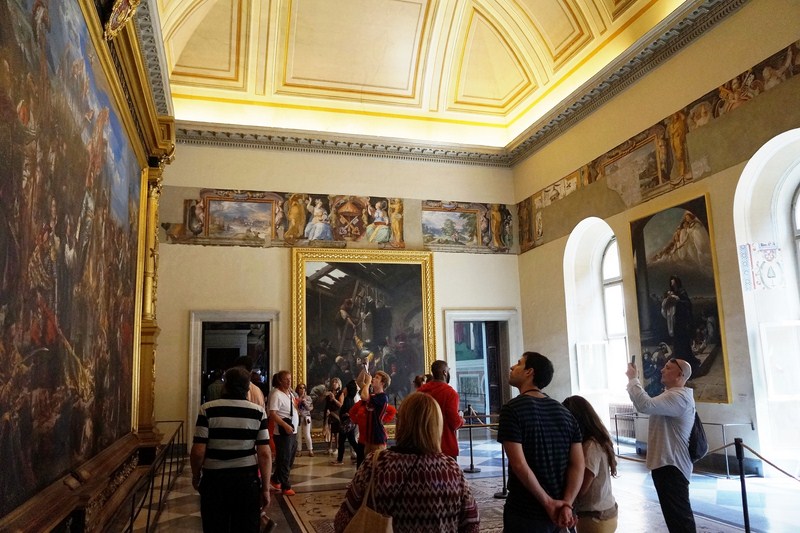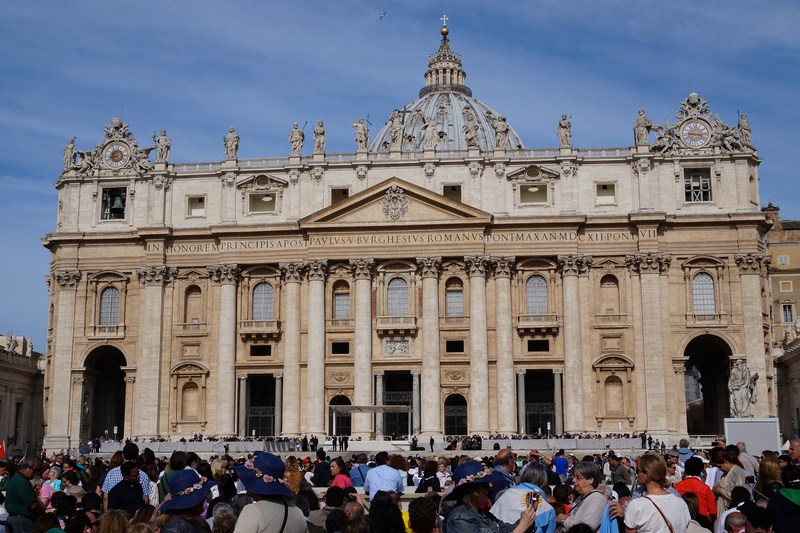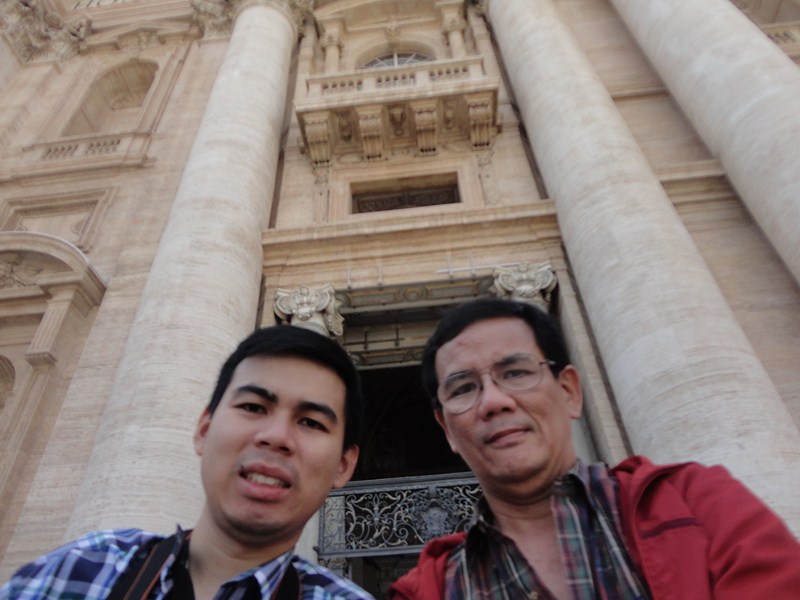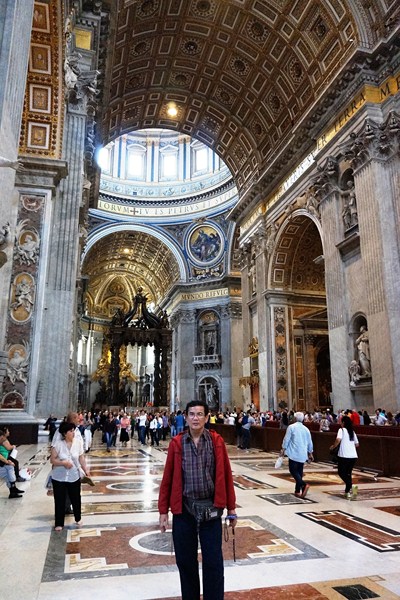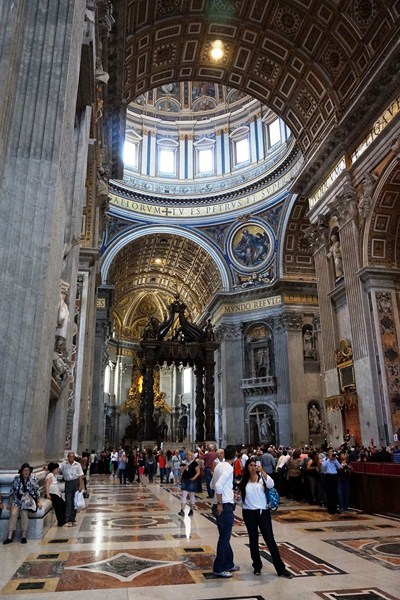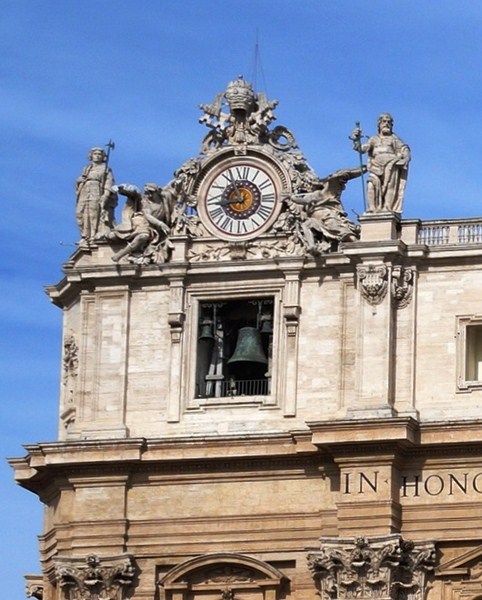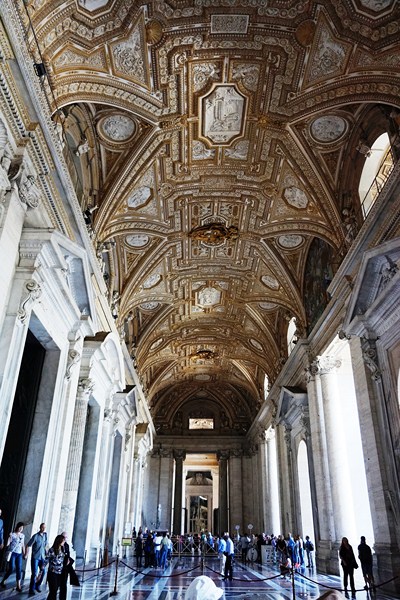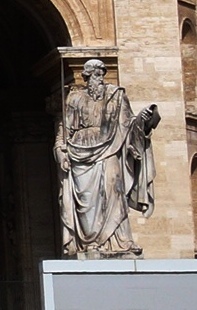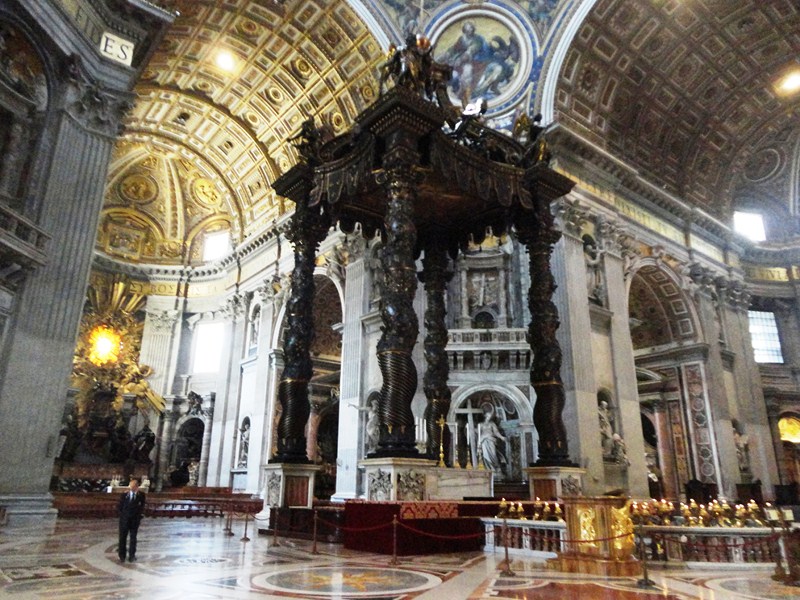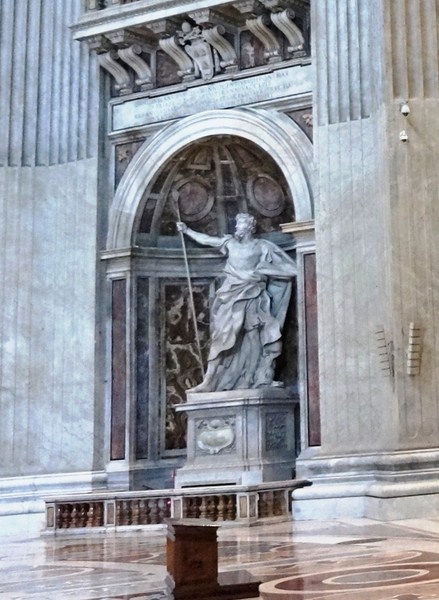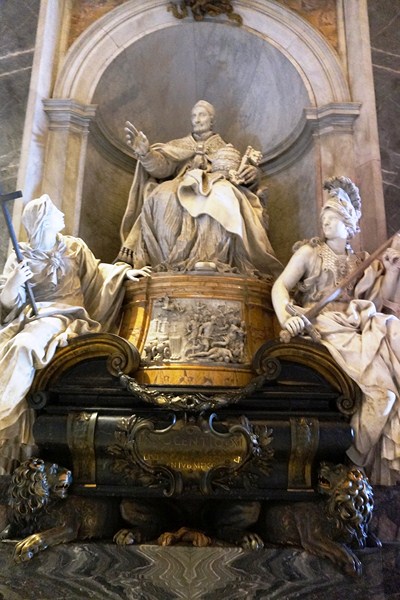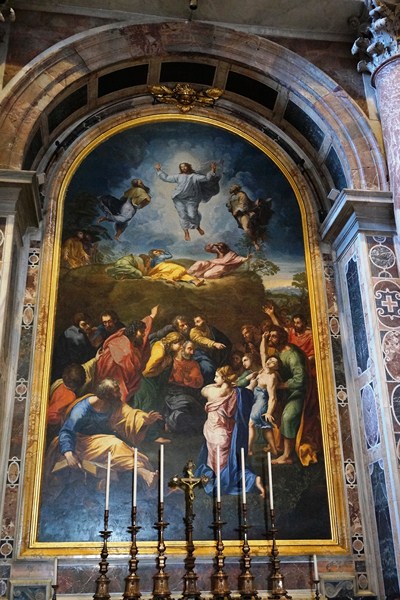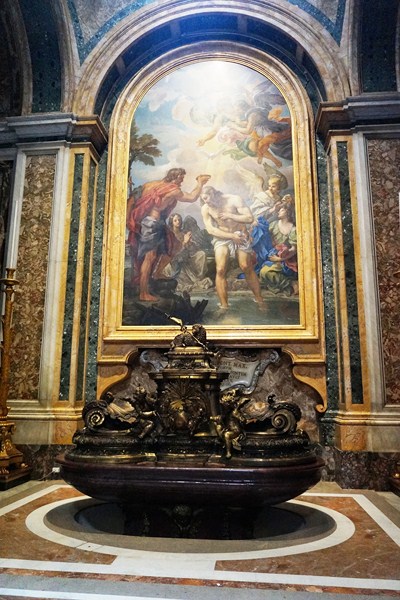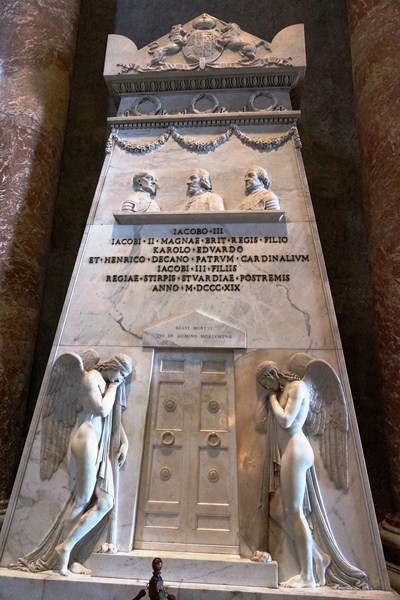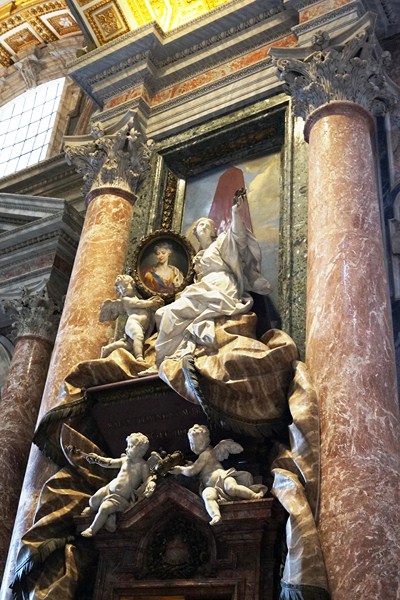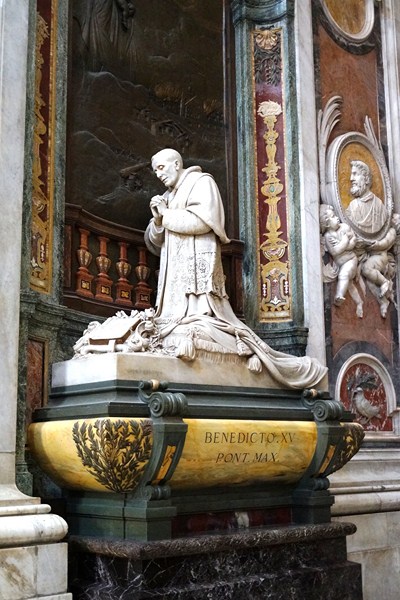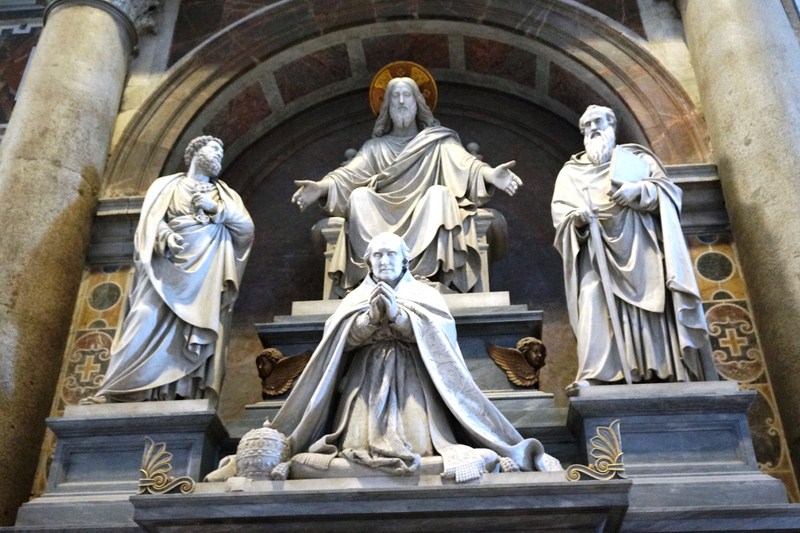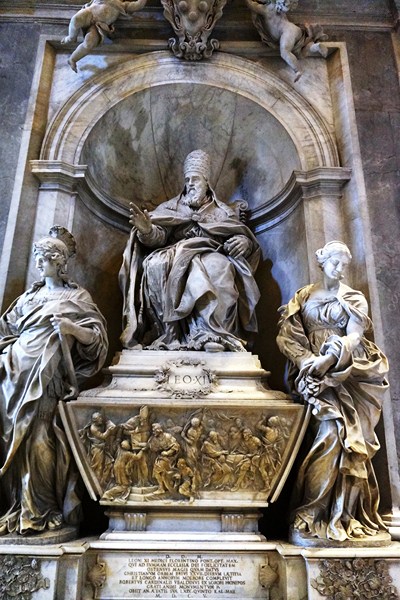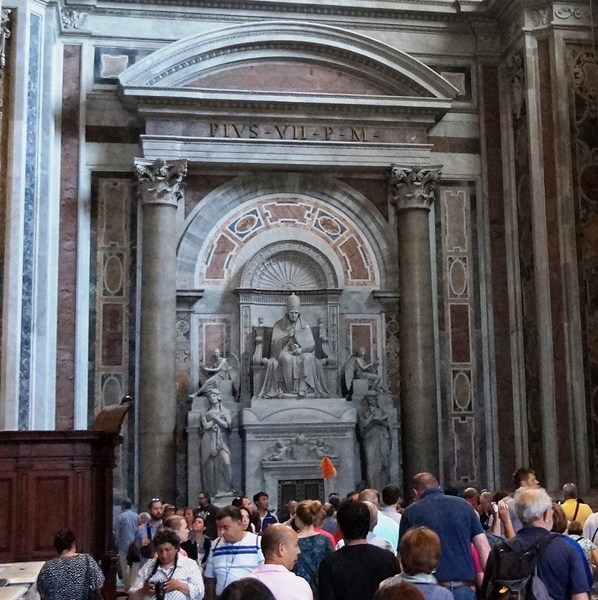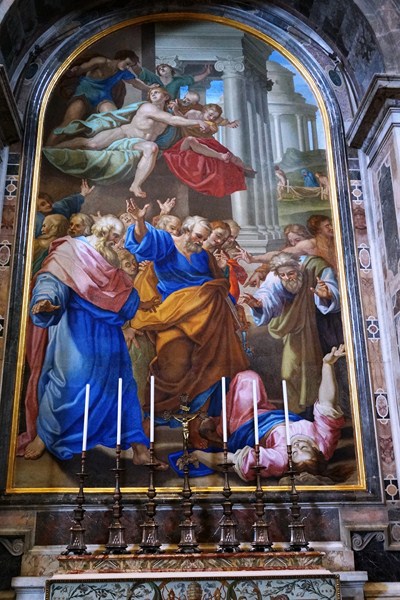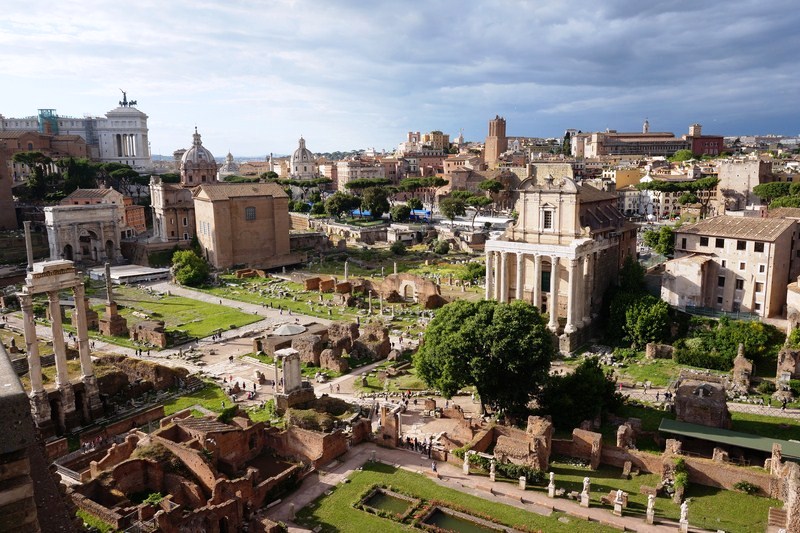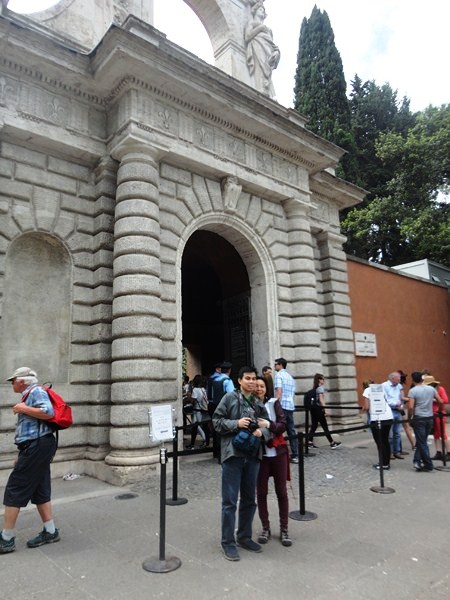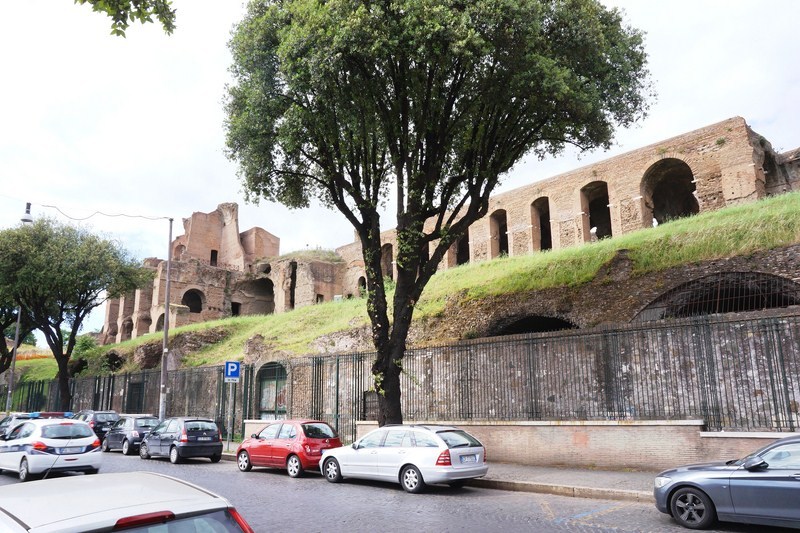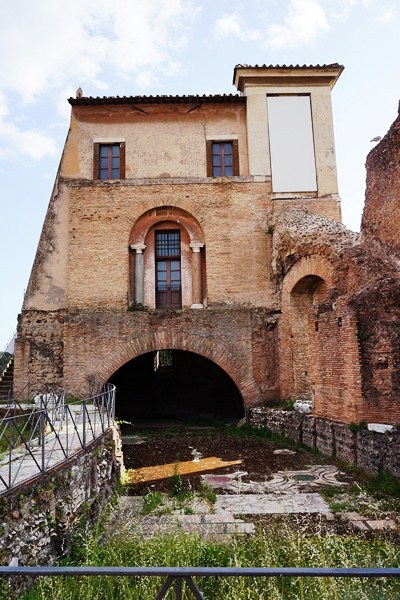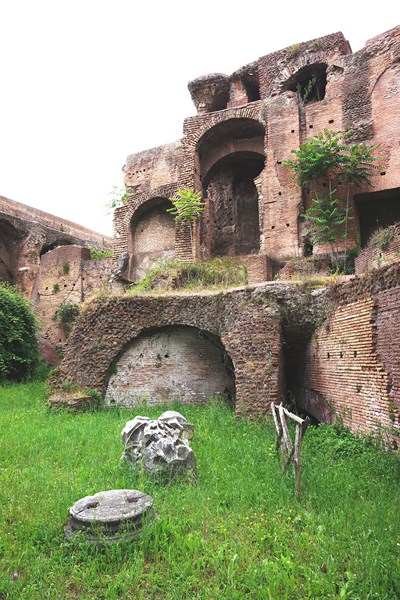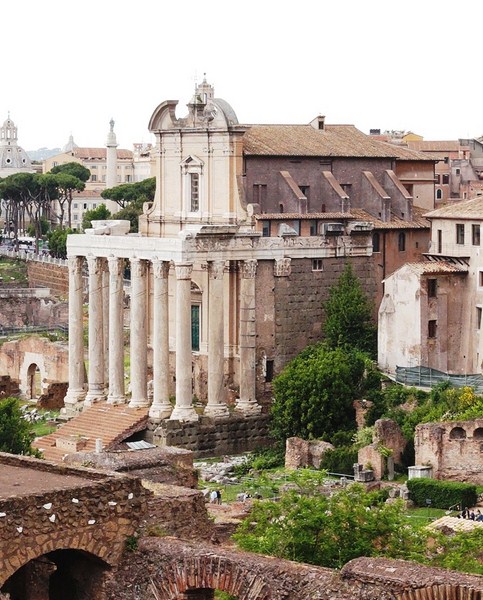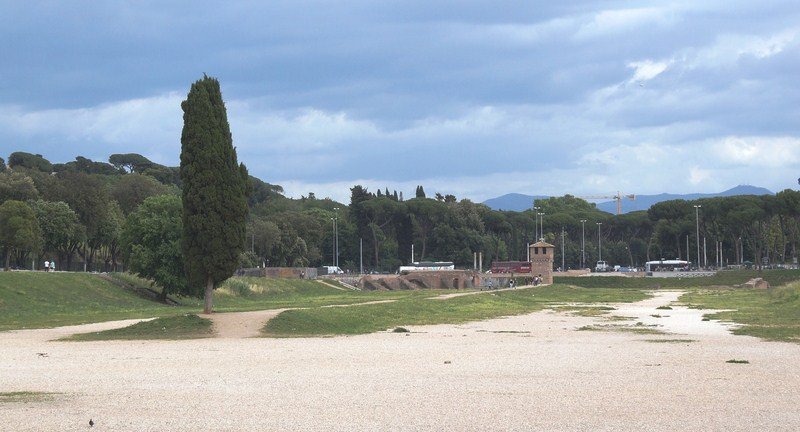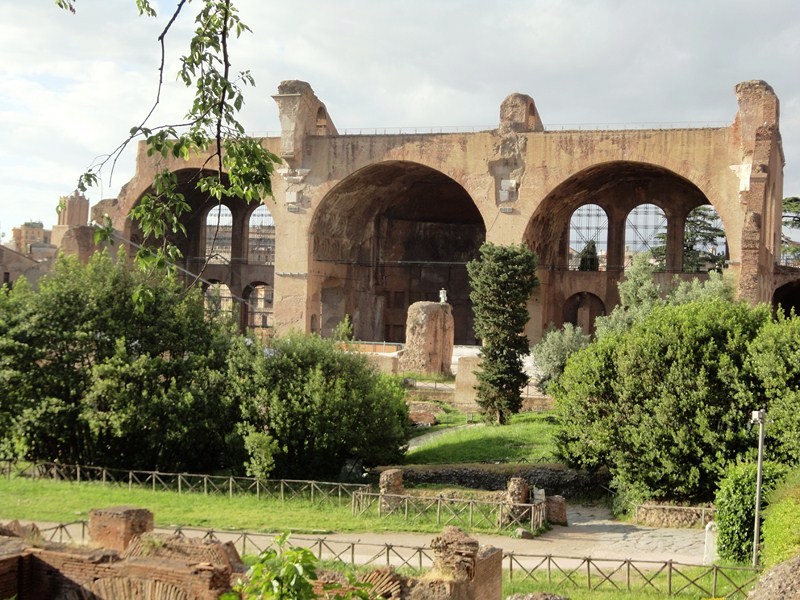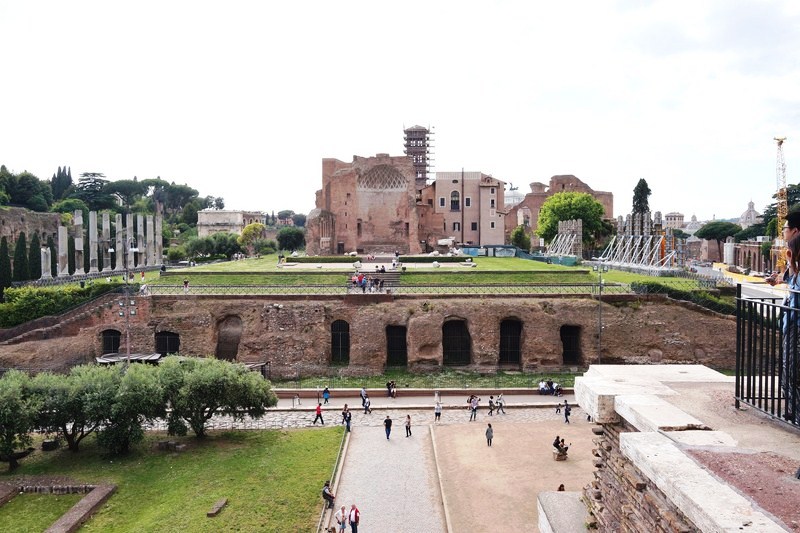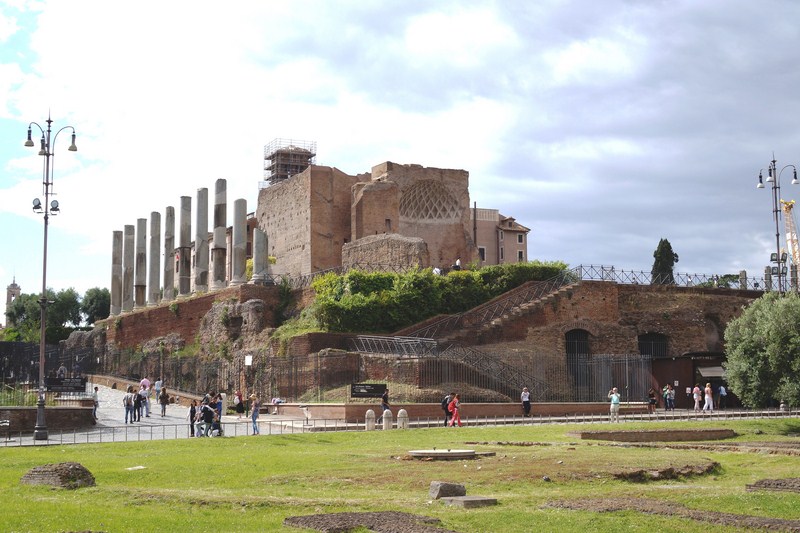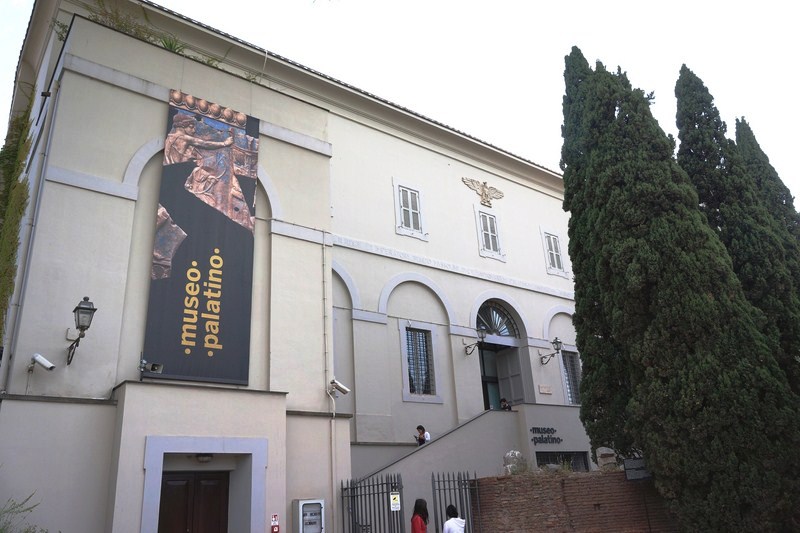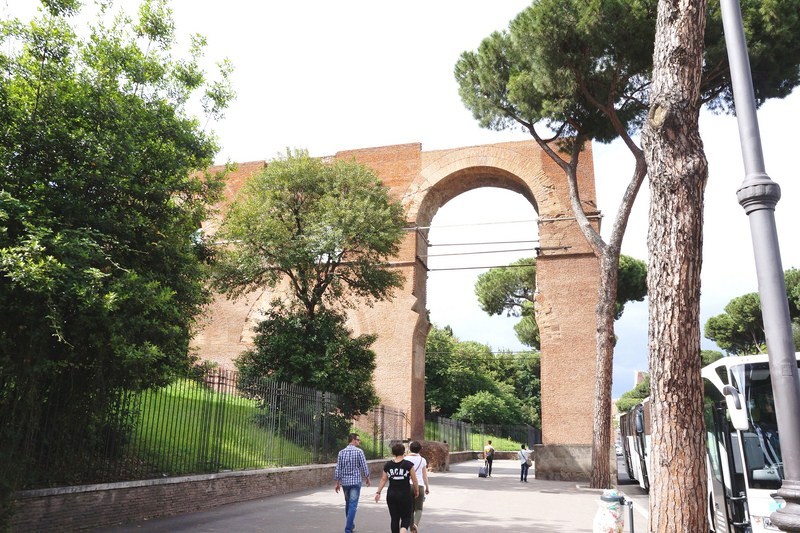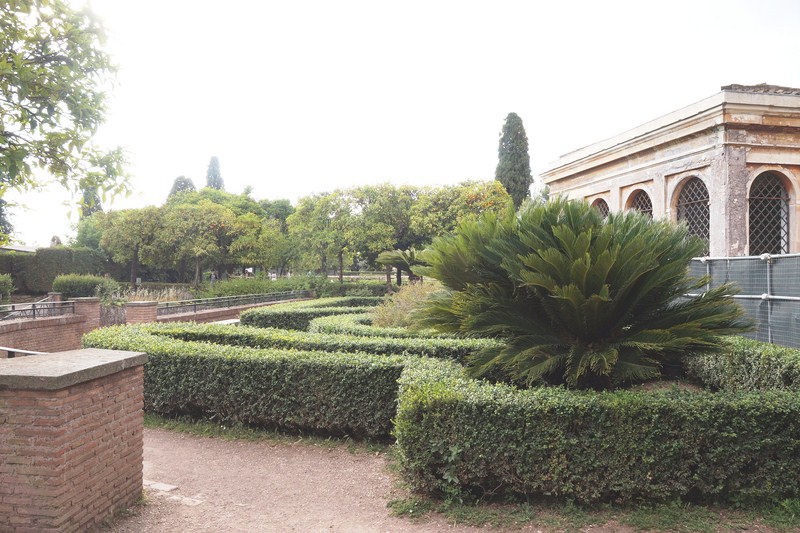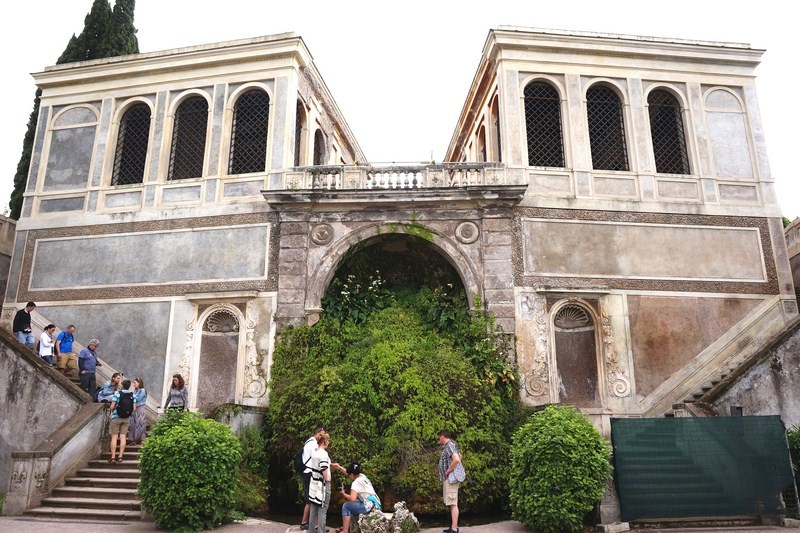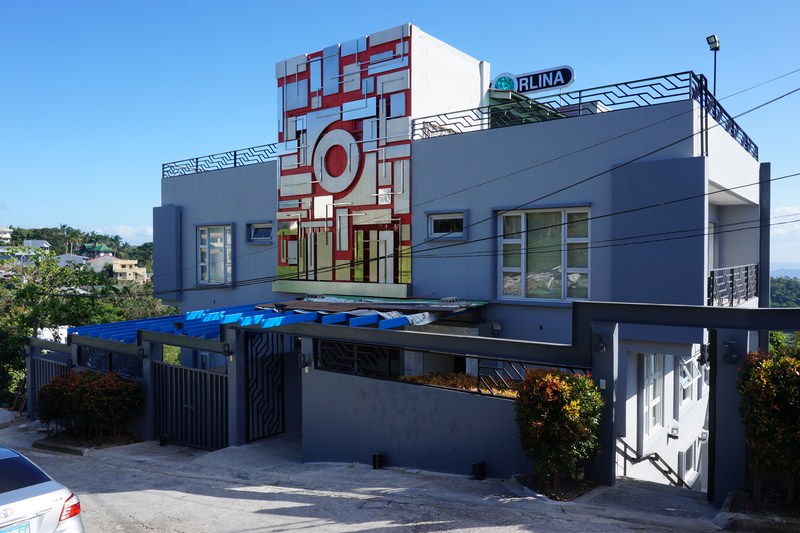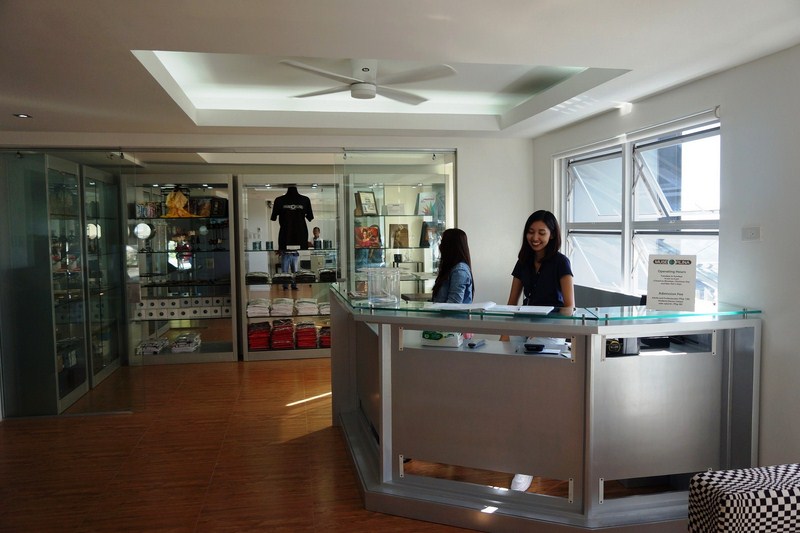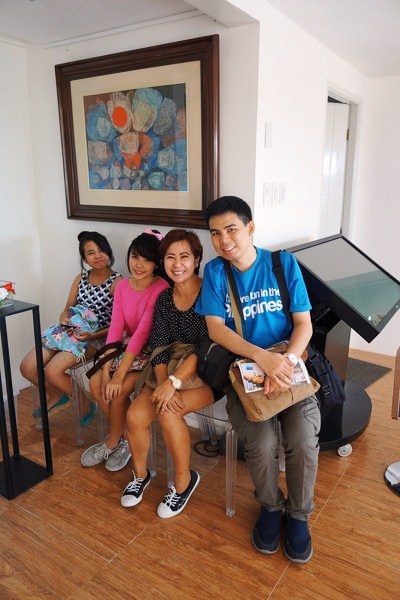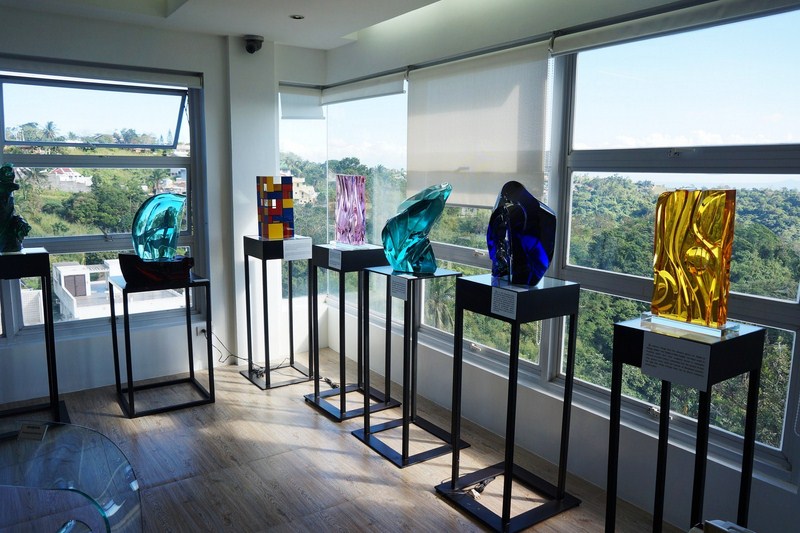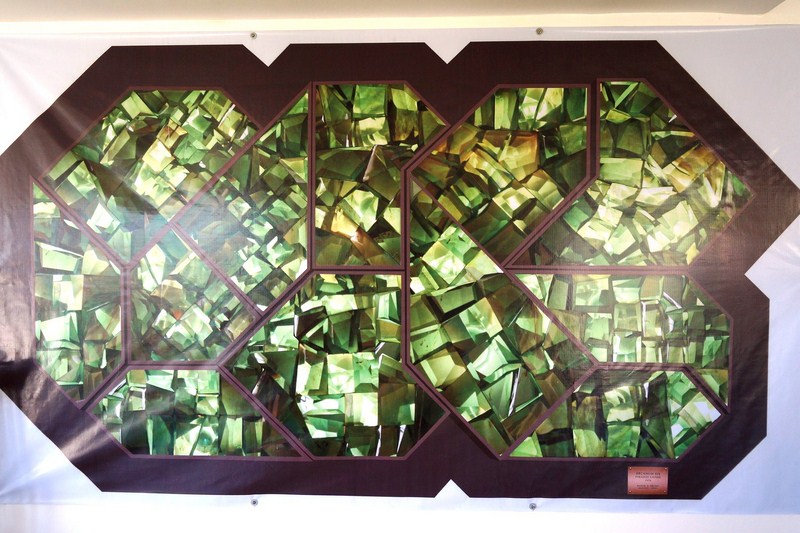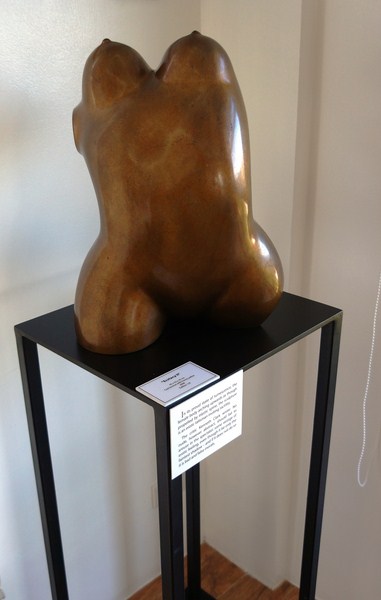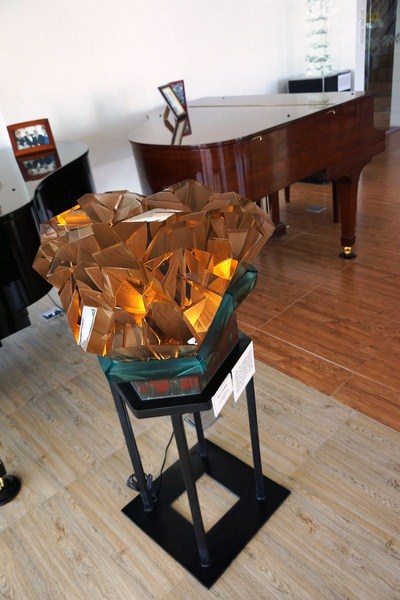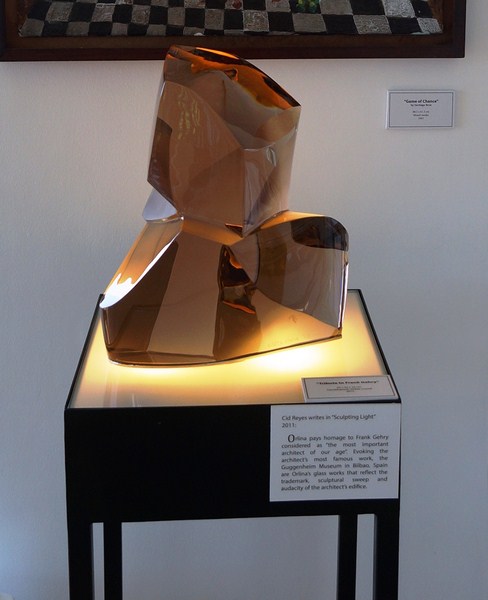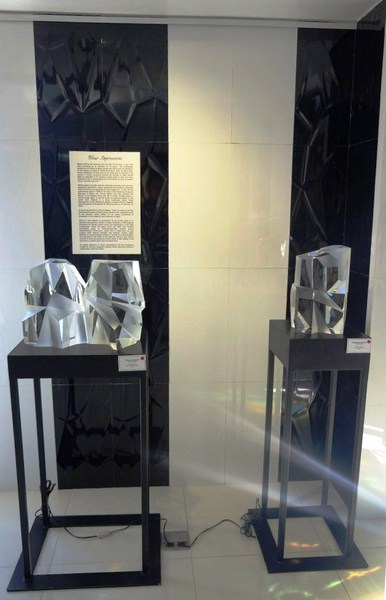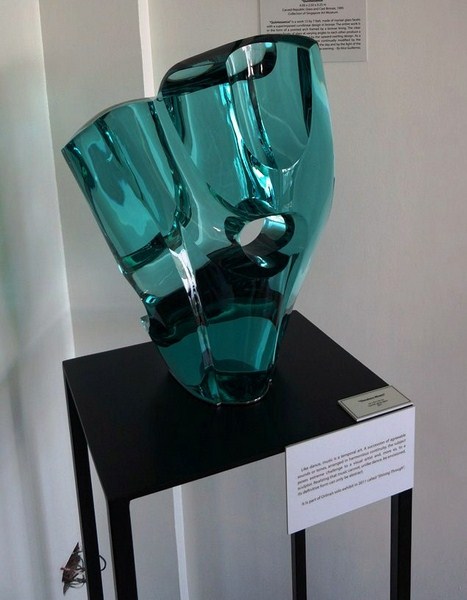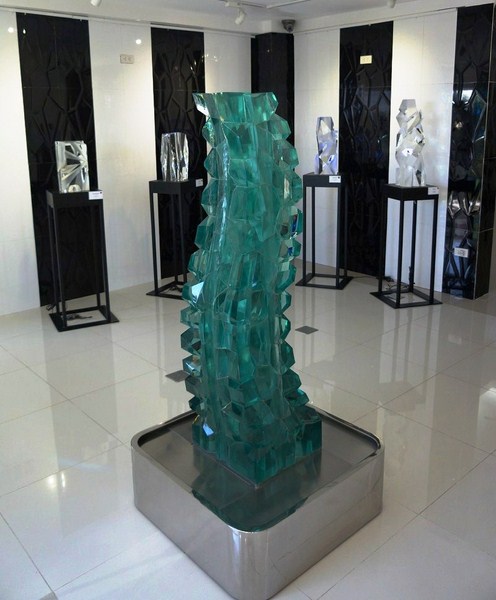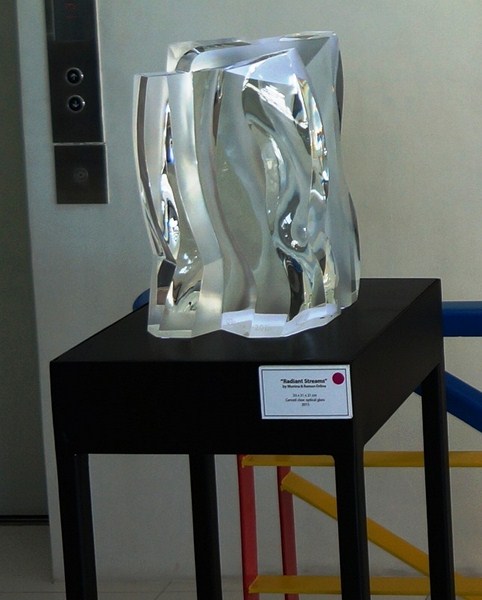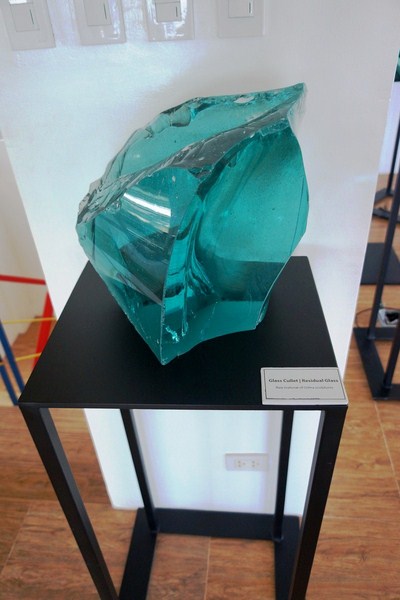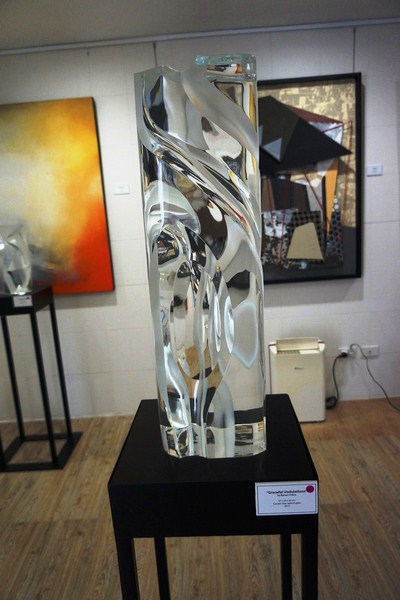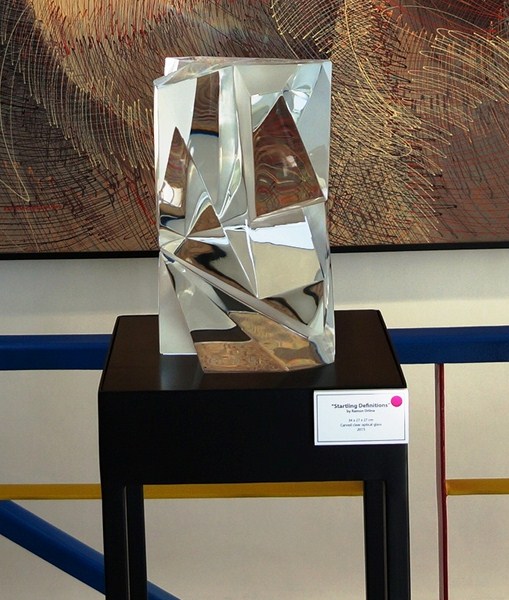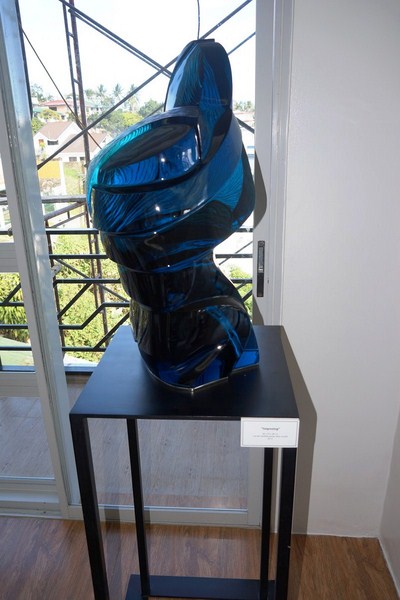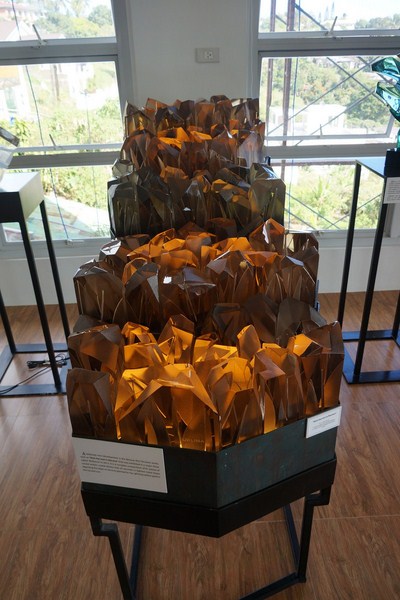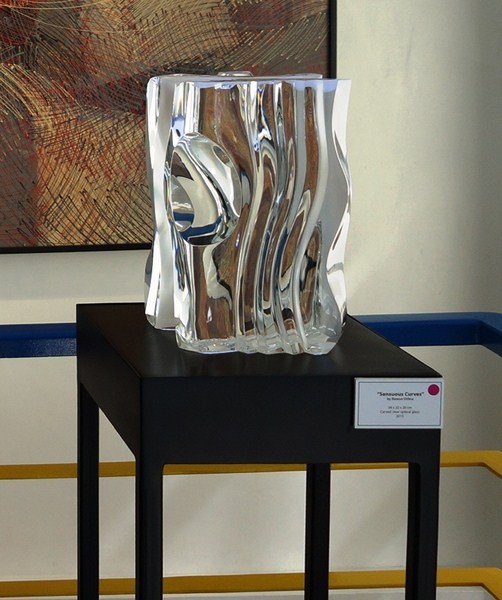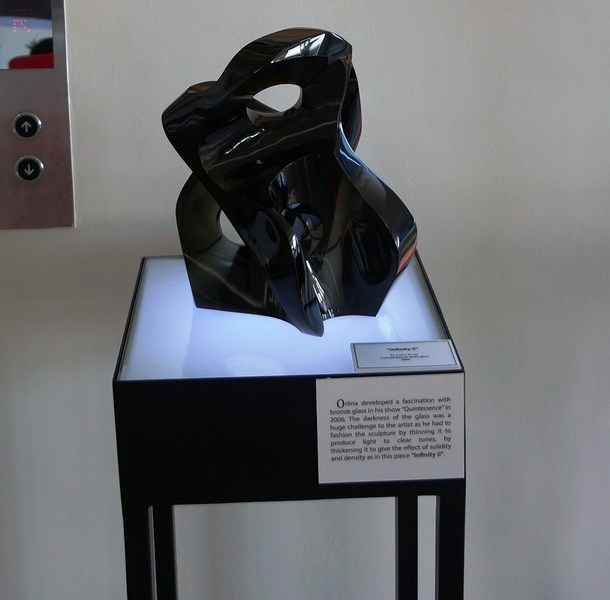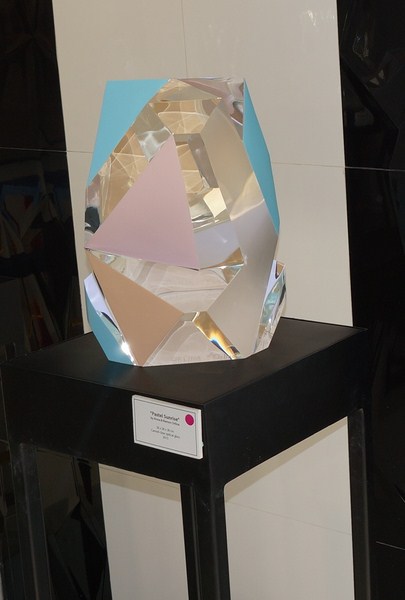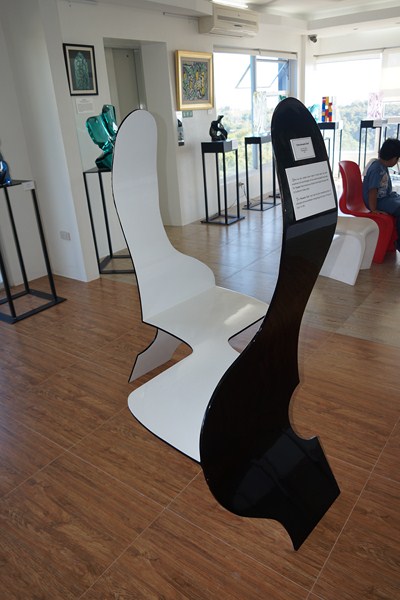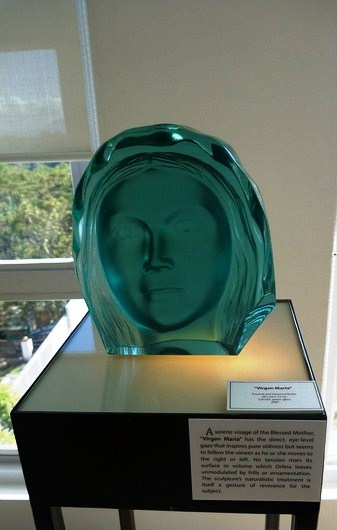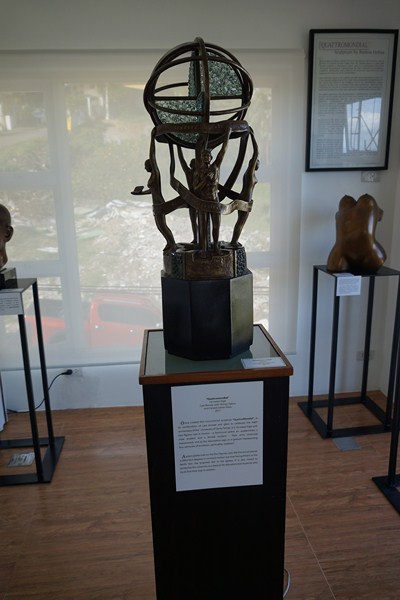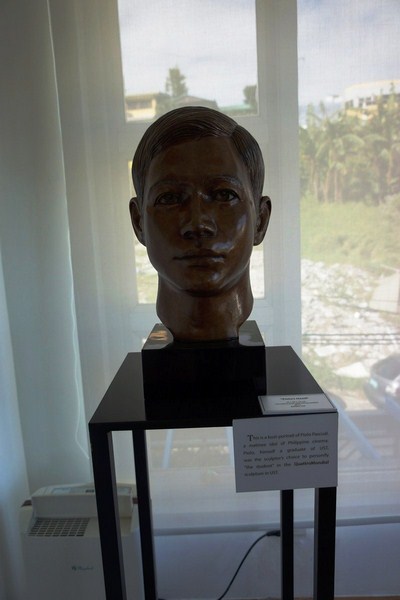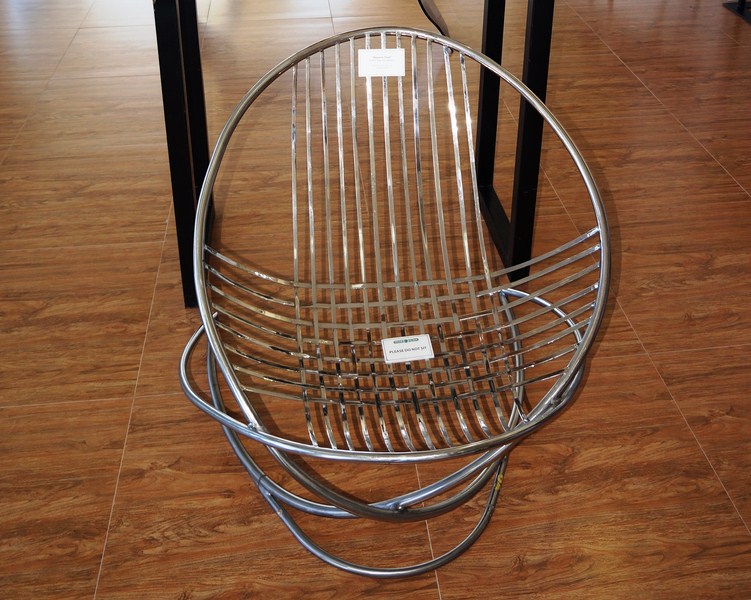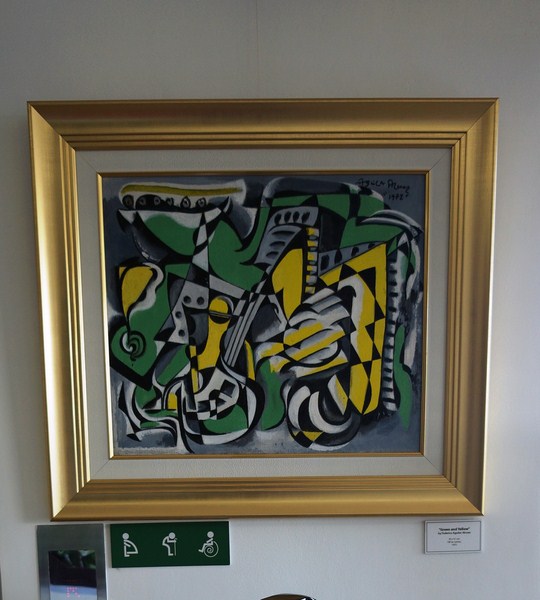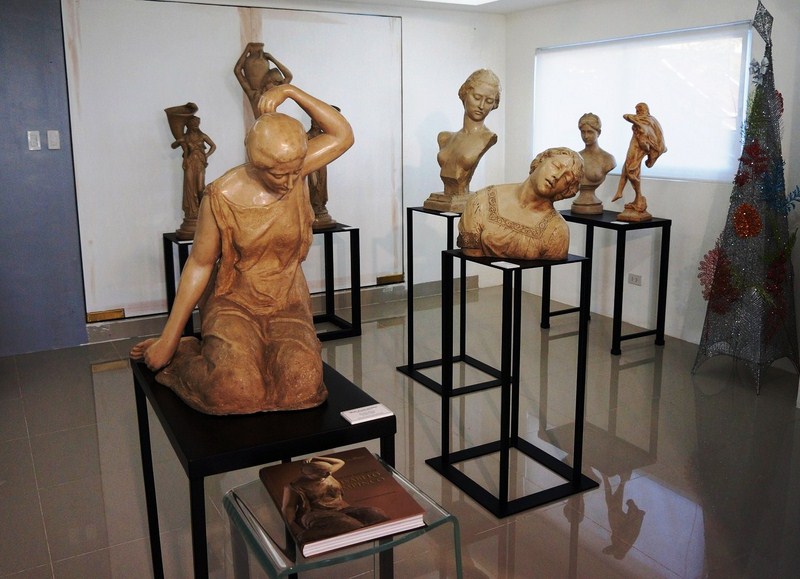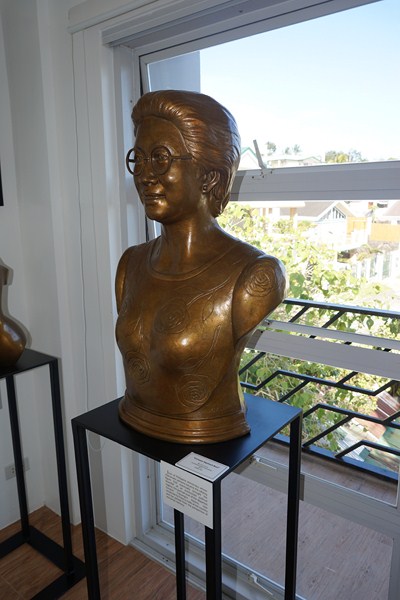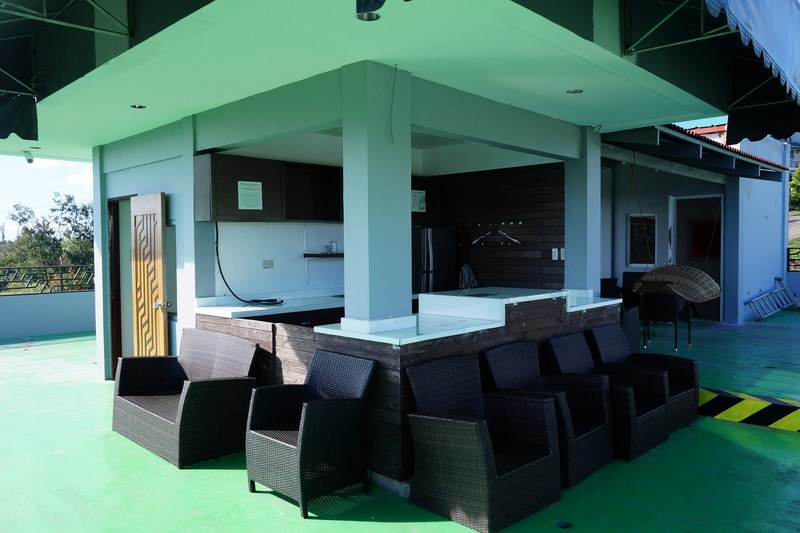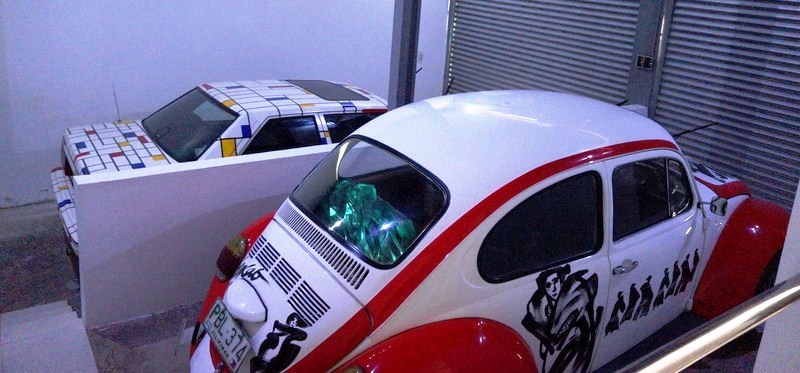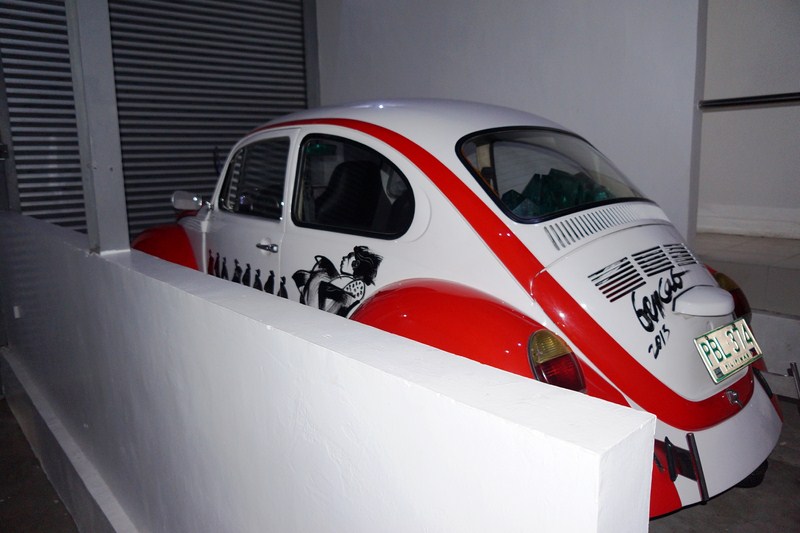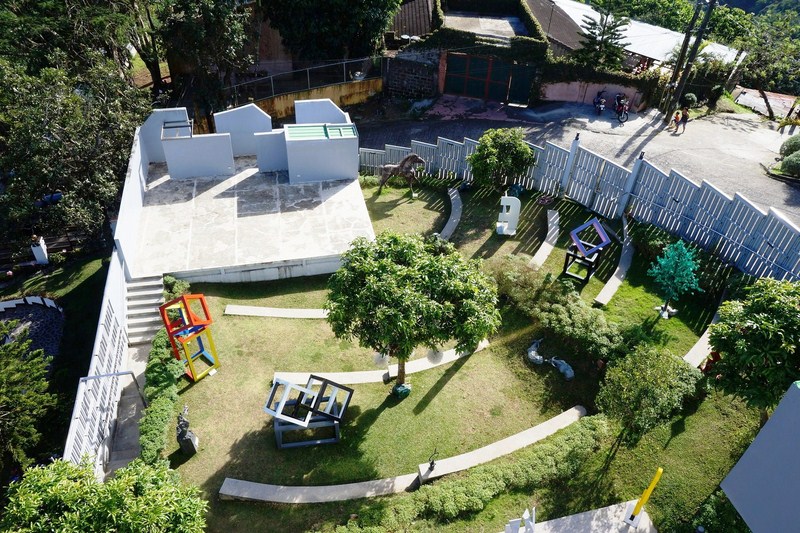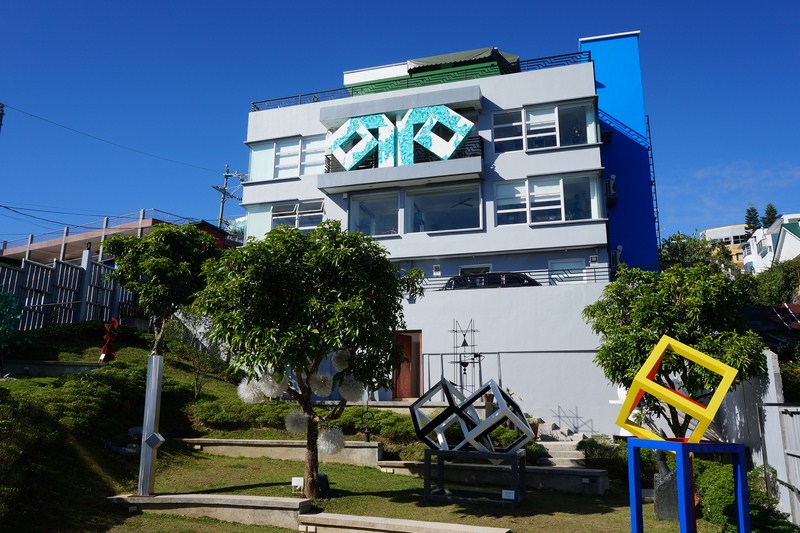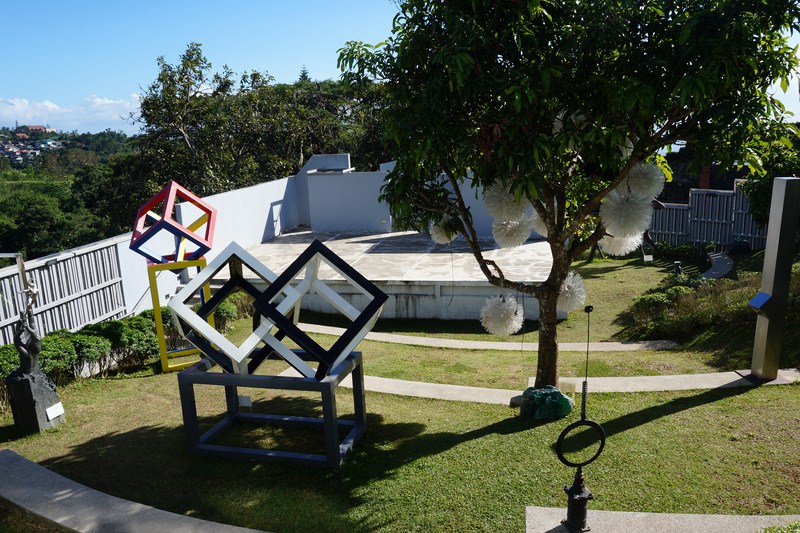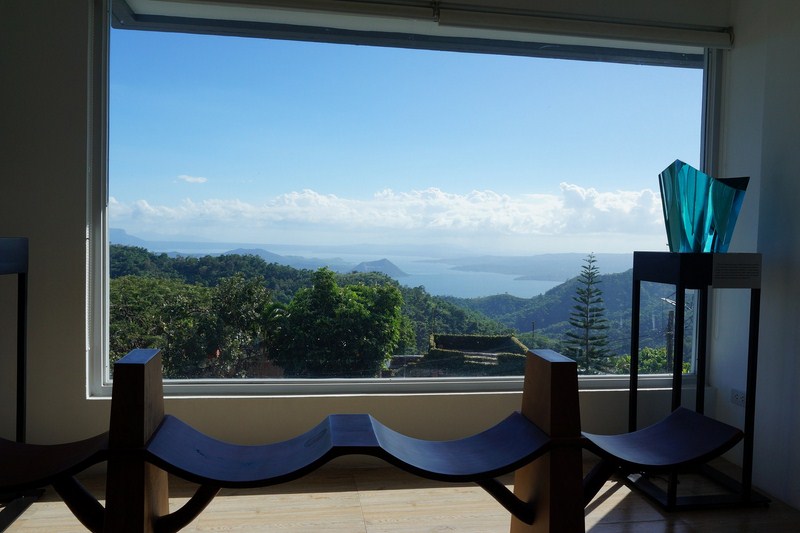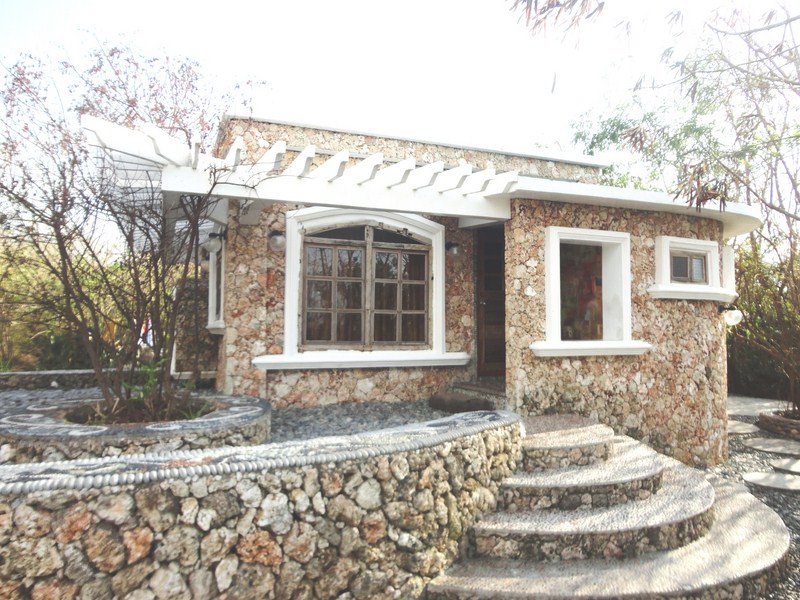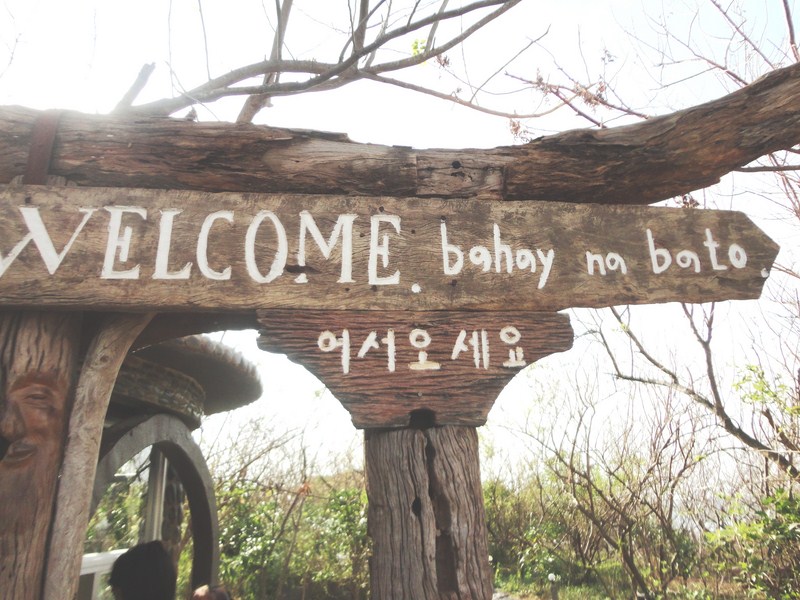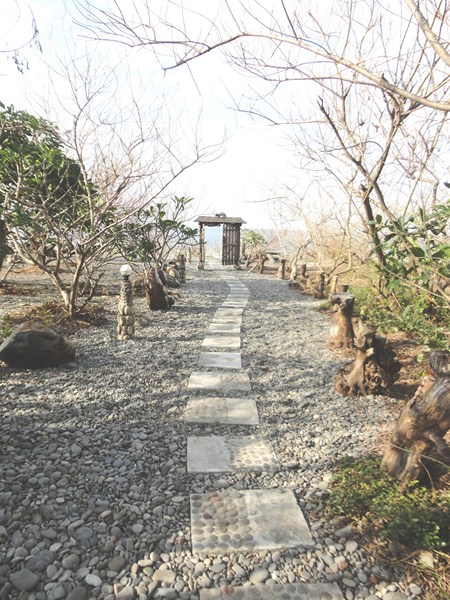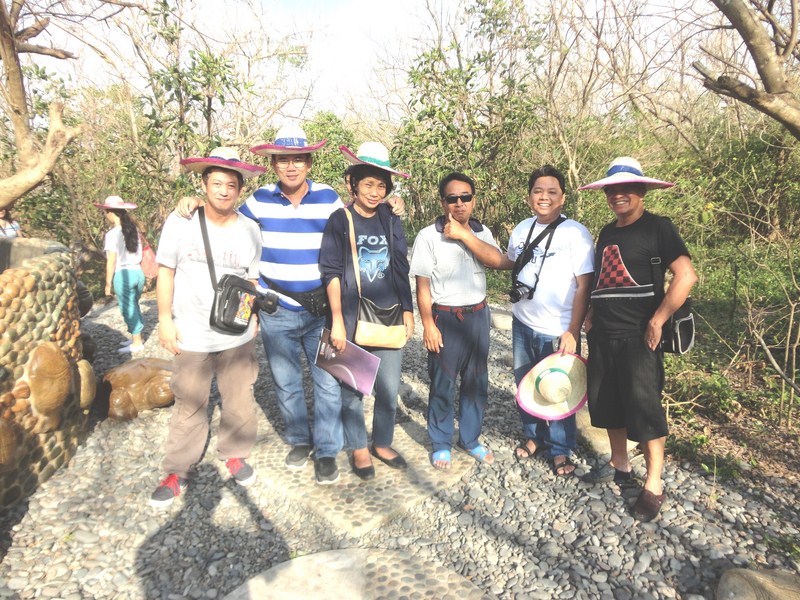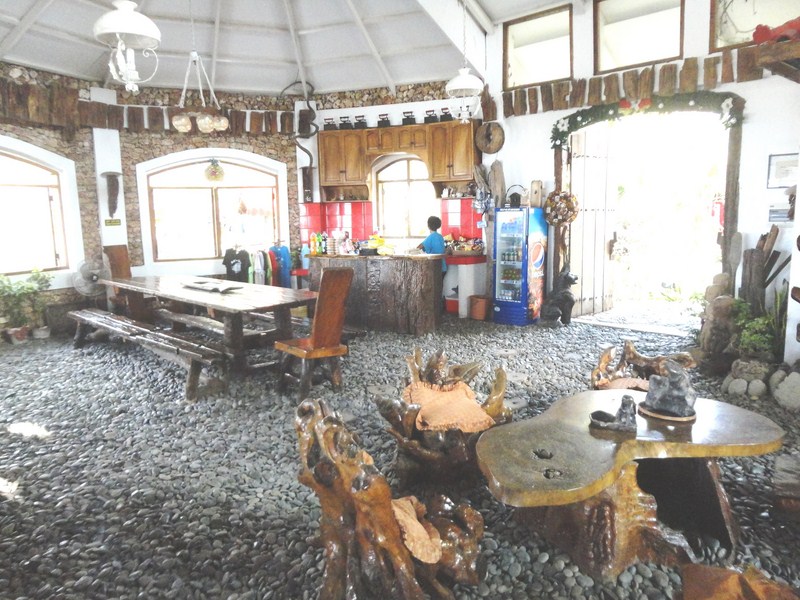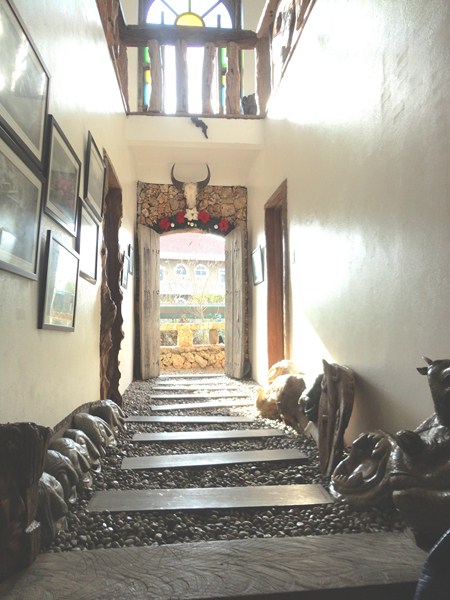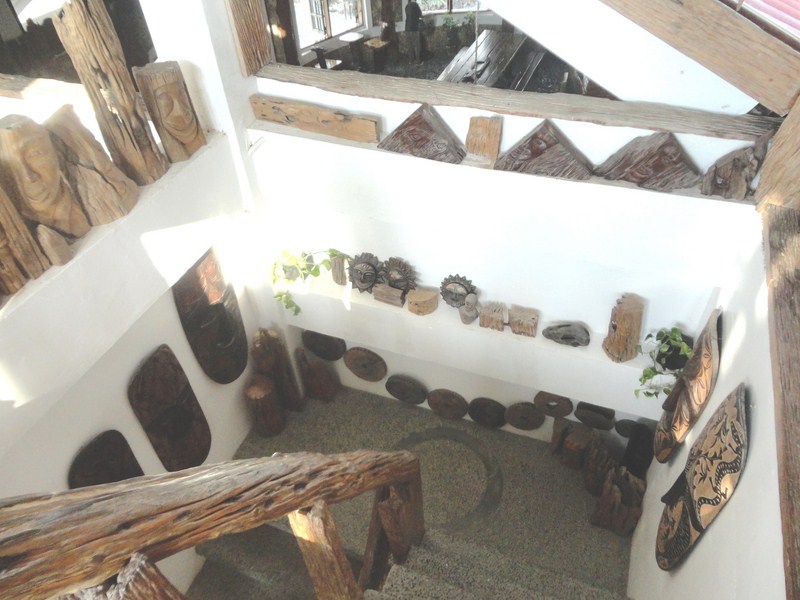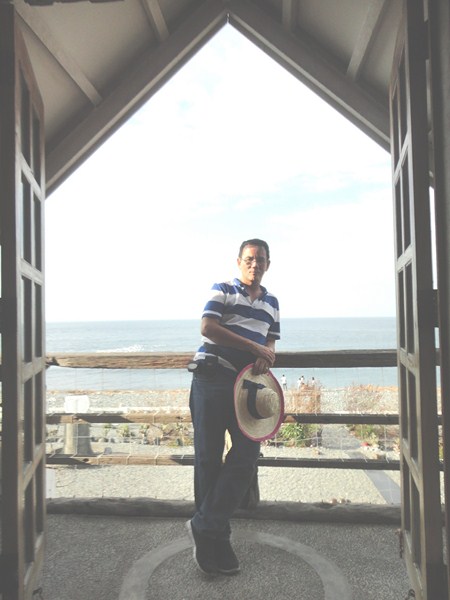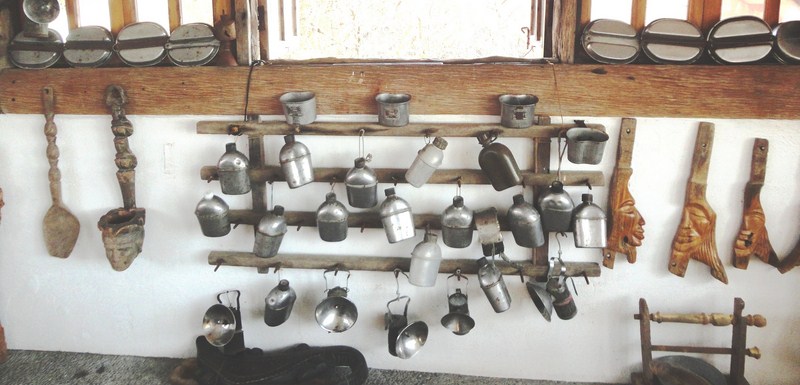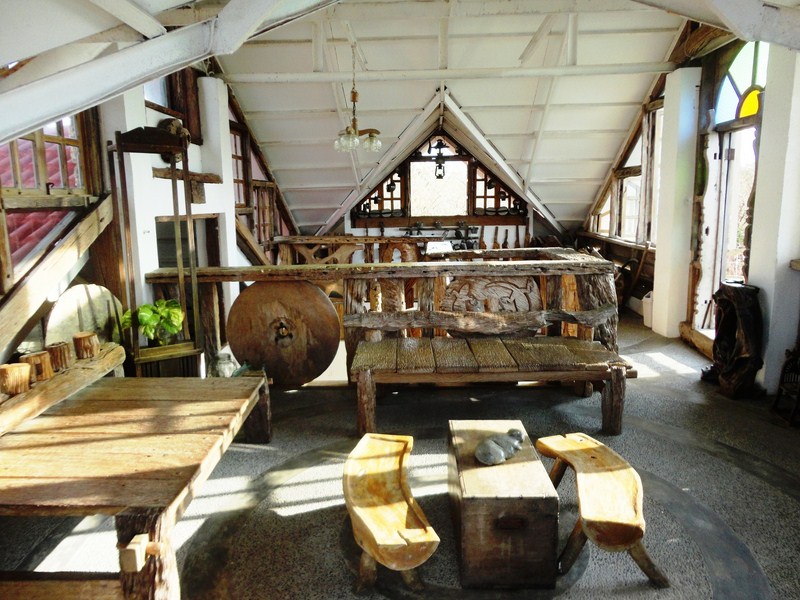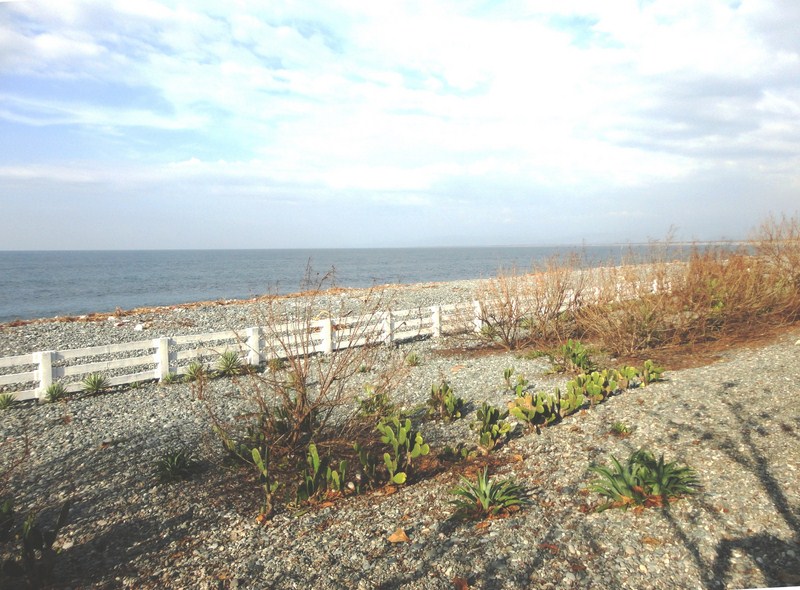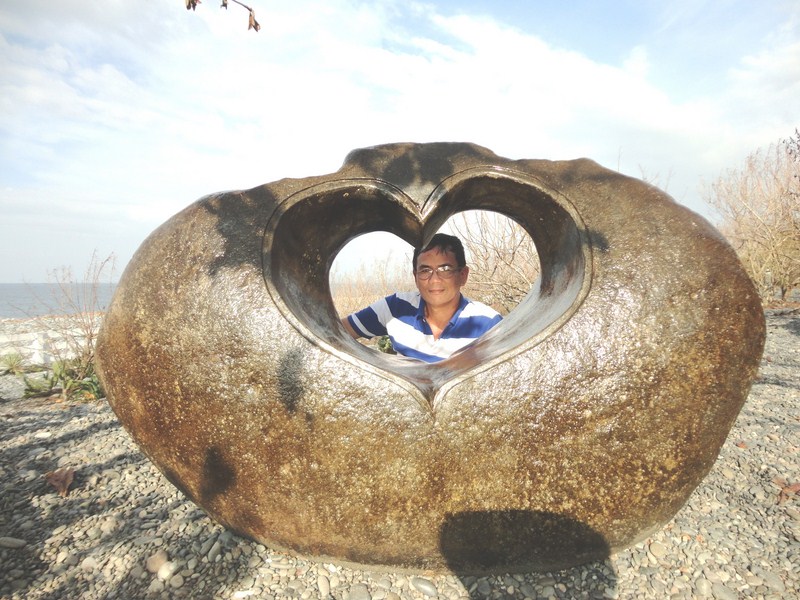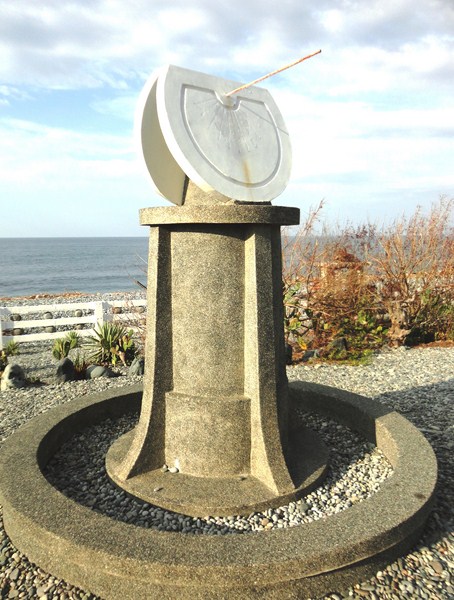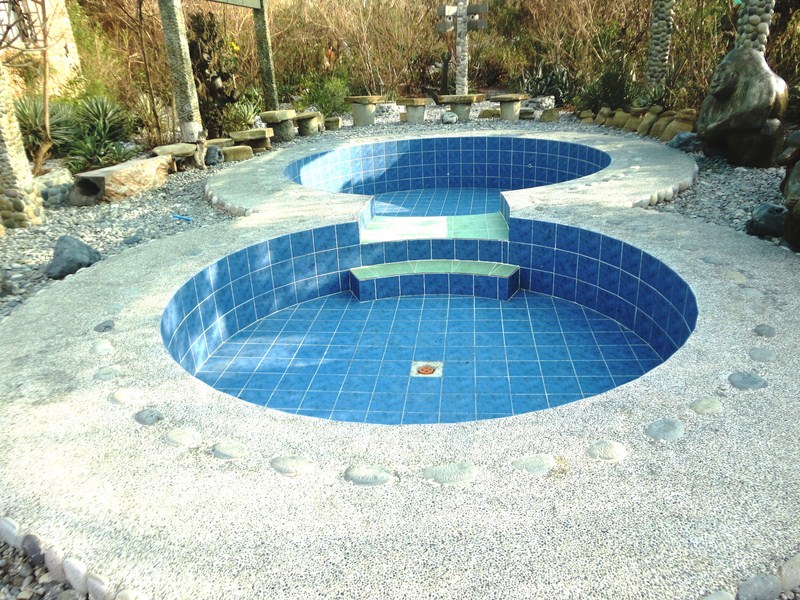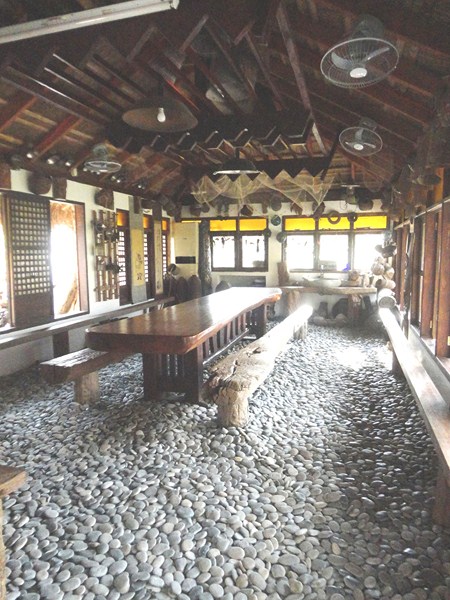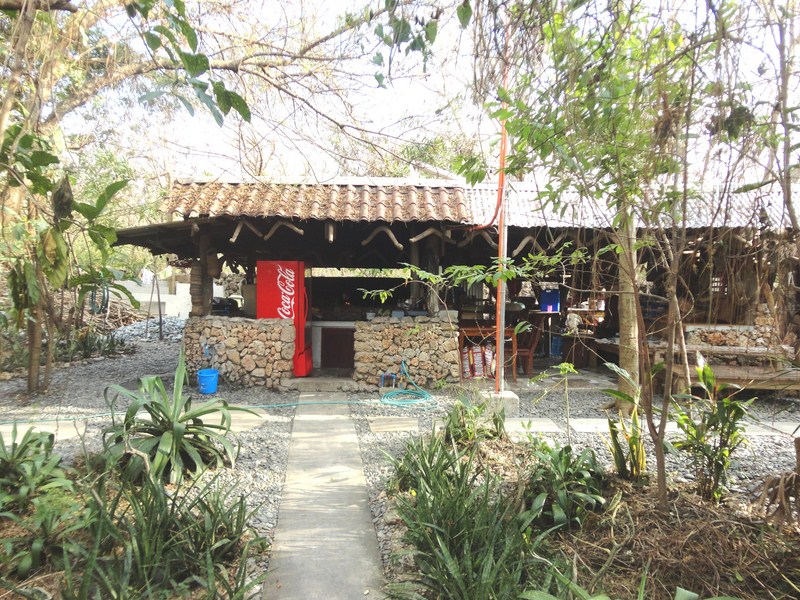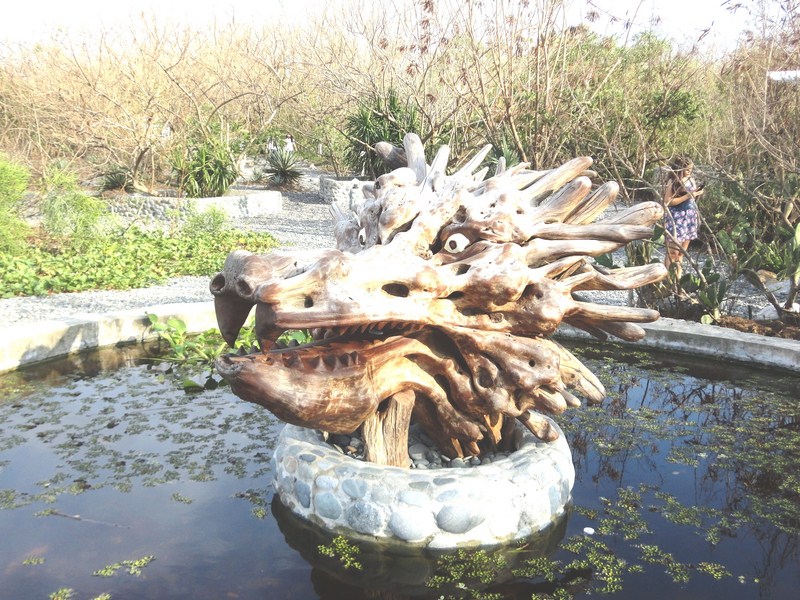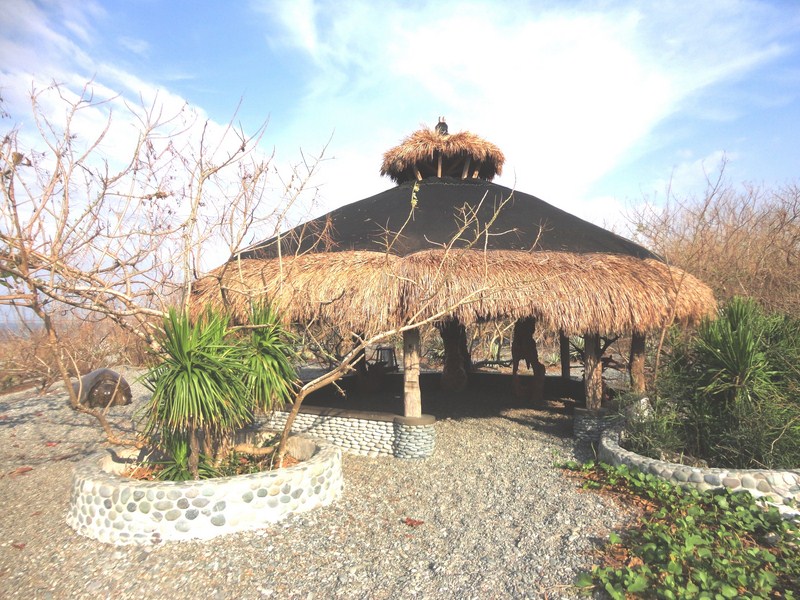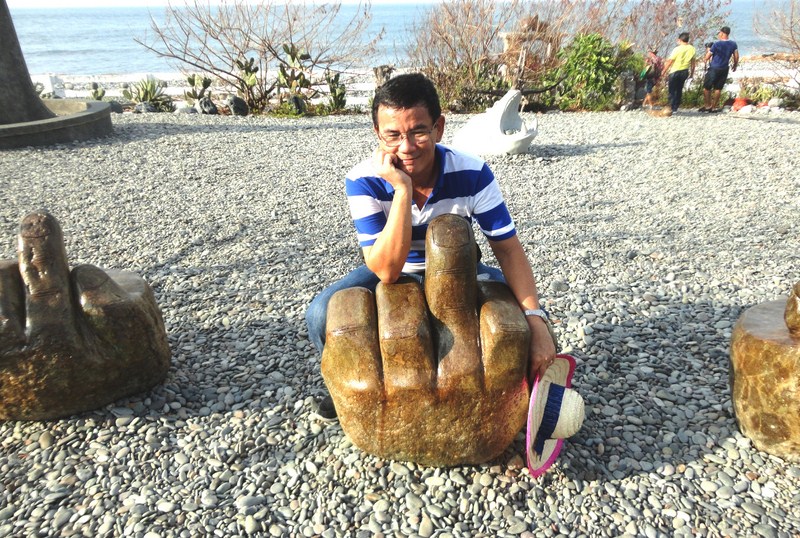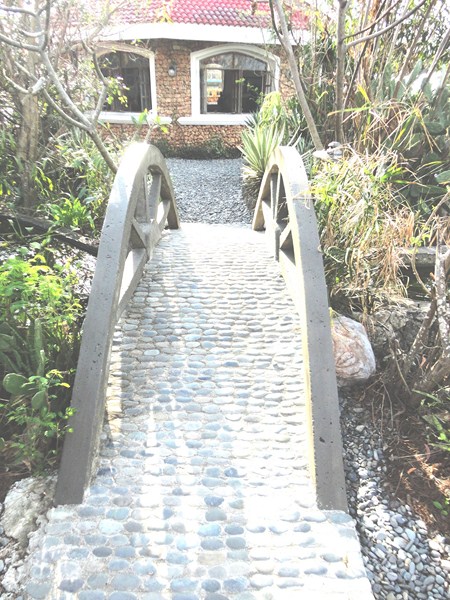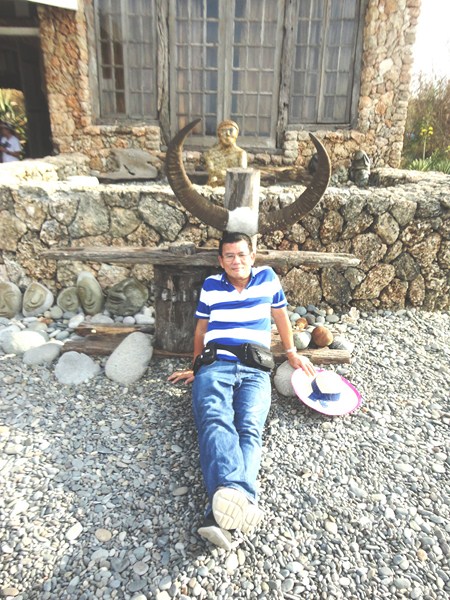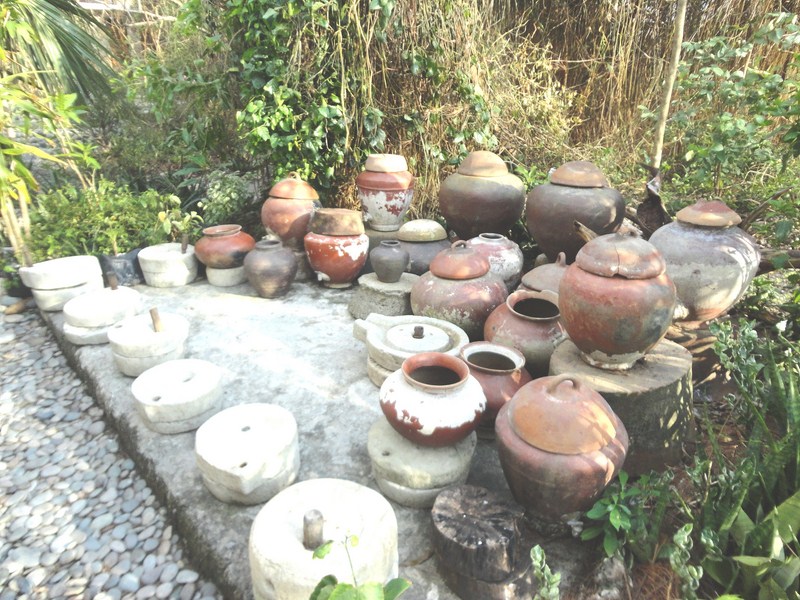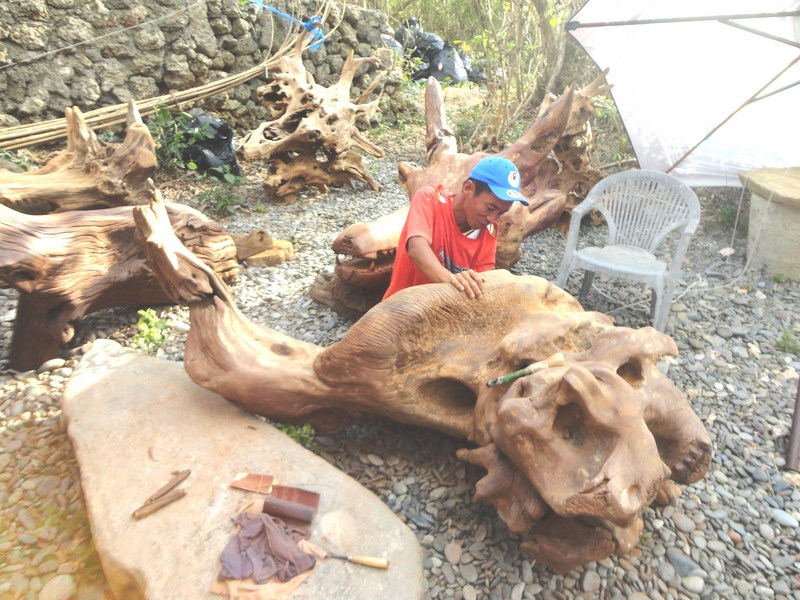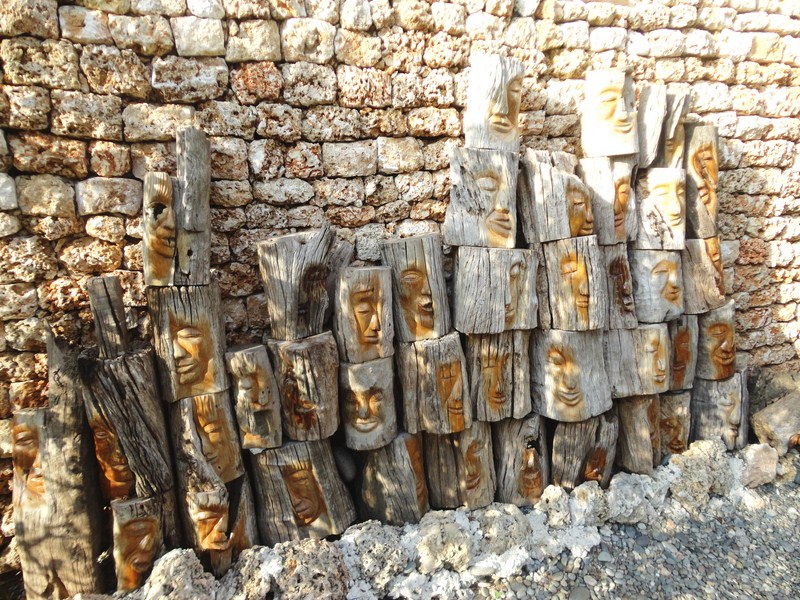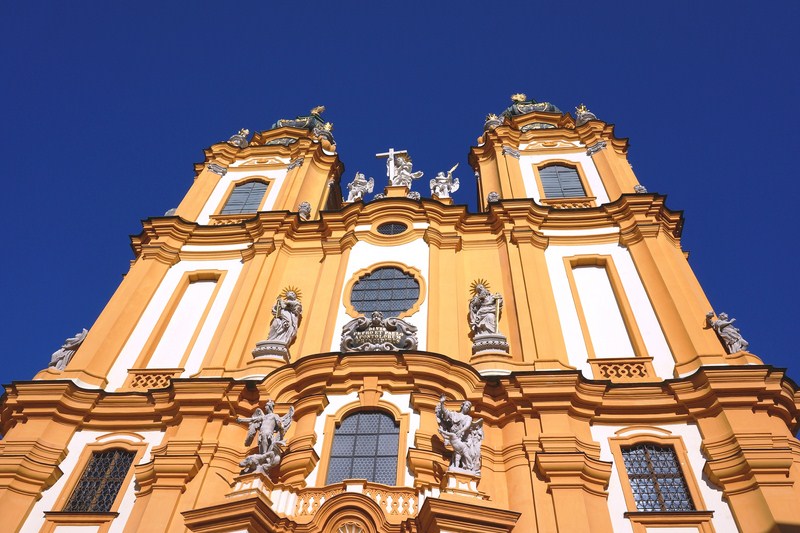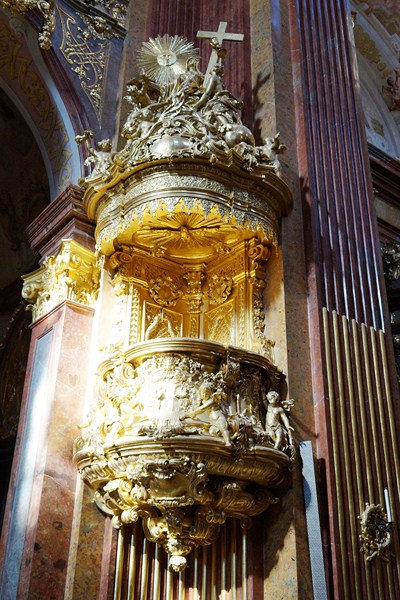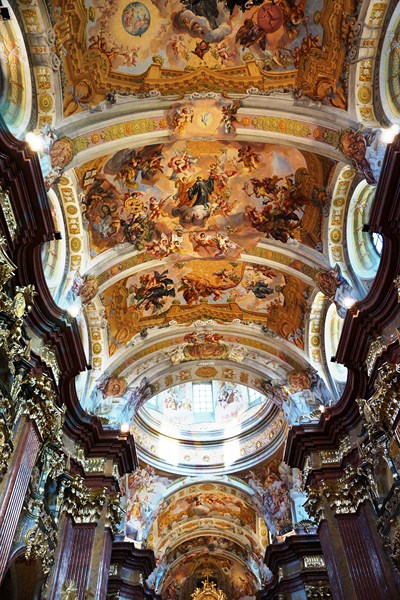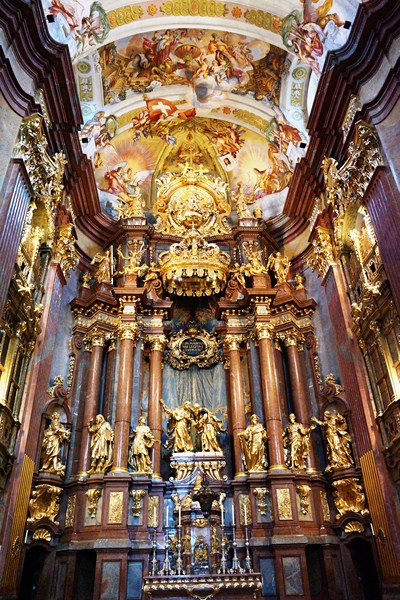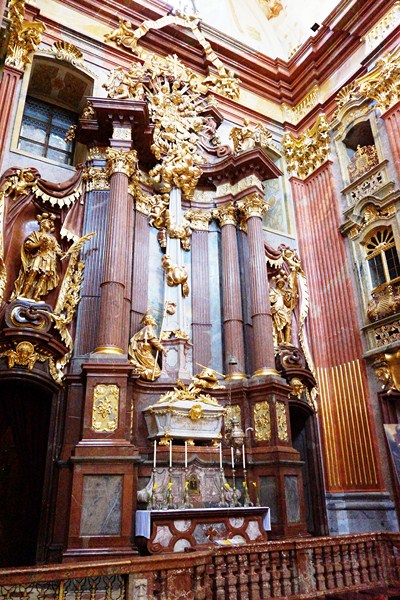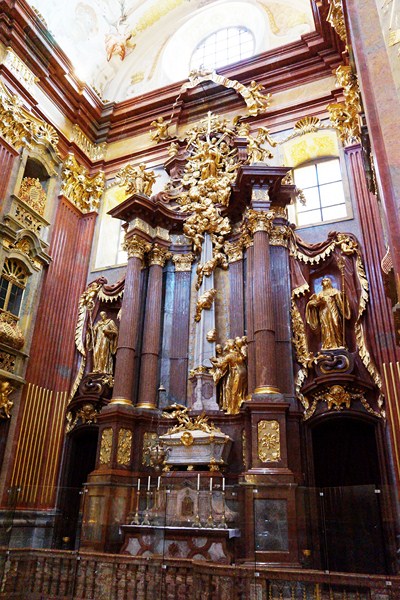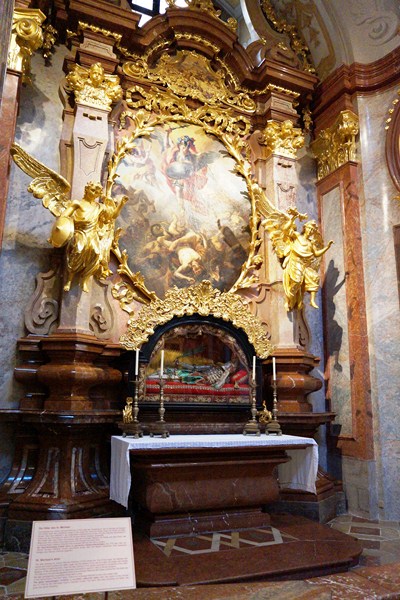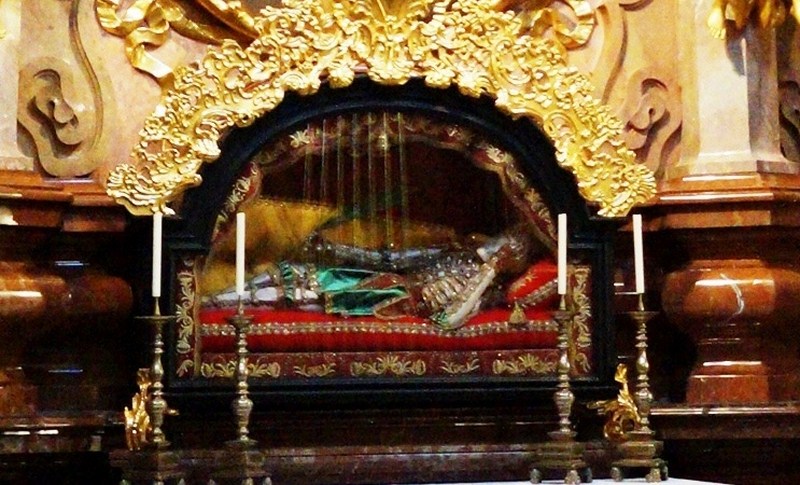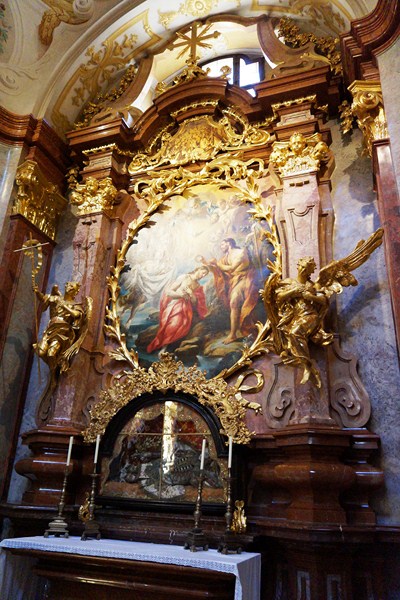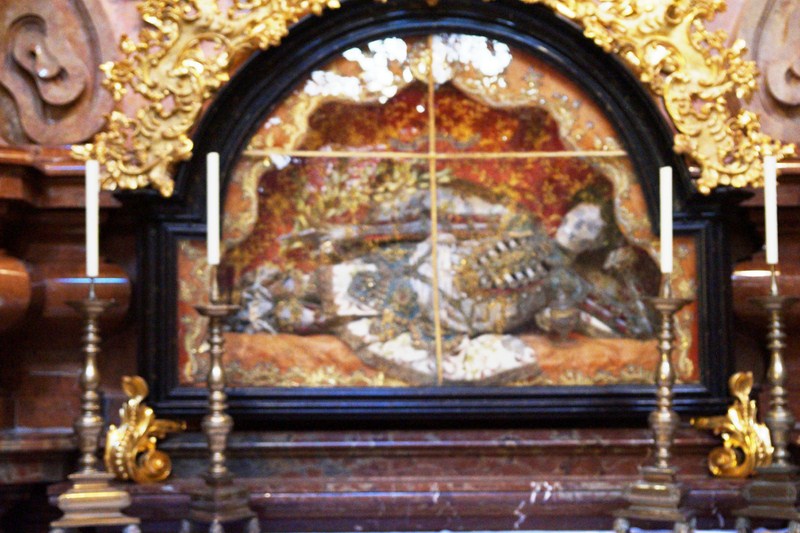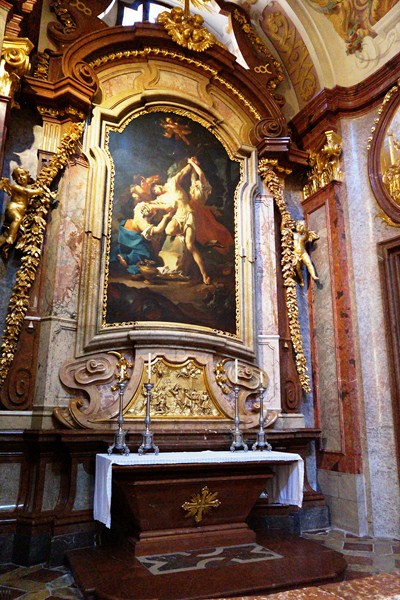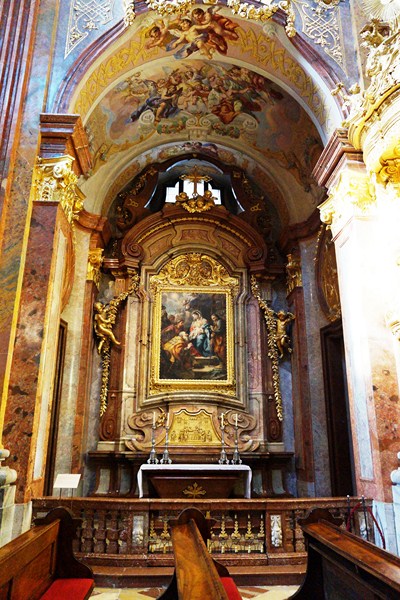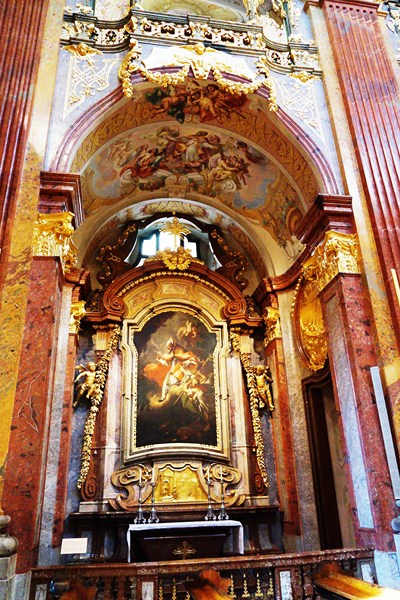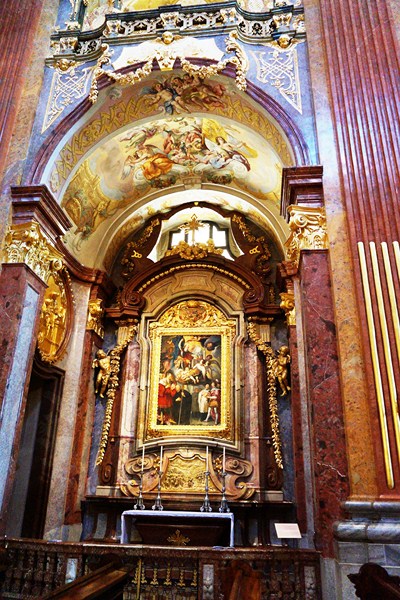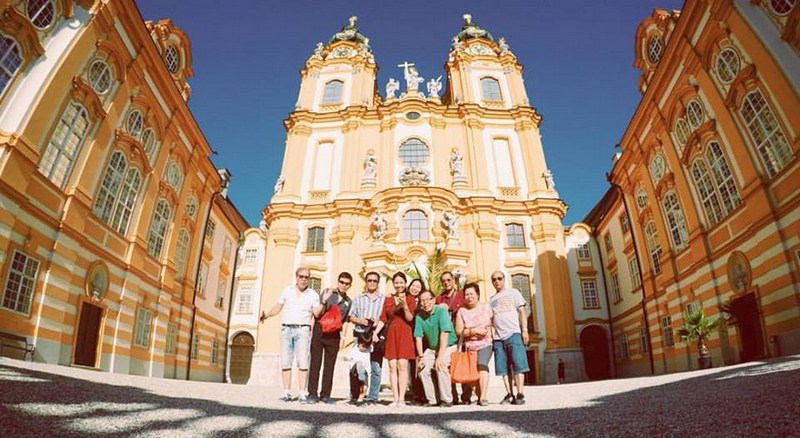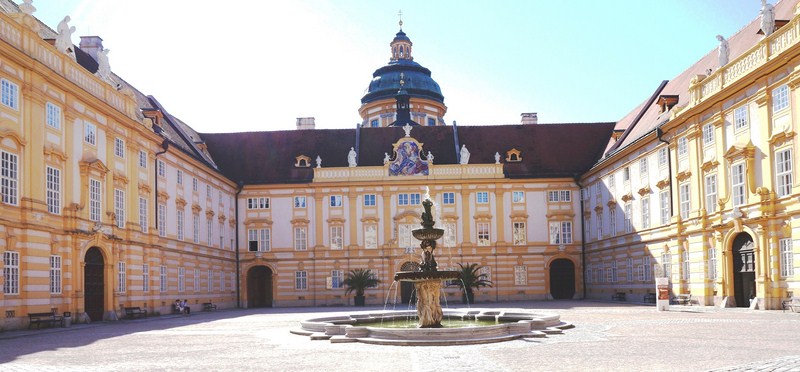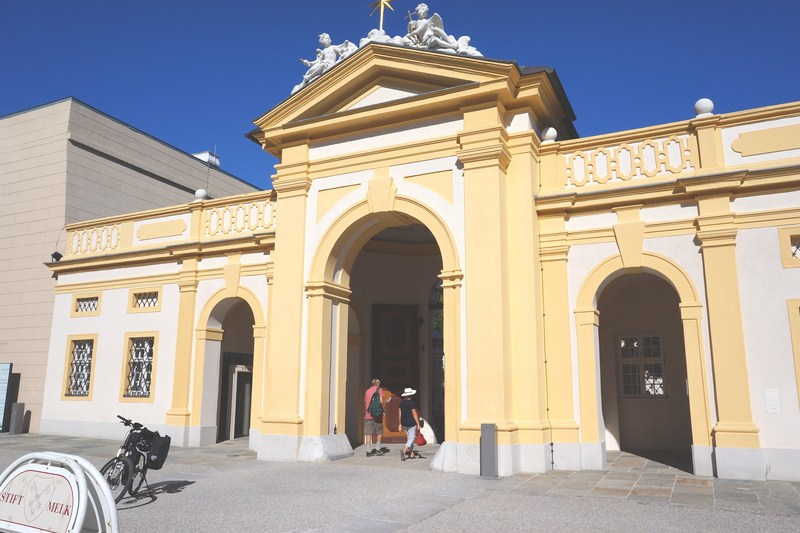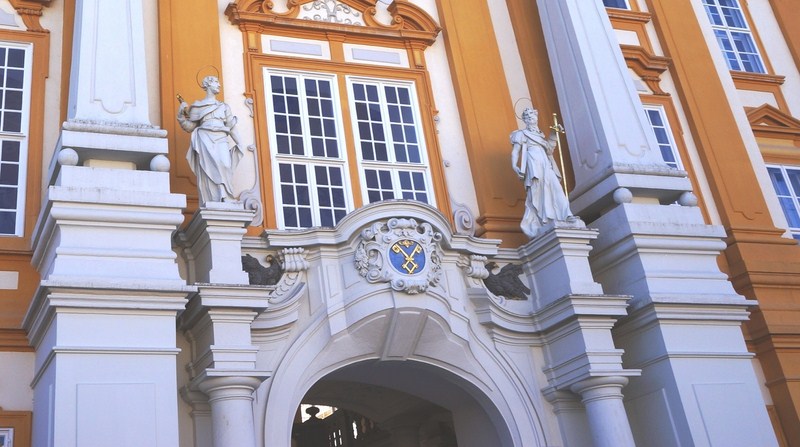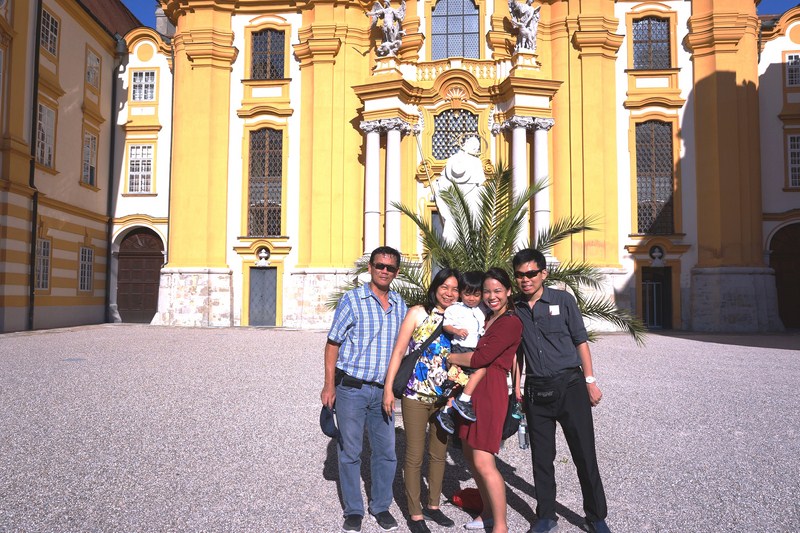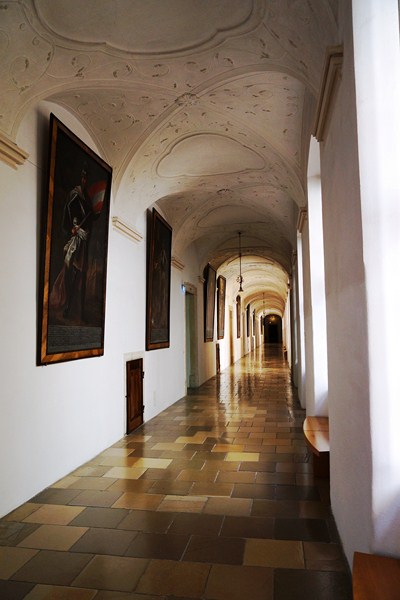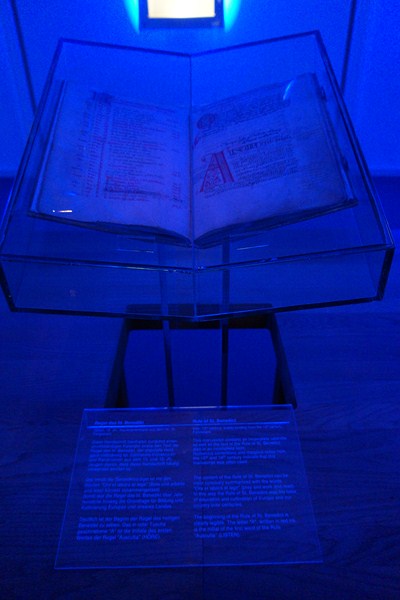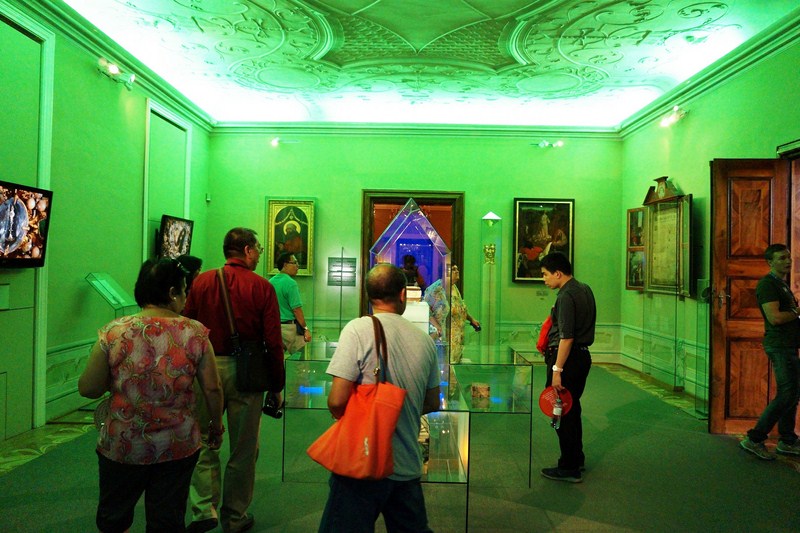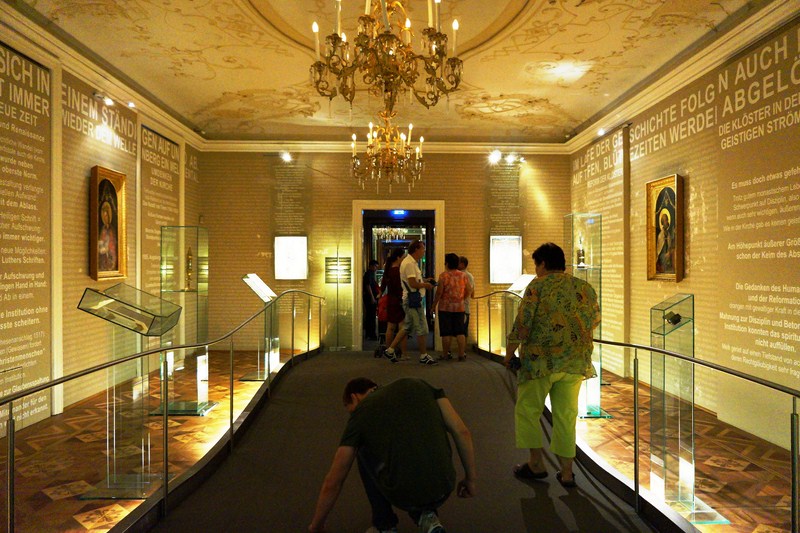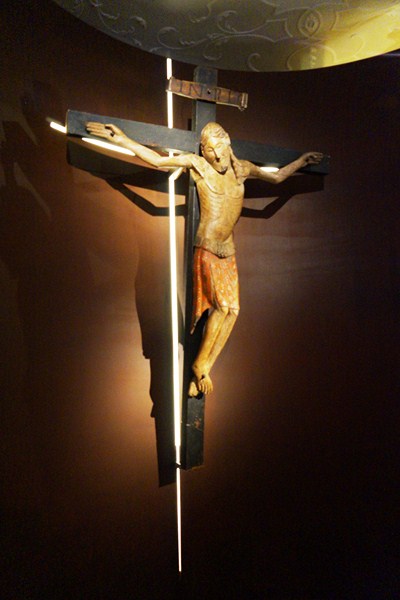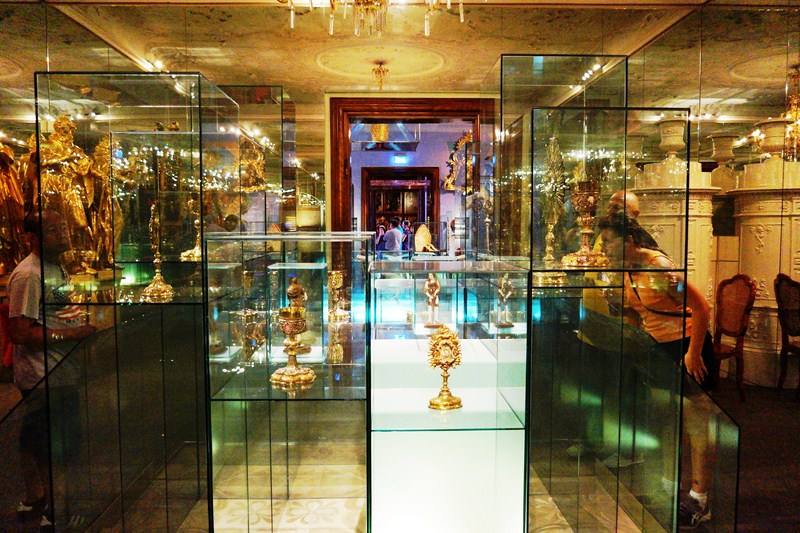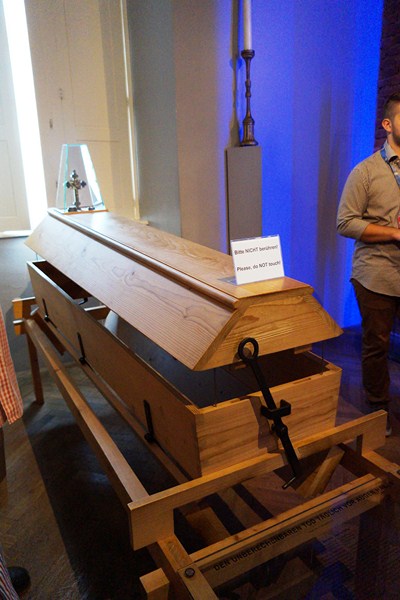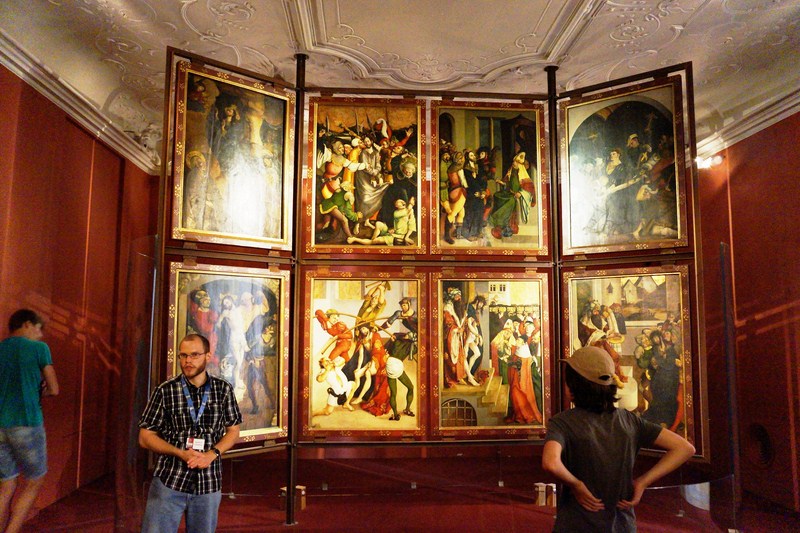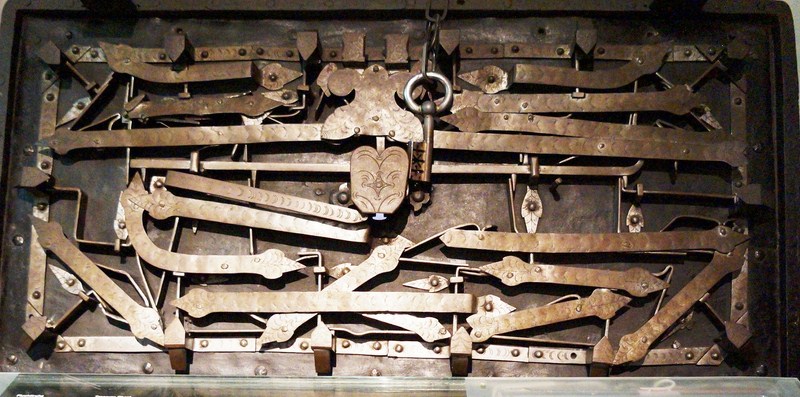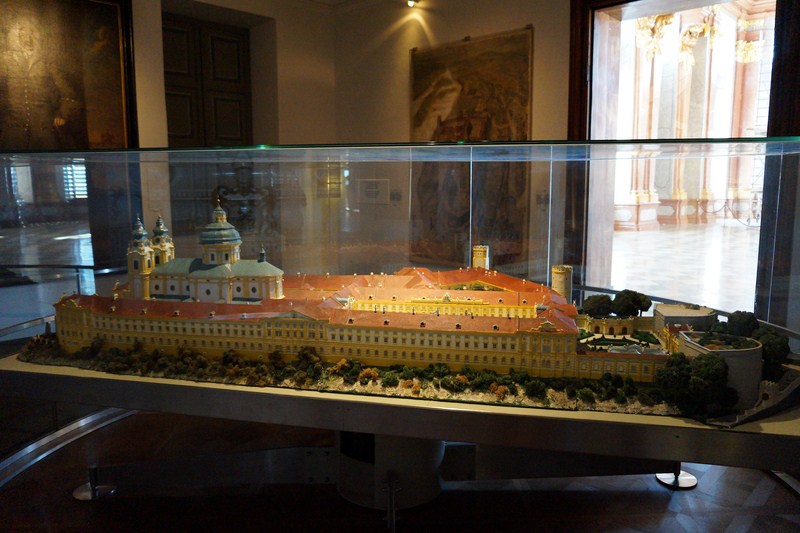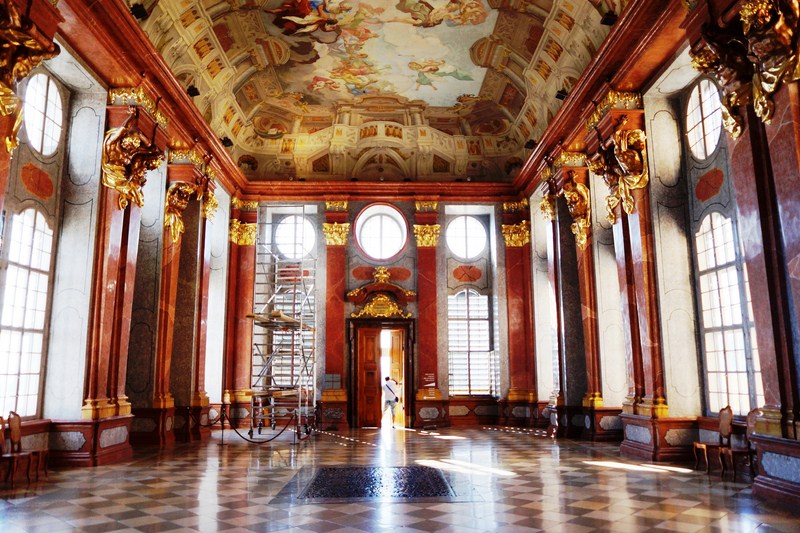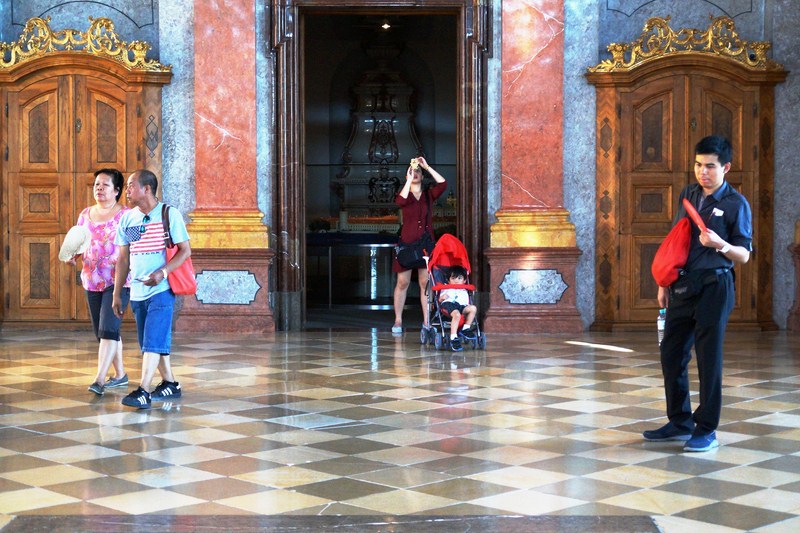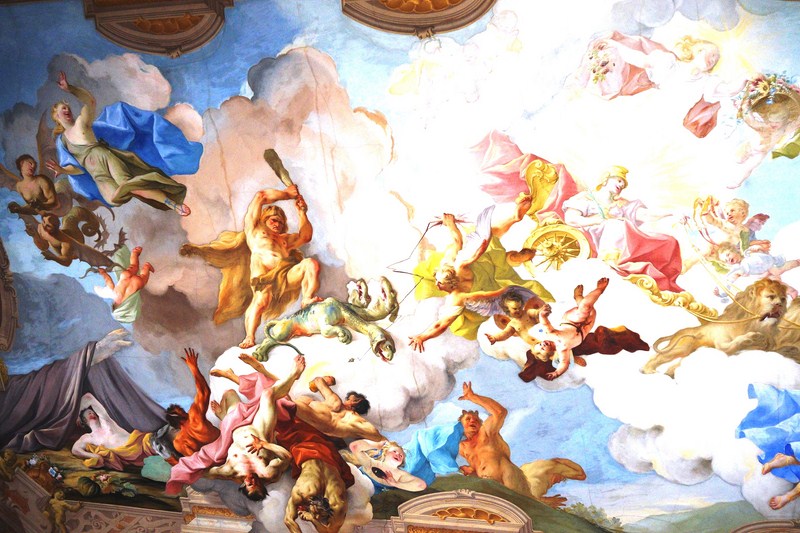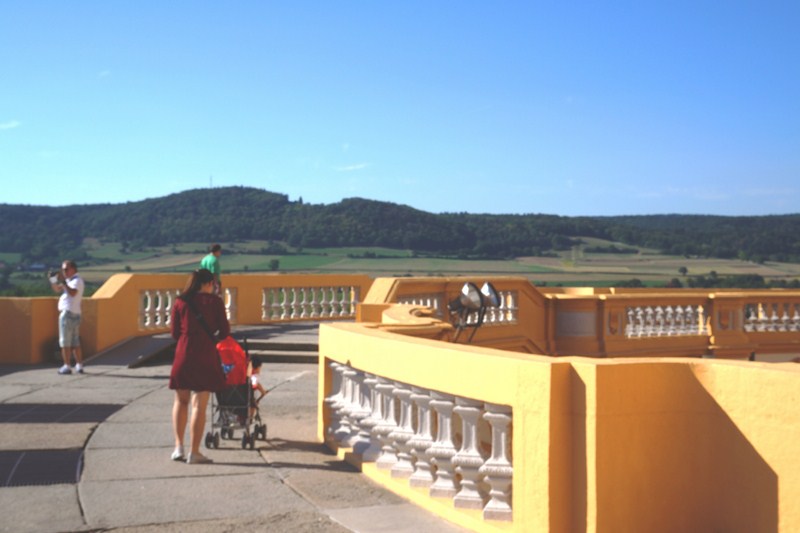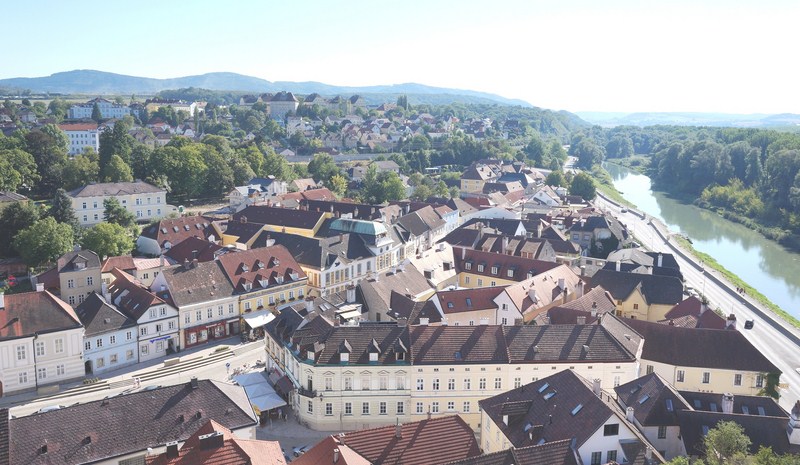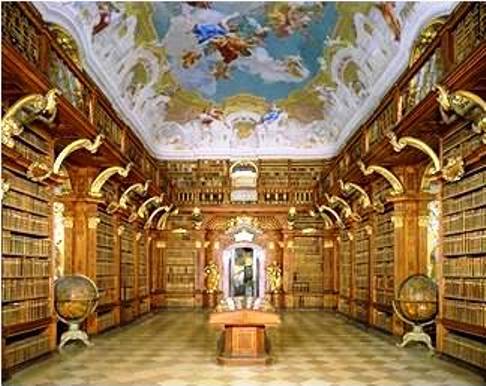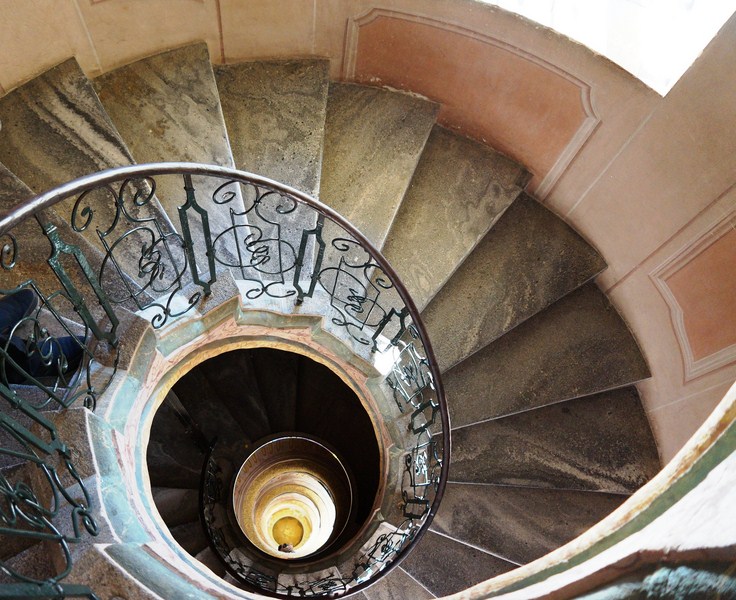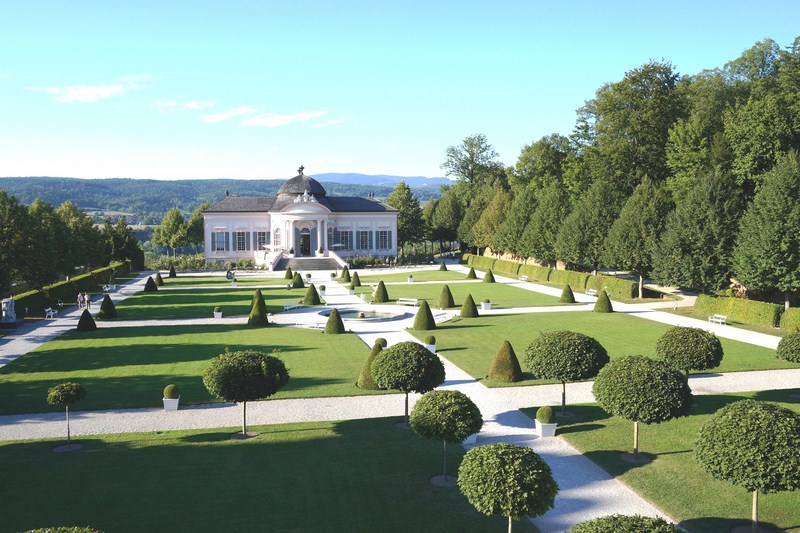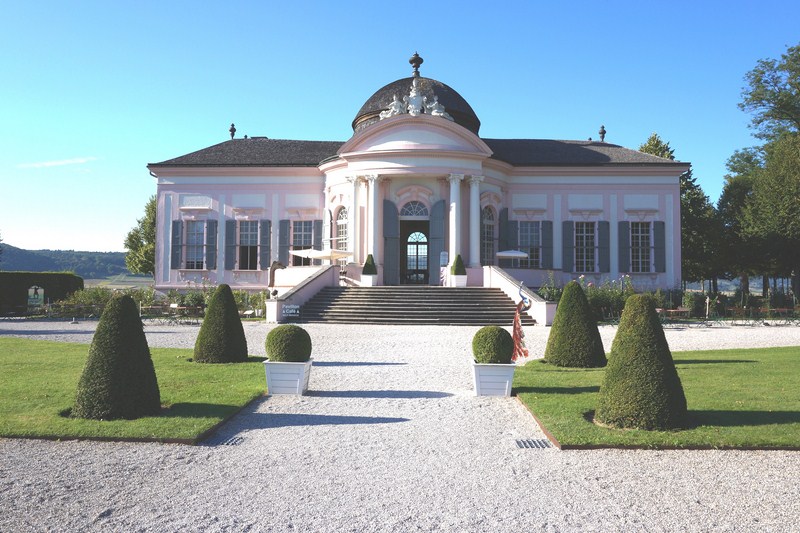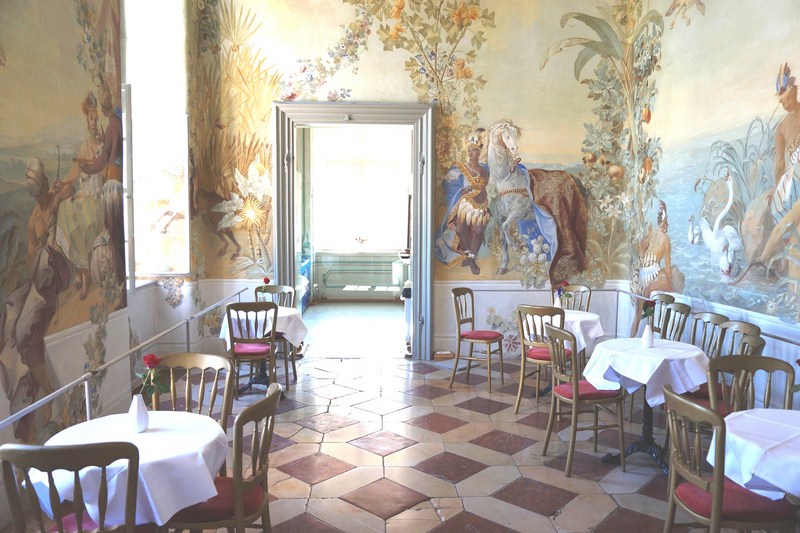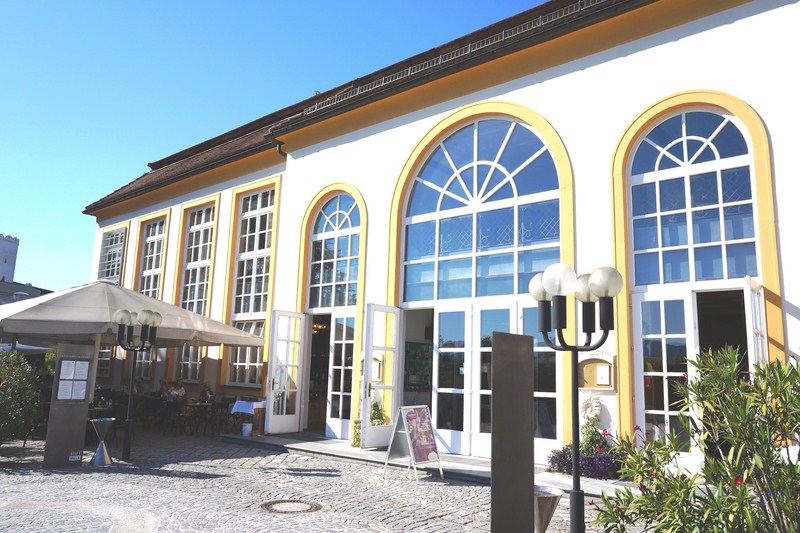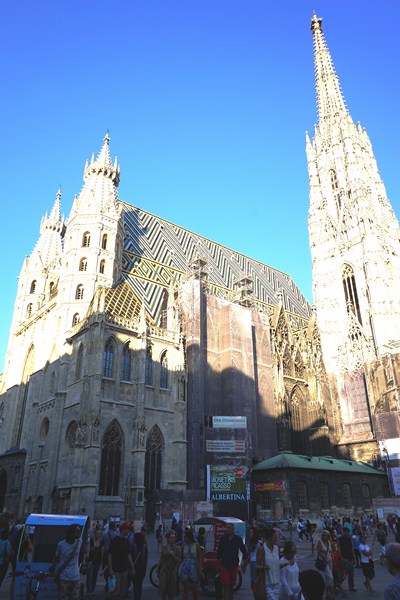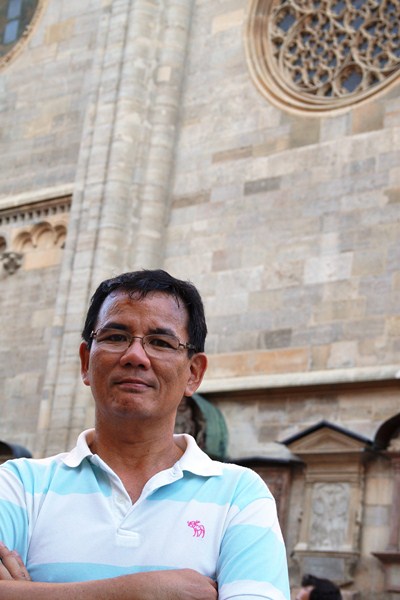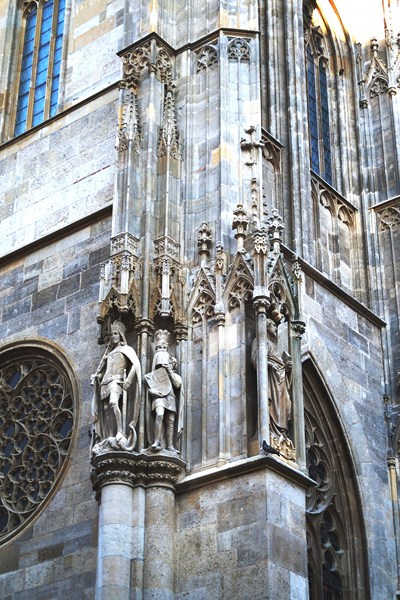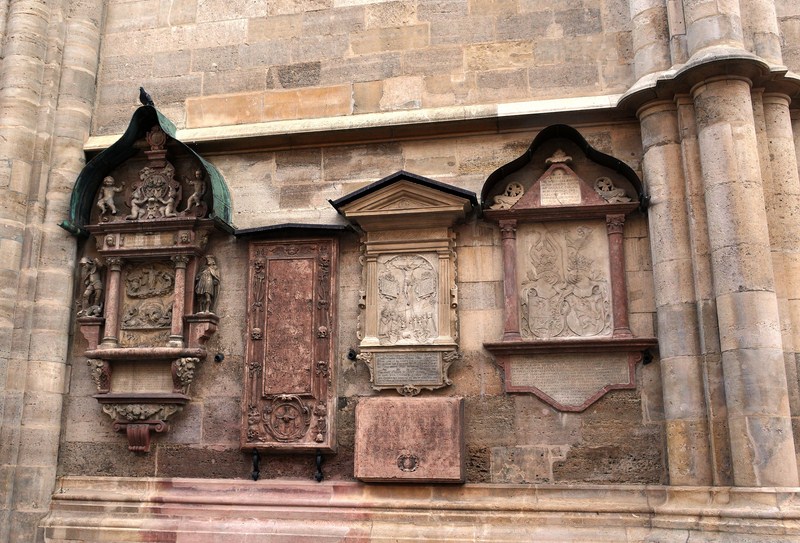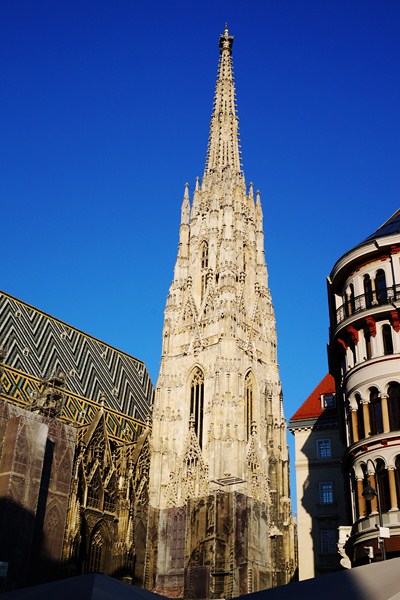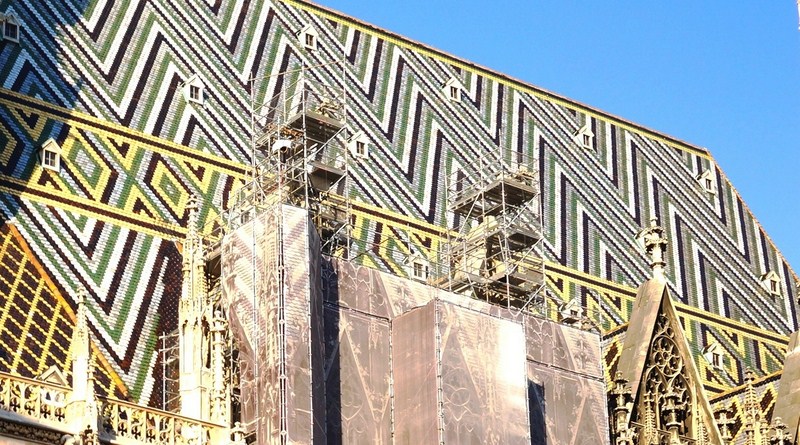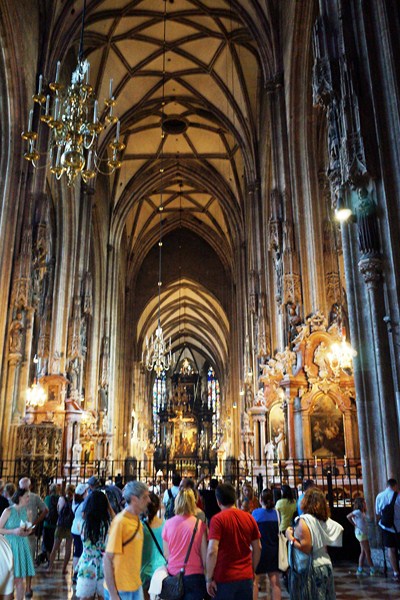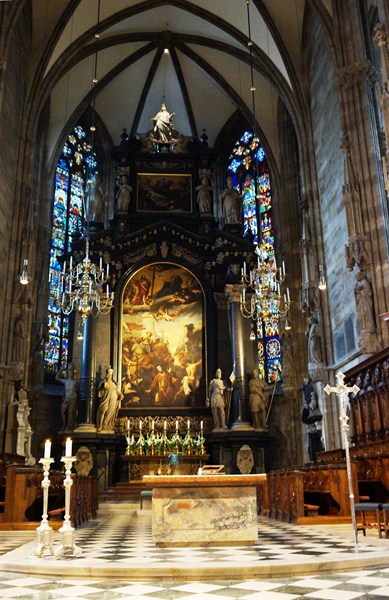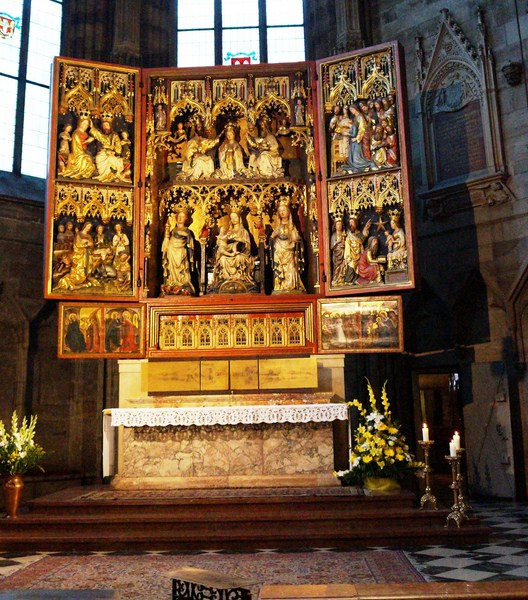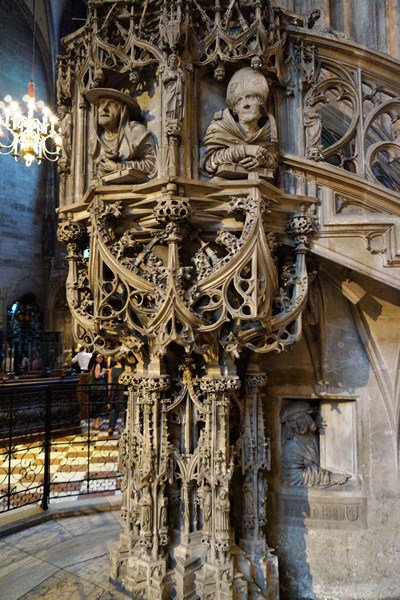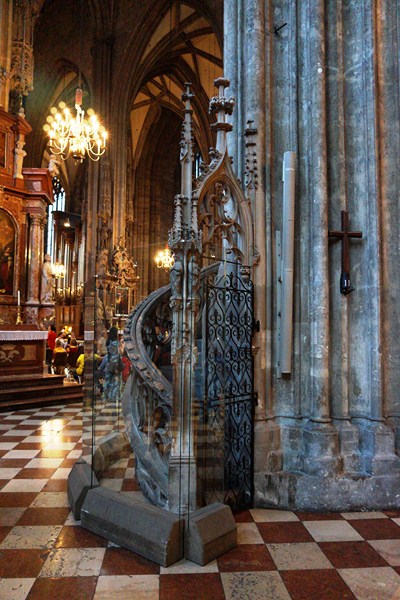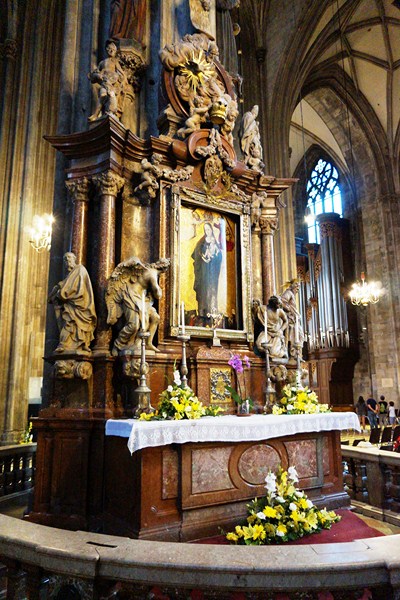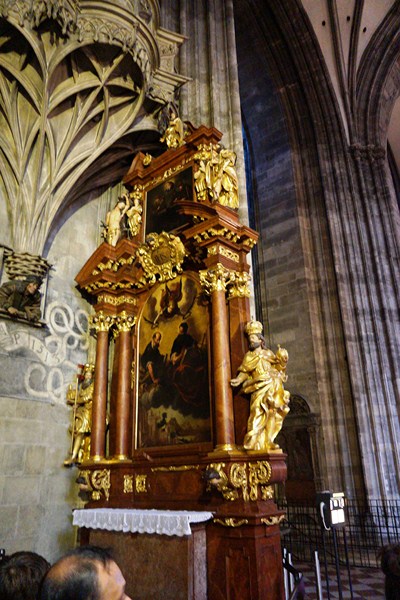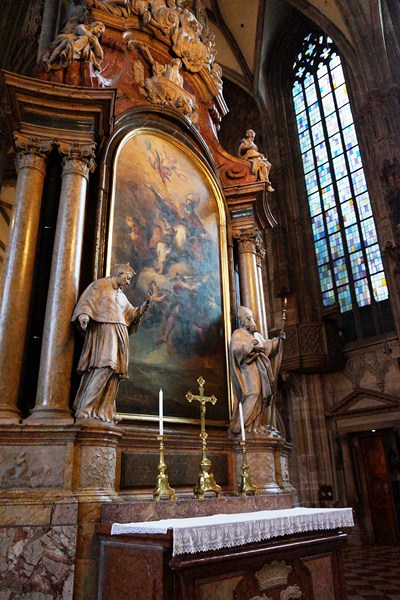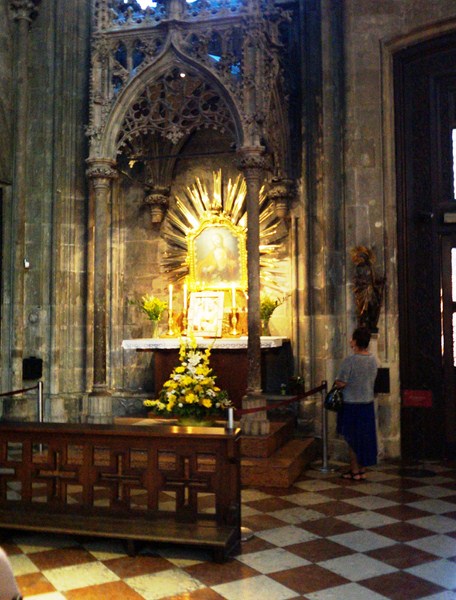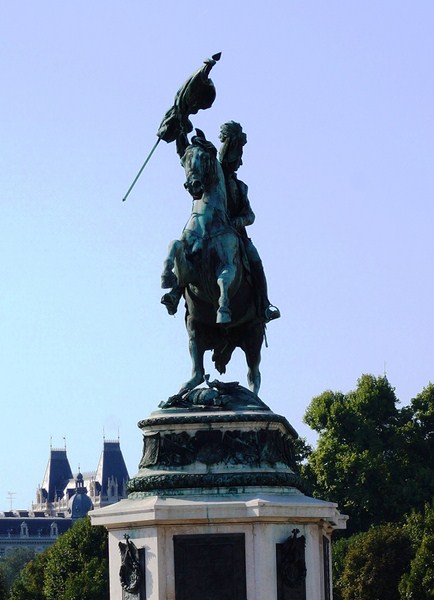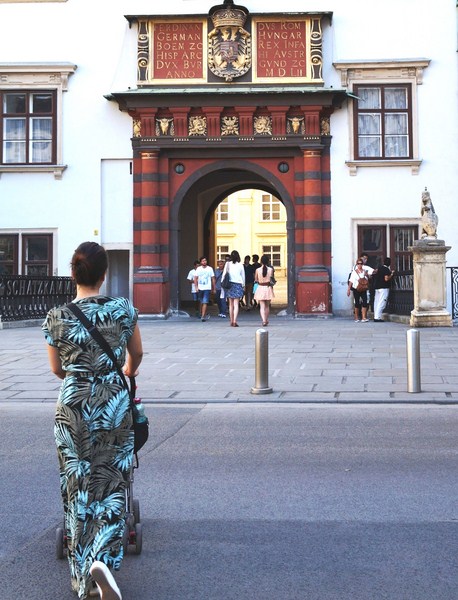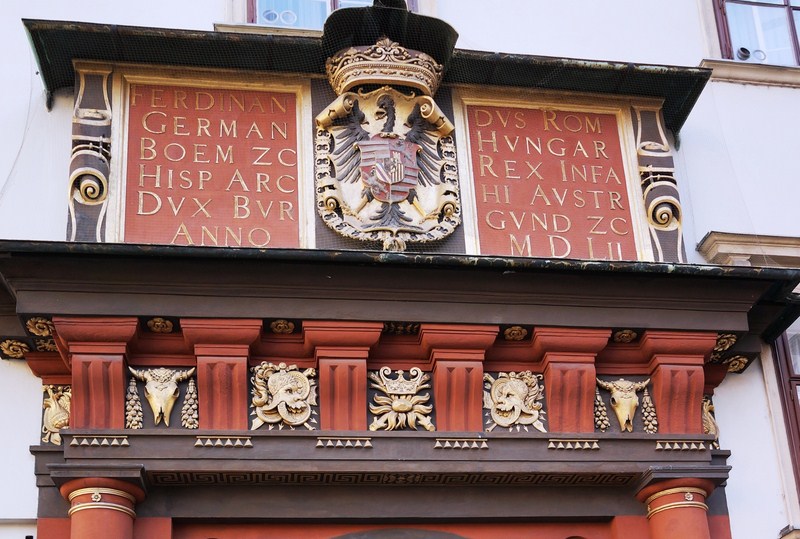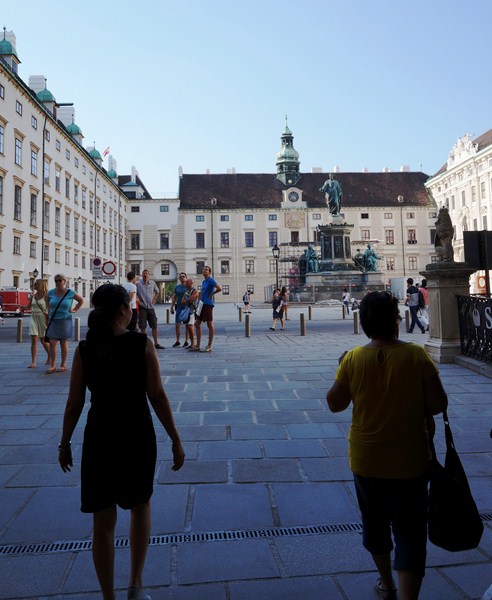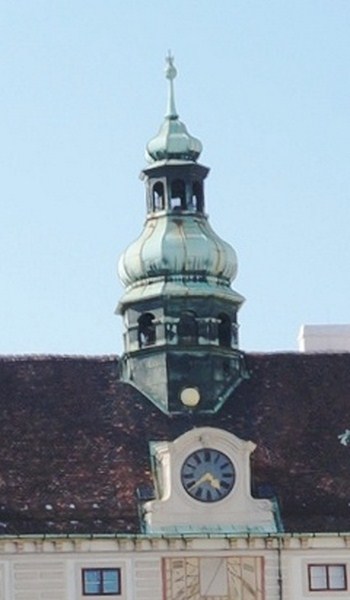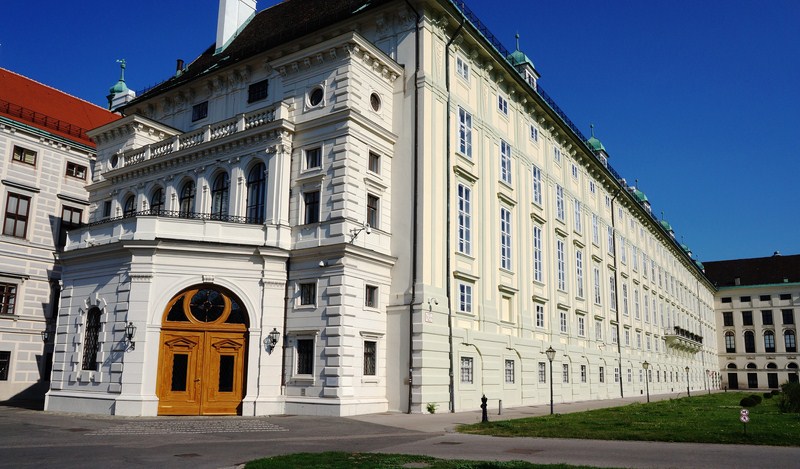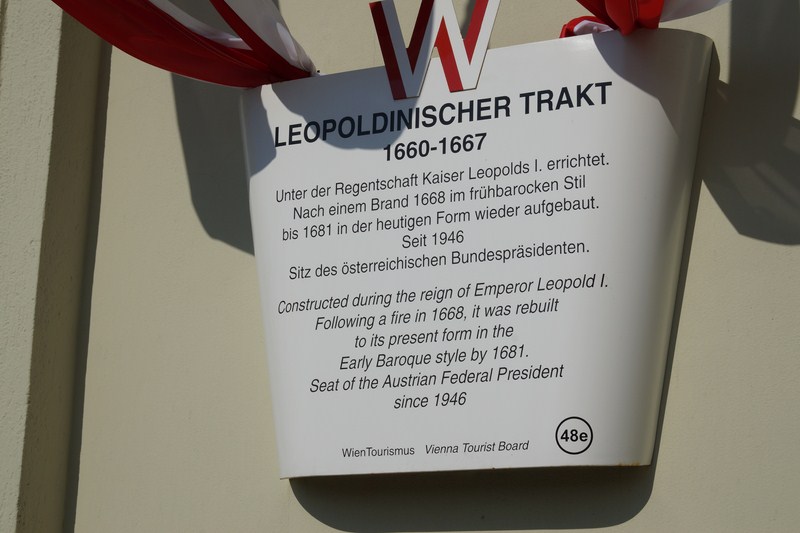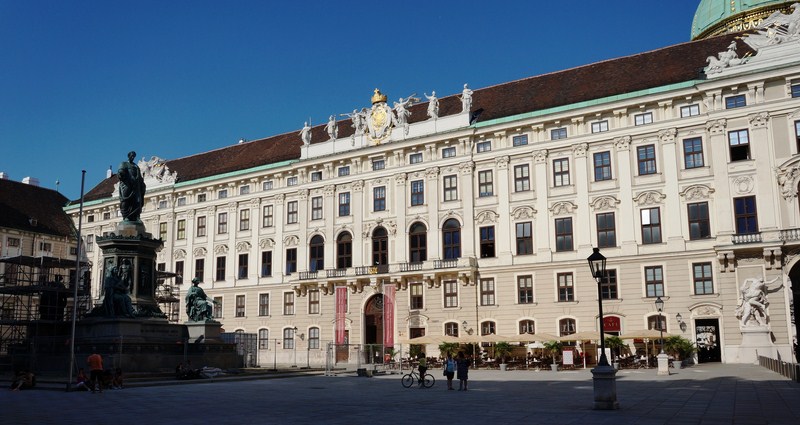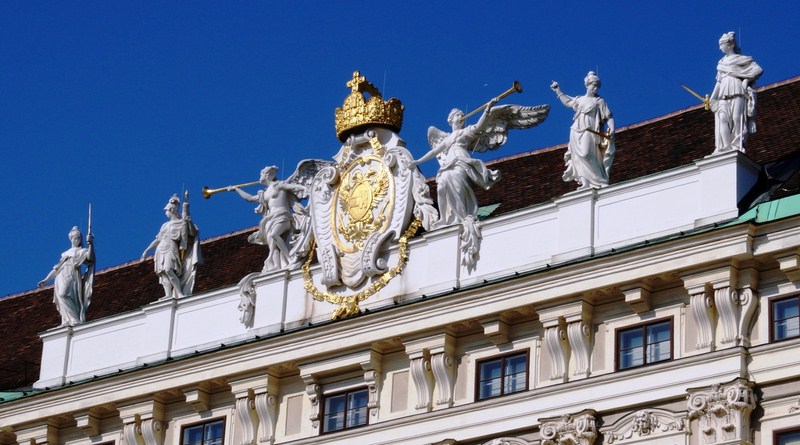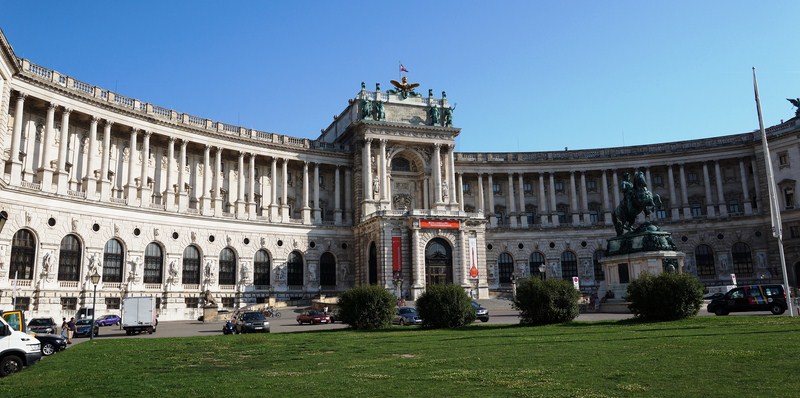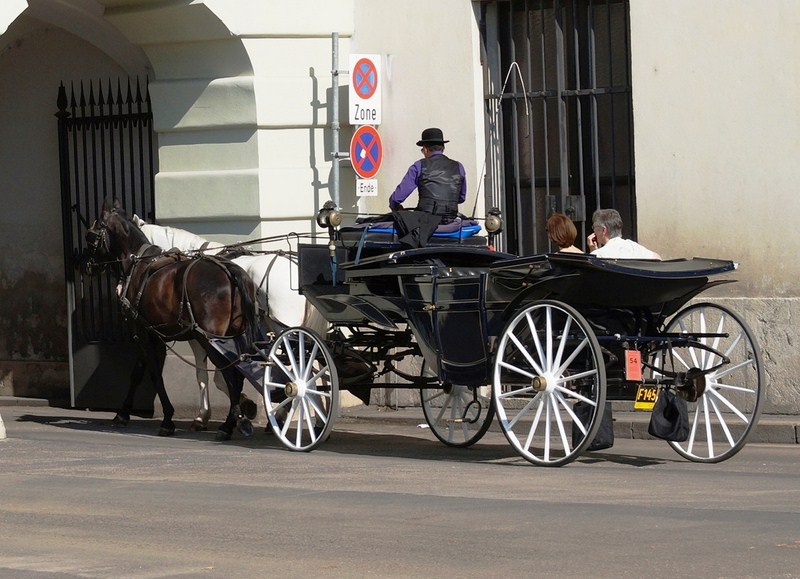The piece de resistance of our visit to the Vatican Museums is the Sistine Chapel, a high, rectangular chapel in the Apostolic Palace (the official residence of the Pope in Vatican City) and the very last sala within the museum. A place of both religious and functionary papal activity, it is the site of the Papal conclave, the process by which each successive pope is selected by the College of Cardinals.
Originally known as the Cappella Magna, the present chapel, on the site of the Cappella Maggiore, was designed by Baccio Pontelli for Pope Sixtus IV, for whom it is named, and built under the supervision of Giovannino de Dolci between 1473 and 1481. The pope also hired the most famous High Renaissance artists (including Sandro Botticelli, Pietro Perugino, Pinturicchio, Domenico Ghirlandaio and Cosimo Roselli) to create a series of frescos, completed in 1482, depicting the Life of Moses and the Life of Christ, offset by papal portraits above and trompe l’oeil drapery below. On August 15, 1483, the Feast of the Assumption, Sixtus IV consecrated the Sistine Chapel, dedicated it to the Virgin Mary, and celebrated the first mass.
Here are some trivia regarding the chapel:
- The chapel is 40.9 m. (134 ft.) long by 13.4 m. (44 ft.) wide, the same dimensions of the Temple of Solomon, as given in the Old Testament.
- It has an unadorned exterior façade, devoid of architectural or decorative details (common in many Italian Medieval and Renaissance-era churches), which can only be seen only from nearby windows and light-wells in the palace.
- It has no exterior processional doorways. Ingress has always been from internal rooms within the Apostolic Palace.
- Very large buttresses brace the exterior walls.
- The building is divided into three stories. The lowest storey is a very tall basement level, robustly vaulted to support the Sistine Chapel above, with several utilitarian windows and a doorway giving onto the exterior court. The third storey, a wardroom for guards above the vault, has an open, roofed, projecting gangway which encircles the building, supported on an arcade springing from the walls.
- The Sistine Chapel has 6 tall arched windows down each side and two at either end, several of which have been blocked.
- The 20.7 m. (68 ft.) high ceiling is a flattened barrel vault springing from a course that encircles the walls at the level of the springing of the window arches. It is cut transversely by smaller vaults over each window which divide the barrel vault, at its lowest level, into a series of large pendentives rising from shallow pilasters between each window.
- The pavement, in opus alexandrinum (a decorative style using marble and colored stone in a pattern that reflects the earlier proportion in the division of the interior), marks, from the main door, the processional way used by the Pope on important occasions such as Palm Sunday.
- A screen (transenna), sculpted in marble by Mino da Fiesole, Andrea Bregno and Giovanni Dalmata (they also provided the cantoria or projecting choir gallery), divides the chapel into two parts. It is surmounted by a row of ornate, once gilt candlesticks and has a wooden door (formerly an ornate door of gilded wrought iron).
The chapel’s fame, however, lies mainly in the frescoes by Michelangelo that decorate the interior, most particularly the Sistine Chapel ceiling, a masterpiece without precedent that was to change the course of Western art. Michelangelo used bright colors, easily visible from the floor. Ever since they were revealed five hundred years ago, the fame of Michelangelo’s paintings has drawn multitudes of visitors to the chapel.
Here is the timeline of the painting of the walls and ceiling of the chapel:
- Of the present scheme of frescoes, the earliest part is that of the side walls, divided into three main tiers. At the central tier of the walls are The Life of Moses and The Life of Christ, two cycles of paintings which complement each other, commissioned in 1480 by Pope Sixtus IV and executed by Domenico Ghirlandaio, Sandro Botticelli, Pietro Perugino, Cosimo Roselli and their workshops. The lower level of the walls, beneath the 2 cycles, is decorated with frescoed hangings in silver and gold. The upper tier, above the narrative frescoes, is divided into two zones. A Gallery of Popes, at the lower level of the windows, was painted at the same time as the 2 cycles.
- From 1481–1482, the southern wall was decorated with the Stories of Moses. Starting from the altar, they include Moses Leaving to Egypt (by Pietro Perugino and assistants); The Trials of Moses (by Sandro Botticelli and his workshop); The Crossing of the Red Sea (by Cosimo Rosselli, Domenico Ghirlandaio or Biagio di Antonio Tucci); Descent from Mount Sinai (by Cosimo Rosselli or Piero di Cosimo); Punishment of the Rebels (by Sandro Botticelli); and Testament and Death of Moses (by Luca Signorelli or Bartolomeo della Gatta).
- The northern wall, dating to 1481–1482, houses the Stories of Jesus. They include Baptism of Christ (by Pietro Perugino and assistants); Temptation of Christ (by Sandro Botticelli); Vocation of the Apostles (by Domenico Ghirlandaio); The Sermon on the Mount (attributed to Cosimo Rosselli); The Delivery of the Keys to Peter (by Pietro Perugino); and The Last Supper (by Cosimo Rosselli).
- In 1572, the eastern wall was repainted with the Resurrection of Christ by Hendrick van den Broeck (over Domenico Ghirlandaio’s original) and, in 1574, by the Disputation over Moses’ Body by Matteo da Lecce (over Luca Signorelli’s original).
- The ceiling of the barrel vault was first painted in brilliant-blue, studded with gold stars, to the design of Piermatteo Lauro de’ Manfredi da Amelia, and with decorative borders around the architectural details of the pendentives.
- The ceiling, entirely replacing the old one, was commissioned by Pope Julius II and painted by Michelangelo between 1508 and November 2, 1512. Originally commissioned to paint the 12 Apostles on the triangular pendentives which support the vault, Michelangelo, however, demanded a free hand in the pictorial content of the scheme and he painted a series of 9 pictures showing God’s Creation of the World, God’s Relationship with Mankind, and Mankind’s Fall from God’s Grace. On the large pendentives he alternately painted 12 Biblical and Classical men and women, with Jonah over the altar, who prophesied that God would send Jesus Christ for the salvation of mankind. On the highest section, Michelangelo painted 9 stories from the Book of Genesis. Around the arched tops of the upper parts of the windows, on the lowest part of the ceiling, are areas known as the lunettes which Michelangelo painted with the Ancestors of Christ as part of the scheme for the ceiling.
- Between 1535 and 1541, between two important historic events (the Sack of Rome by mercenary forces of the Holy Roman Empire in 1527 and the Council of Trent which commenced in 1545), Popes Clement VII and Paul III Farnese commissioned Michelangelo to decorate the entire wall above and behind the altar with The Last Judgment (depicting the second coming of Christ on the Day of Judgment as described in the Revelation of John, Chapter 20). The painting of this scene, designed on a grand scale, necessitated the obliteration of two episodes from the Lives, the Nativity of Jesus and the Finding of Moses; several of the Popes and two sets of Ancestors. High on the wall is the heroic figure of Christ, with the saints clustered in groups around him while, at the bottom left of the painting, the dead are raised from their graves and ascend to be judged. To the right are those who are assigned to Hell and are dragged down by demons.
- On November 7, 1984, the Sistine Chapel’s ceiling restoration began. The chapel was re-opened to the public on April 8, 1994.
Here are some interesting trivia regarding the paintings:
- Contrary to popular belief, Michelangelo did not lie on the scaffolding (which he designed and built) while he painted, but painted from a standing position.
- The Last Judgment was an object of a bitter dispute between Cardinal Carafa and Michelangelo because he depicted naked figures (the artist was accused of immorality and obscenity). A censorship campaign (known as the “Fig-Leaf Campaign”) was organized by Carafa and Monsignor Sernini (Mantua‘s ambassador) to remove the frescoes. The genitalia in the fresco were later covered by the artist Daniele da Volterra, whom history remembers by the derogatory nickname “Il Braghettone” (“the breeches-painter”).
- In The Last Judgment, Michelangelo painted his own portrait on the flayed skin held by St Bartholomew. The semblance of Biagio da Cesena, the Pope’s Master of Ceremonies and another of Michelangelo’s critics, was worked into the scene as Minos, judge of the Underworld (it is said that when he complained to the Pope, the pontiff responded that his jurisdiction did not extend to Hell, so the portrait would have to remain).
- After the ceiling work was finished, there were more than 300 figures showing Biblical scenes such as the Creation, Adam and Eve in the Garden of Eden, and the Great Flood. The painted area is about 40 m. (131 ft.) long by 13 m. (43 ft.) wide which means that Michelangelo painted well over 5,000 sq. ft. (460 m2) of frescoes.
- During the 1984-1994 restoration, the ceiling, painted by Michelangelo, caused the most concern because the emergence of the brightly colored Ancestors of Christ from the gloom sparked a reaction of fear that the processes being employed in the cleaning were too severe and removed the original intent of the artist.

